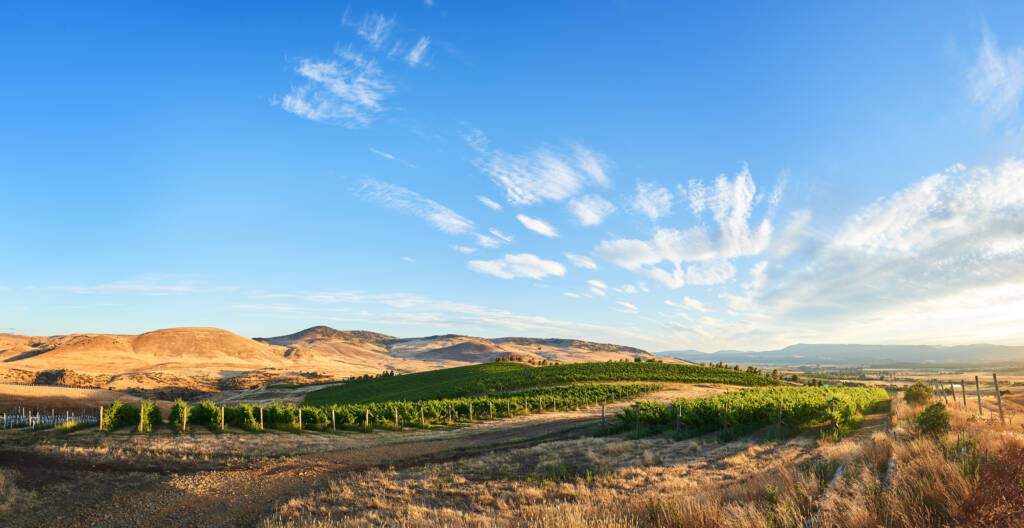
Penfolds creates wine from multiple vineyard sites
Think of the world’s great historic wine countries, and you might think of France, or possibly Italy or Germany. Yet one fine wine brand celebrating its 180th anniversary this year hails from the other side of the planet. Penfolds, maker of iconic wines like Grange and Yattarna, prized by collectors around the world, was founded in South Australia at a time when King Louis Phillipe I ruled over France. Penfolds was founded a few months after vulnerable and celebrated champagne house Krug was created on the other side of the world – giving it the status of effectively being an Old World estate from the New World. Nearly two centuries later, Penfolds produces great wines from France, and the US, as well as its native Australia. Here, we take a look back through the archive of the world’s most innovative luxury wine brand
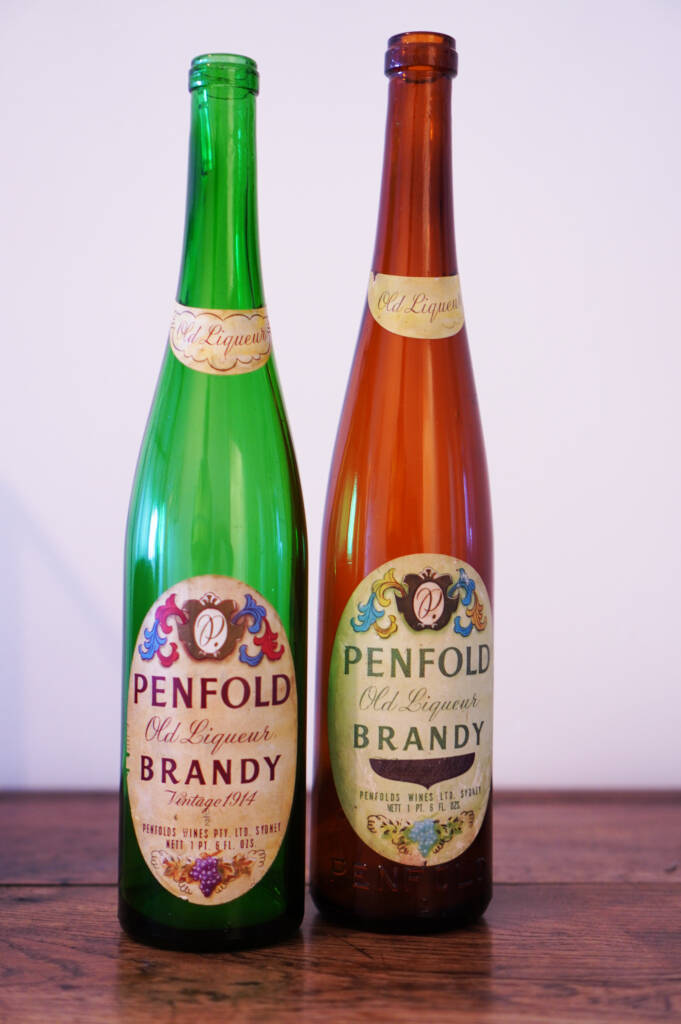
Penfolds was formed around the same time as the Krug champagne house on the other side of the world, at a time when the Habsburgs ruled much of Europe, Queen Victoria was in the early days of her reign, and China was ruled by the sixth Qing emperor. Back in 1844 and for the years after, Penfolds became known for producing high quality brandy (in rather beautiful bottles, shown here); the length of its heritage adds to its status as effectively an old world wine house from the new world.
Follow LUX on Instagram: @luxthemagazine
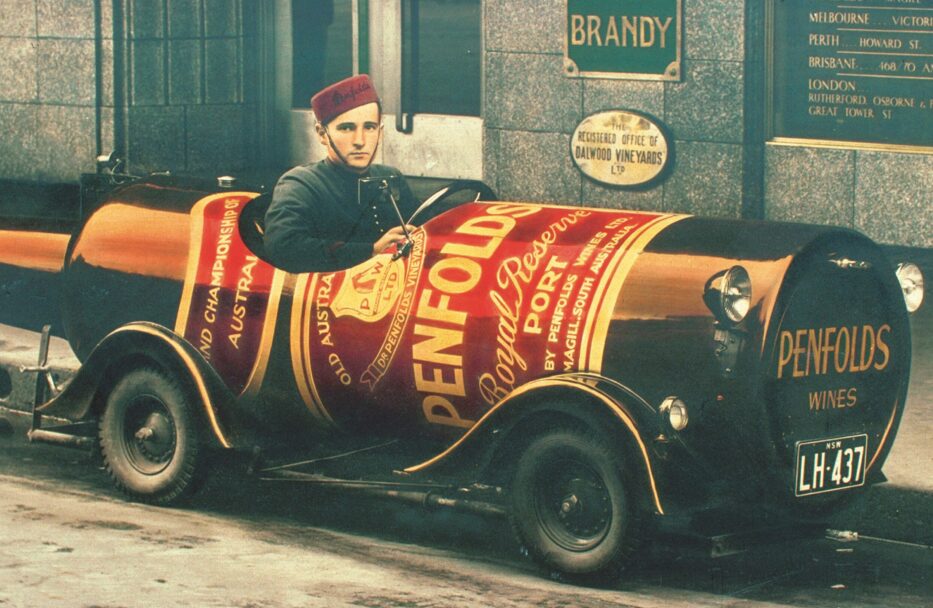
A classic car even the LUX car collector community may not have seen before, the Penfolds bottle cars made up in style what they lacked in high performance. They operated during the 1930s and 40s to promote Penfolds.
Used as delivery vehicles, they were often seen at Royal Shows and leading vintage processions. Penfolds Magill Estate in South Australia has a small-scale working replica and meanwhile Ferrari might be seen to have (inadvertently) produced its own tribute with the collector-only single seater SP1.

This ad from the 1930s shows the craft of grape harvesting – very much on trend 180 years later – and features a strapline which has remained a constant in Penfolds literature throughout the decades since – 1844 to Evermore. For a New World wine company with global reach, reminding its collectors and consumers that it has a history longer than many fashionable estates in the Old World, has been a constant.
The community and sustainable development element, now so important in many companies’ ESG programming, has also been a constant and in 2024, its 180th anniversary year, Penfolds launched a new sustainability programme entitled Penfolds Evermore, which includes a global grant program that will see the brand donate $1 million AUD over the next 5 years to support local community initiatives around the world.
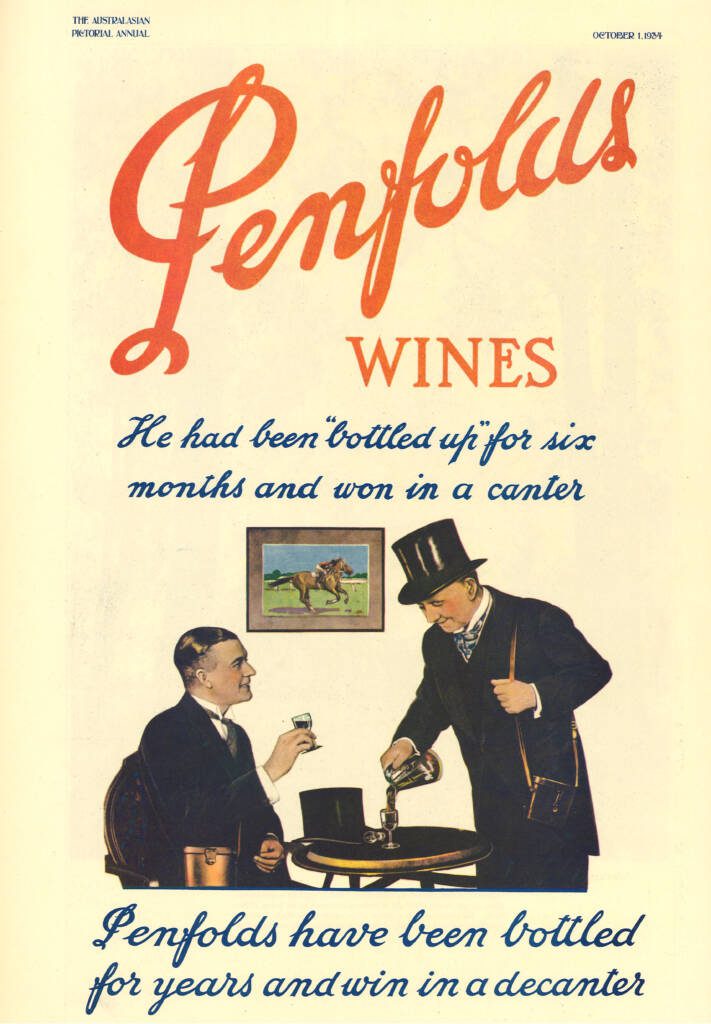
Age is an enduring and essential piece of messaging in the fine wine world. Better wines become better with age; old vines produce better grapes; and age is also a component of heritage. All of this is alluded to in this Penfolds advert which appeared in the Australian newspaper, in 1934.
The picture on the wall in this ad creative is in fact a Penfolds ad itself, featuring a well-known New Zealand-born champion thoroughbred racehorse in Australia called Phar Lap, whose trainer was a friend of Leslie Penfold-Hyland. The inclusion of the decanter, as well as allowing the play on words, also suggests Penfolds wines need to be decanted – either because they are complex and need aerating, or because they can be aged a long time and throw a sediment, which needs decanting out.

White Burgundy, Claret, Chablis – all are French wine types from specific regions. Back in the 1960s, global wine companies were allowed to use them to describe wine styles from elsewhere. Not only is this forbidden now; a company like Penfolds has more than enough of its own identity not to need to need the allusions. Seeing this advertising now made us wonder, though: Penfolds Yattarna Bin 144, its flagship Chardonnay, is made from the same grape used in white Burgundy and Chablis.
Does it taste like either? Our view is that it has an intensity and complexity of its own, while retaining the freshness of the top French Chardonnays from areas like Chassagne-Montrachet and Corton-Charlemagne.
Read more: A tasting of 31 years of Penfolds Bin 707 Cabernet Sauvignon

One of the rarest and most sought-after wines in the world, Penfolds Bin 60A 1962 is considered by many to be the finest Australian wine ever made. Decanter magazine named it as as one of its top 10 wines to try before you die in 2004.
Made by legendary Chief Winemaker at the time, Max Schubert, who had previously created Penfolds iconic Grange in 1951, 1962 Bin 60A is a blend of two-thirds Coonawarra Cabernet Sauvignon and one-third Barossa Shiraz. The wine was never commercially released and is now among the rarest and most sought-after wines in the world.

Sitting alongside Grange in the upper echelons of the Penfolds portfolio is St Henri. Originally made by a Frenchman, Léon Edmund Mazure, in the 19th century at the Auldana winery, which neighboured Penfolds Magill Estate in Adelaide, Penfolds bought the property in 1944, and in the 1950s, while winemaker Max Schubert was busy creating a Bordeaux-esque wine which would go on to become the legendary Grange, another winemaker at Penfolds, John Davoren, re-created the original Auldana style, using the historic name, St Henri. Regarded as a wine with spectacular ageing potential, St Henri is a collectors’ item beloved of many wine critics around the globe.
Read more: Travelling Botswana on Eco-safari, Review
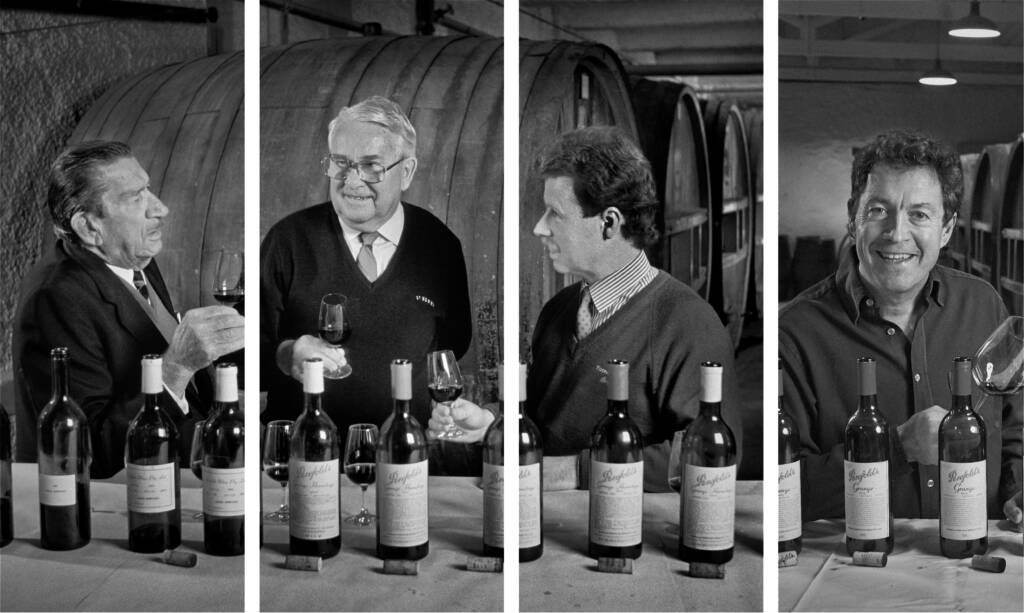
Penfolds is the most imaginative and thoughtful fine wine company in the world – without any doubt. Nobody else makes wines at the top level from the US, France and Australia, including blends from these countries, and nobody else pushes the boundaries while retaining the highest quality.
To evolve while keeping icons (like Penfolds Grange) at its heart is a challenge: all the remarkable given that there have only ever been four Chief Winemakers at the helm of Penfolds – Max Schubert, Don Ditter, John Duval and Peter Gago; Gago himself has been in charge for 22 years. There’s no complacency here, and a fascinating desire to keep creating something new, while retaining the respect and acclaim of the fine wine world.



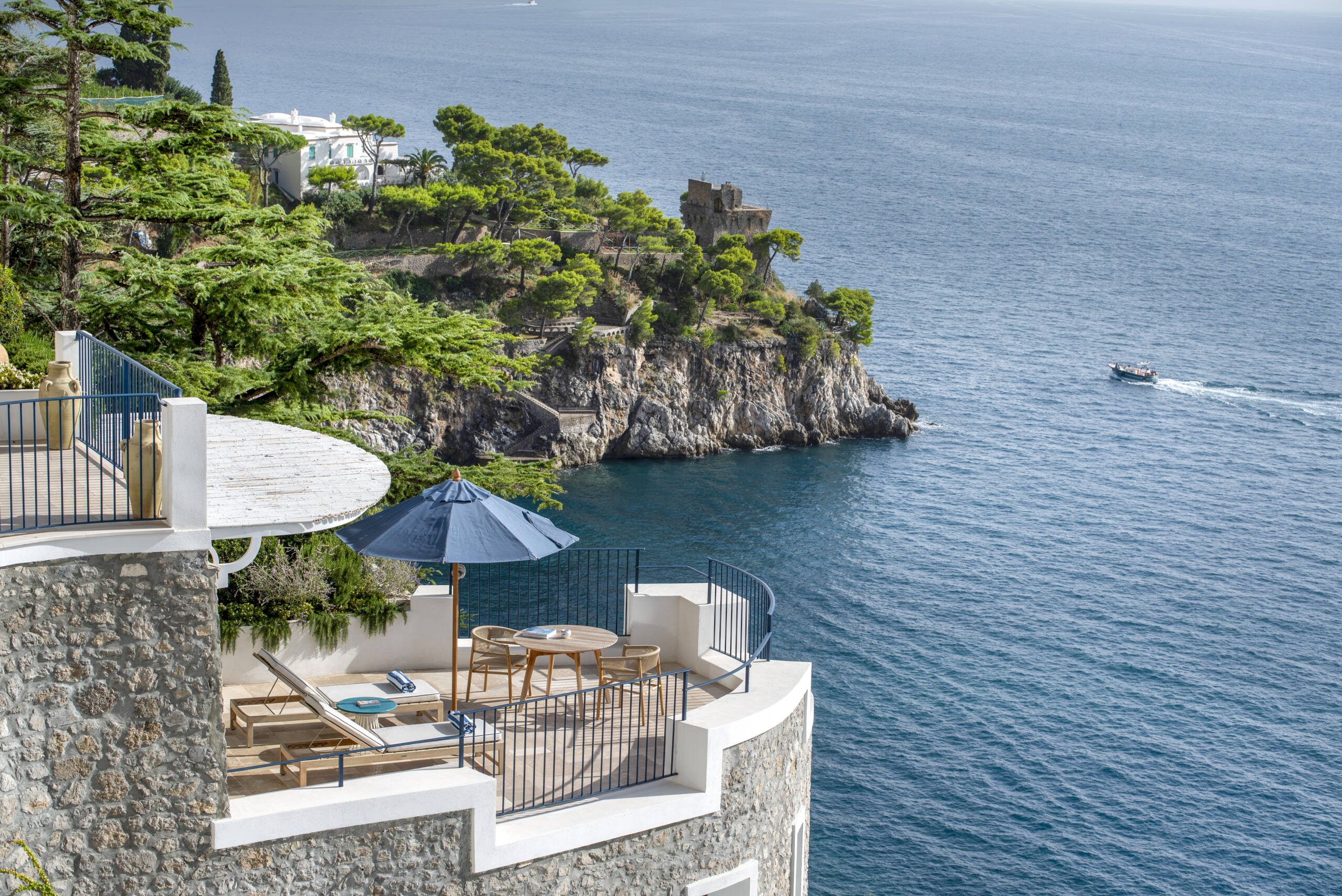


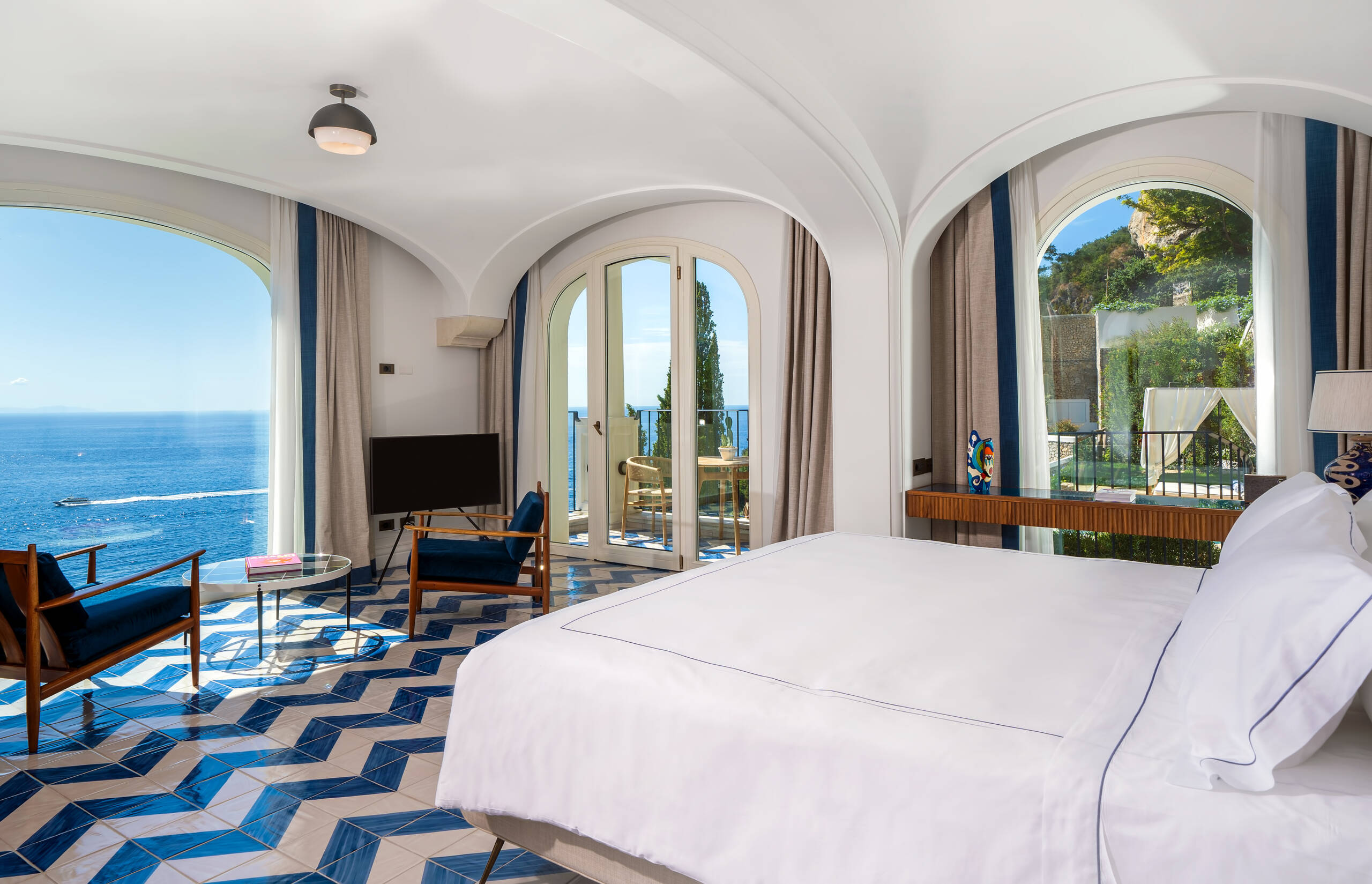
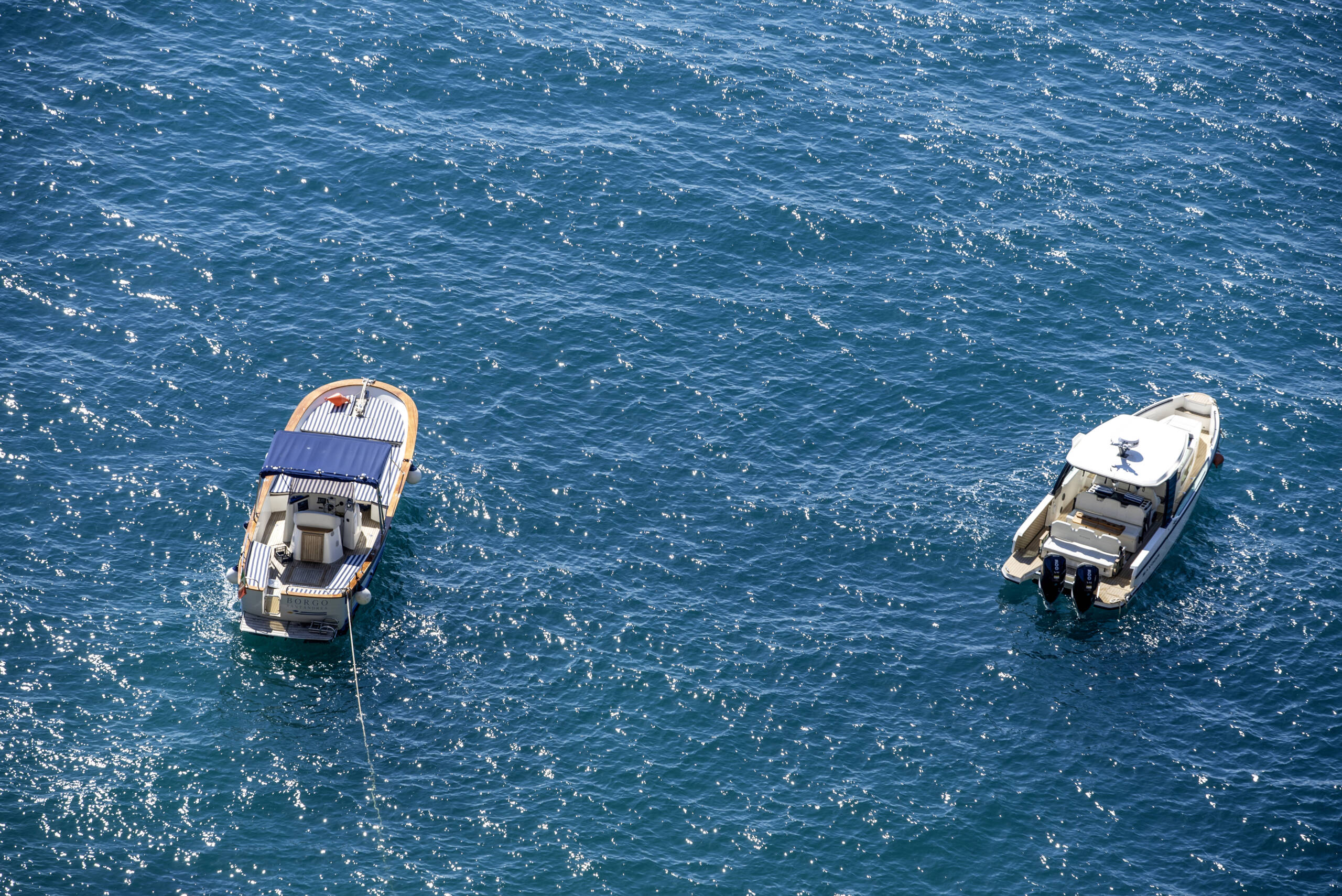
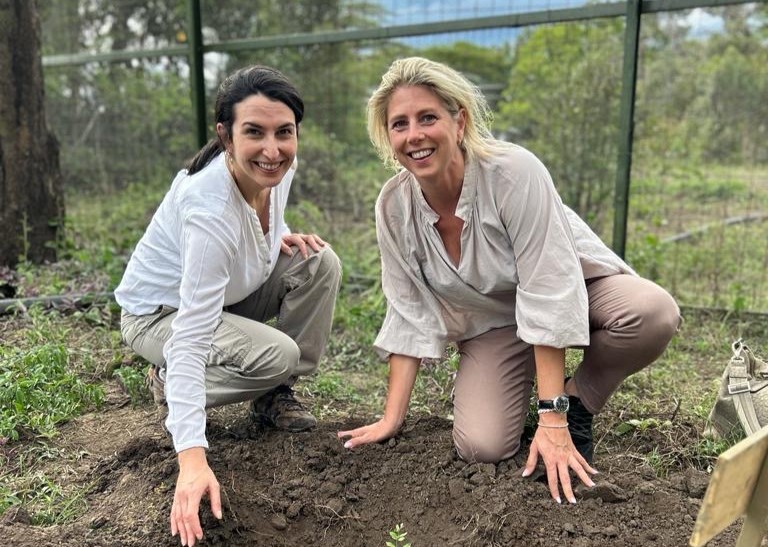





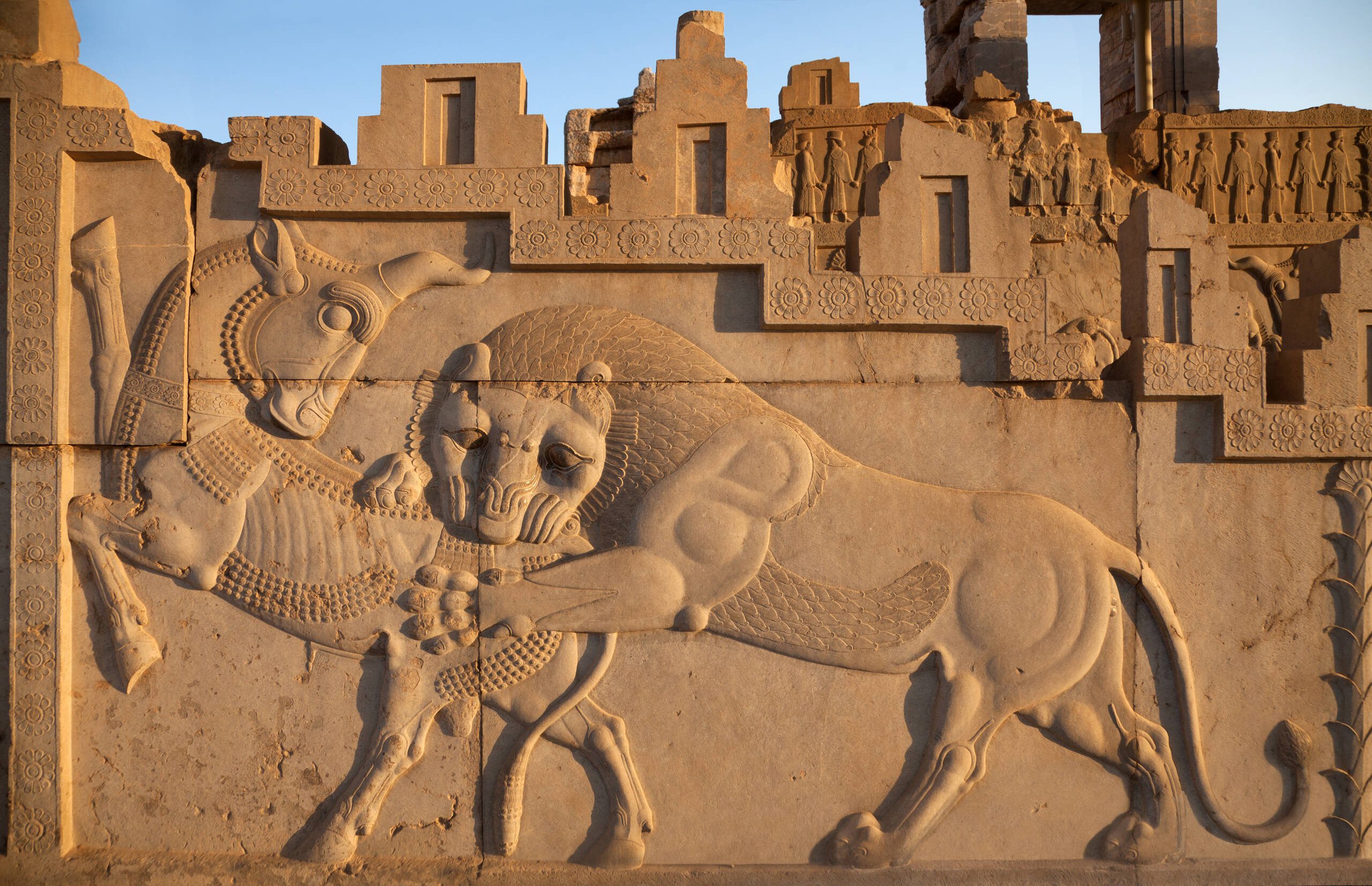




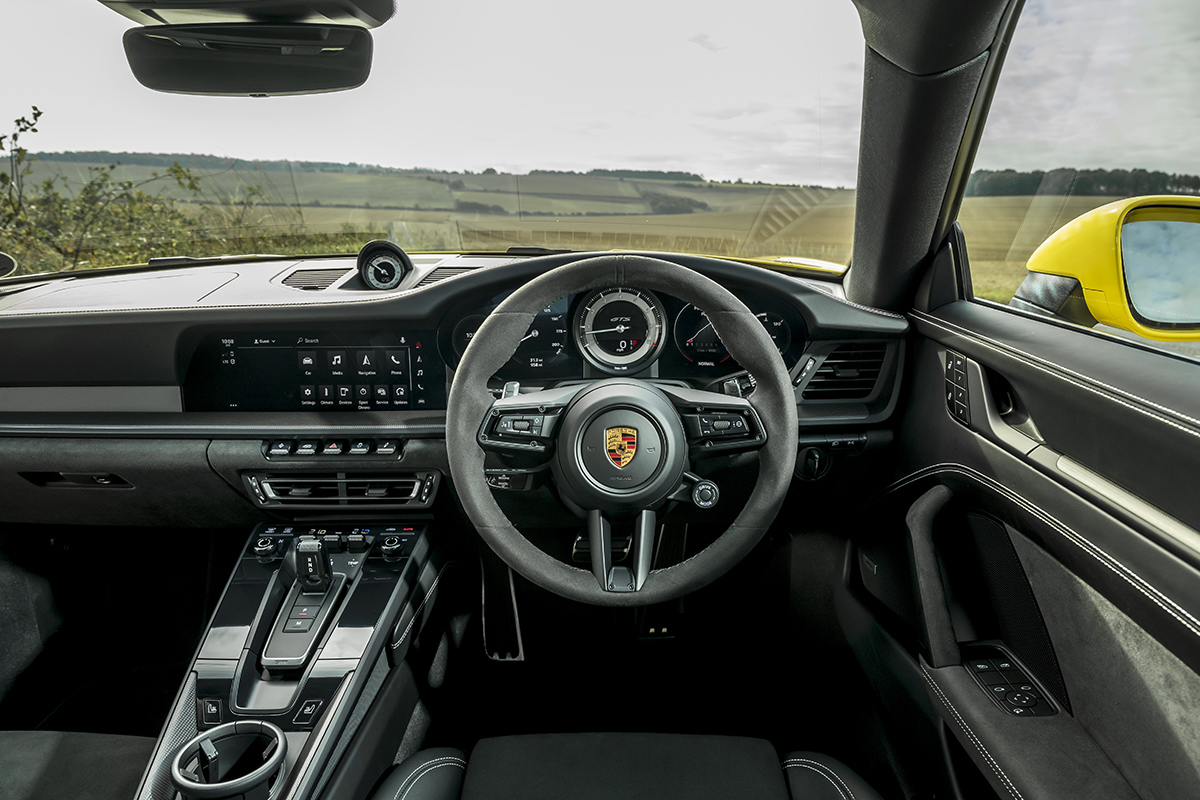
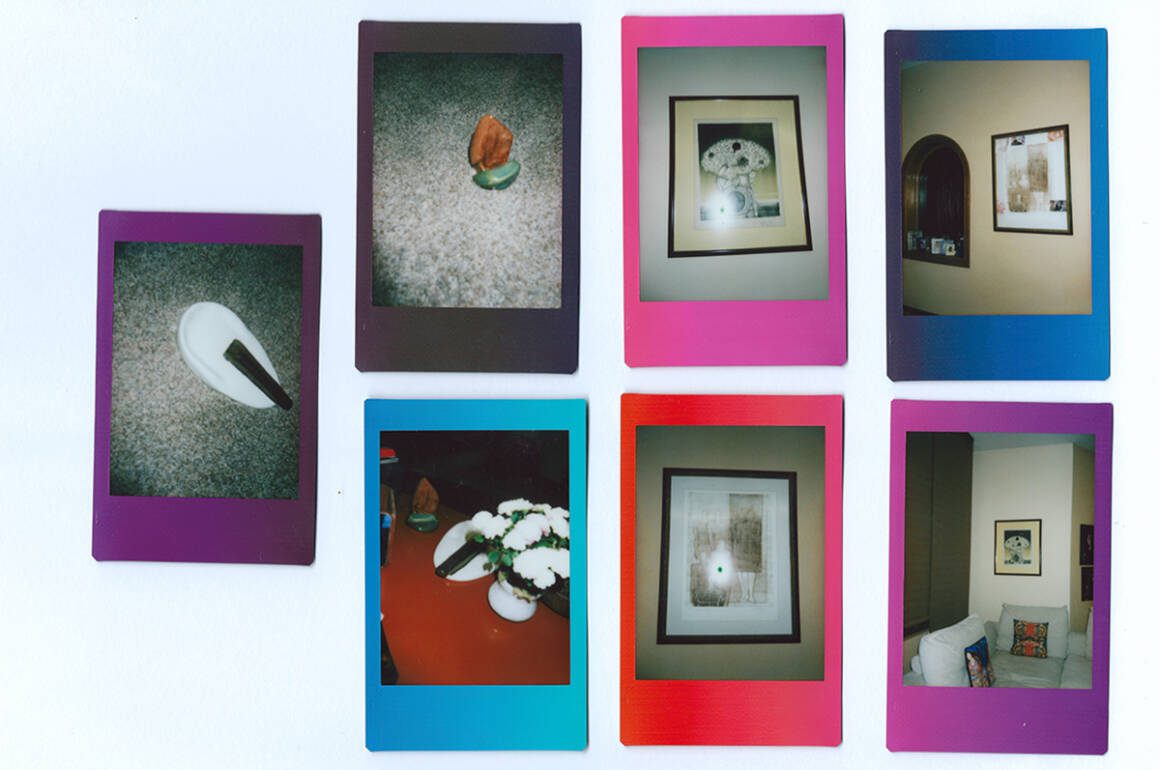
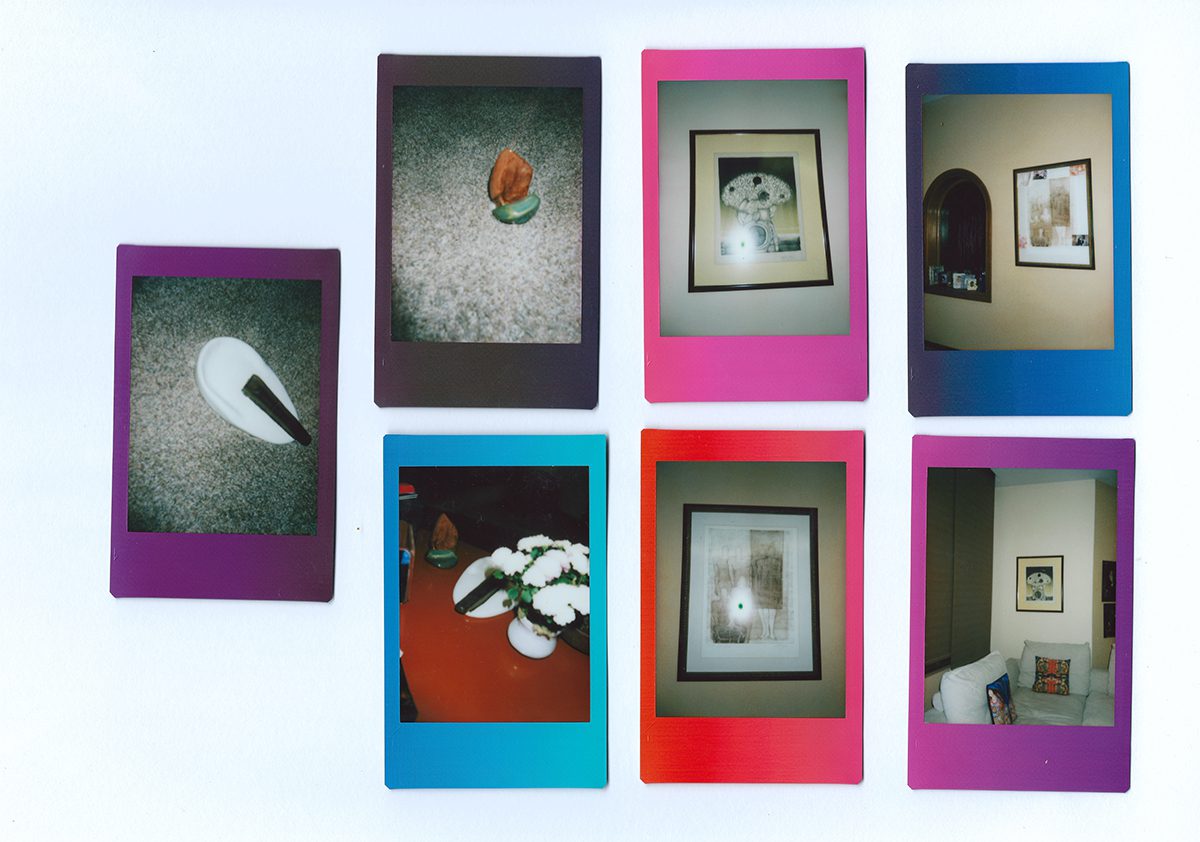
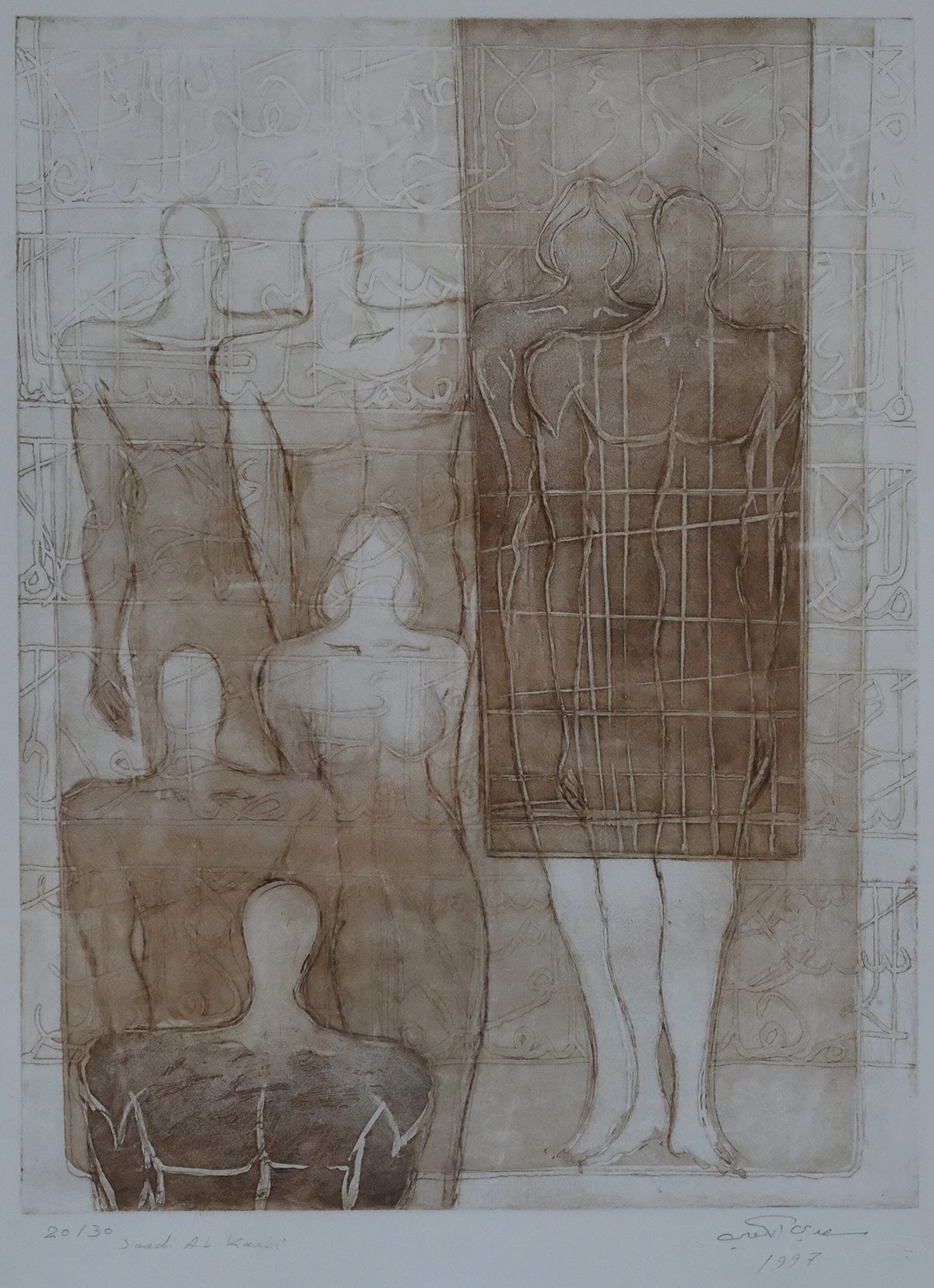
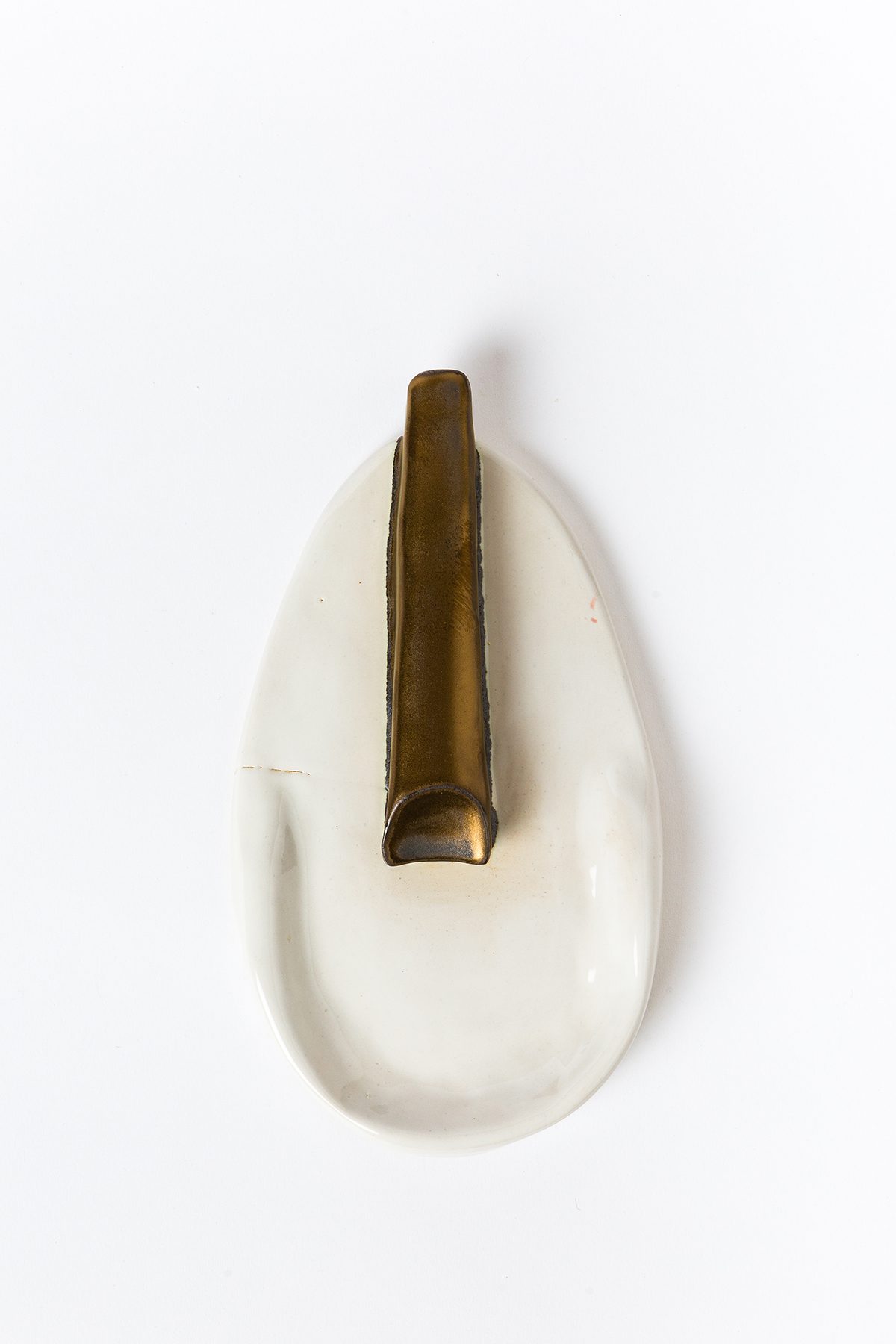
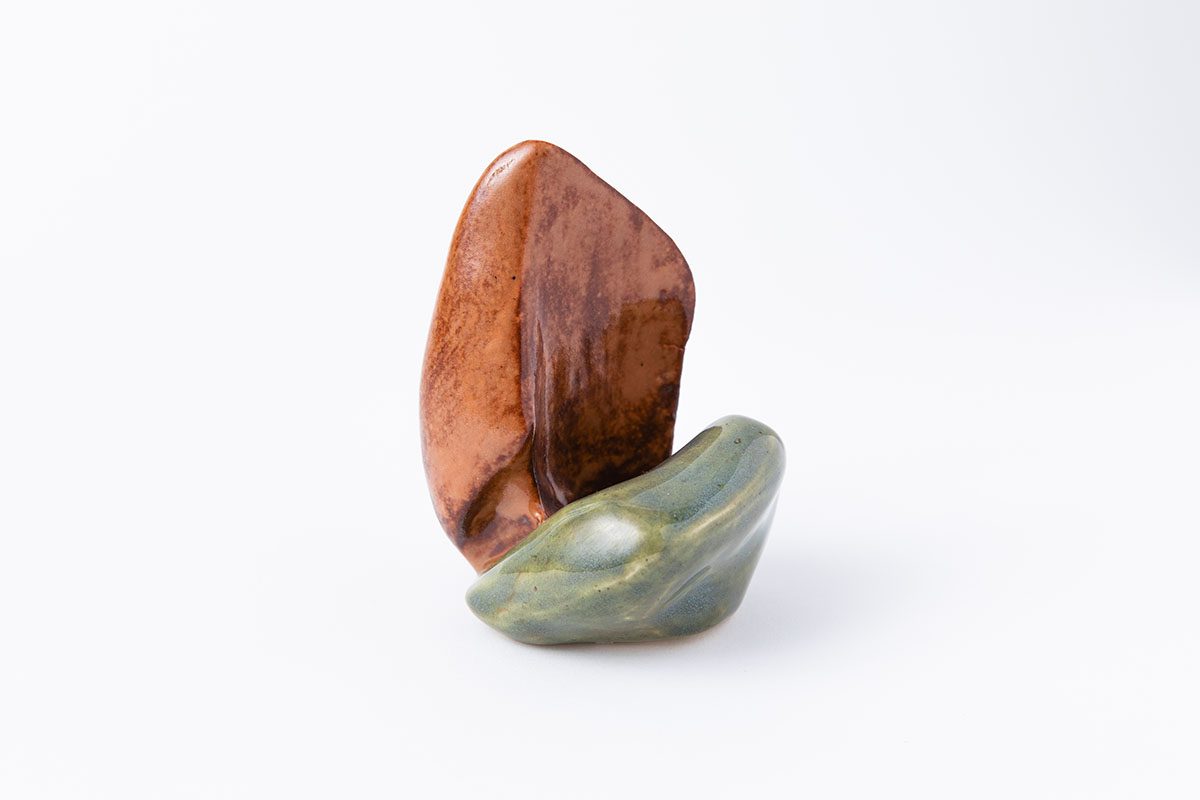
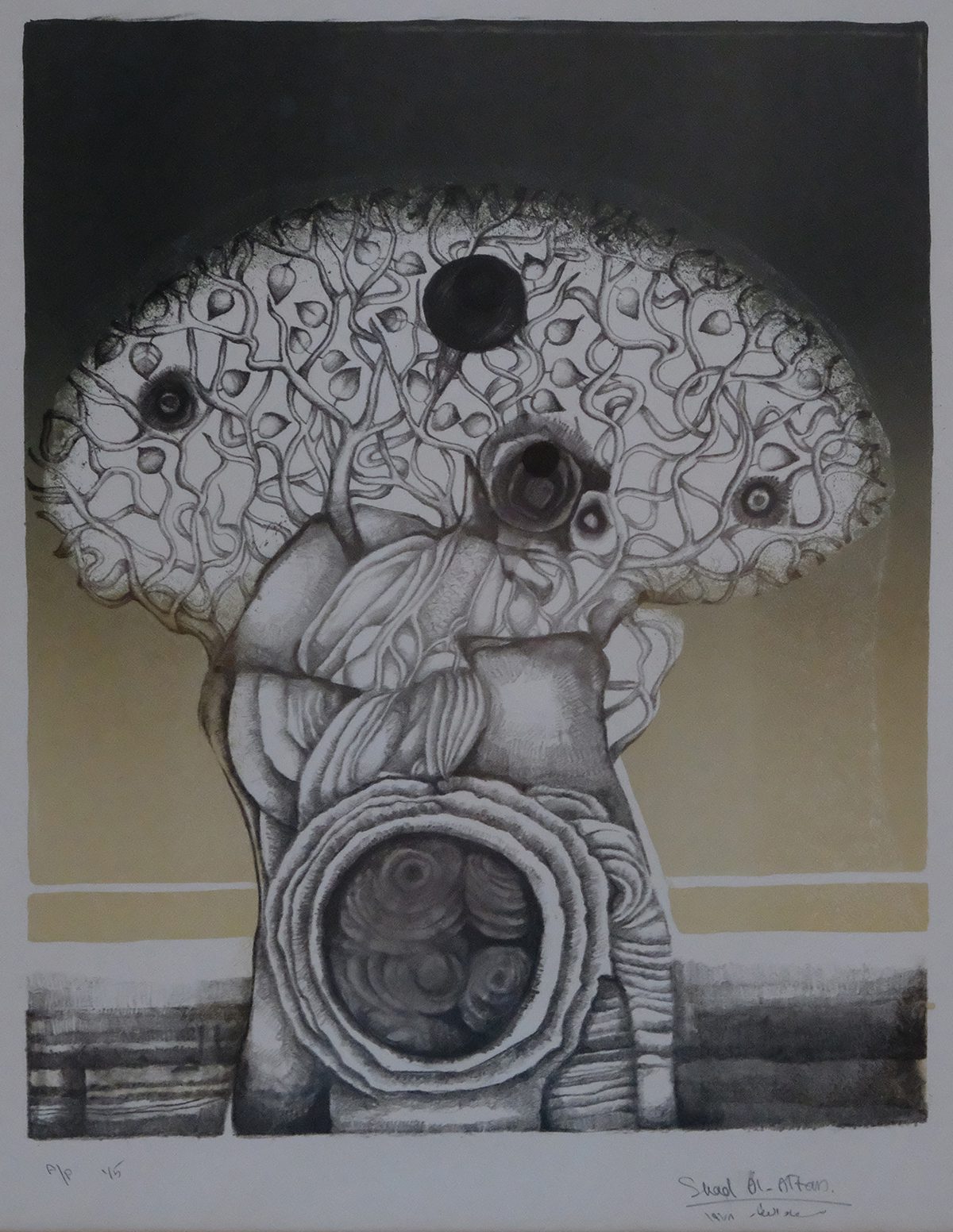
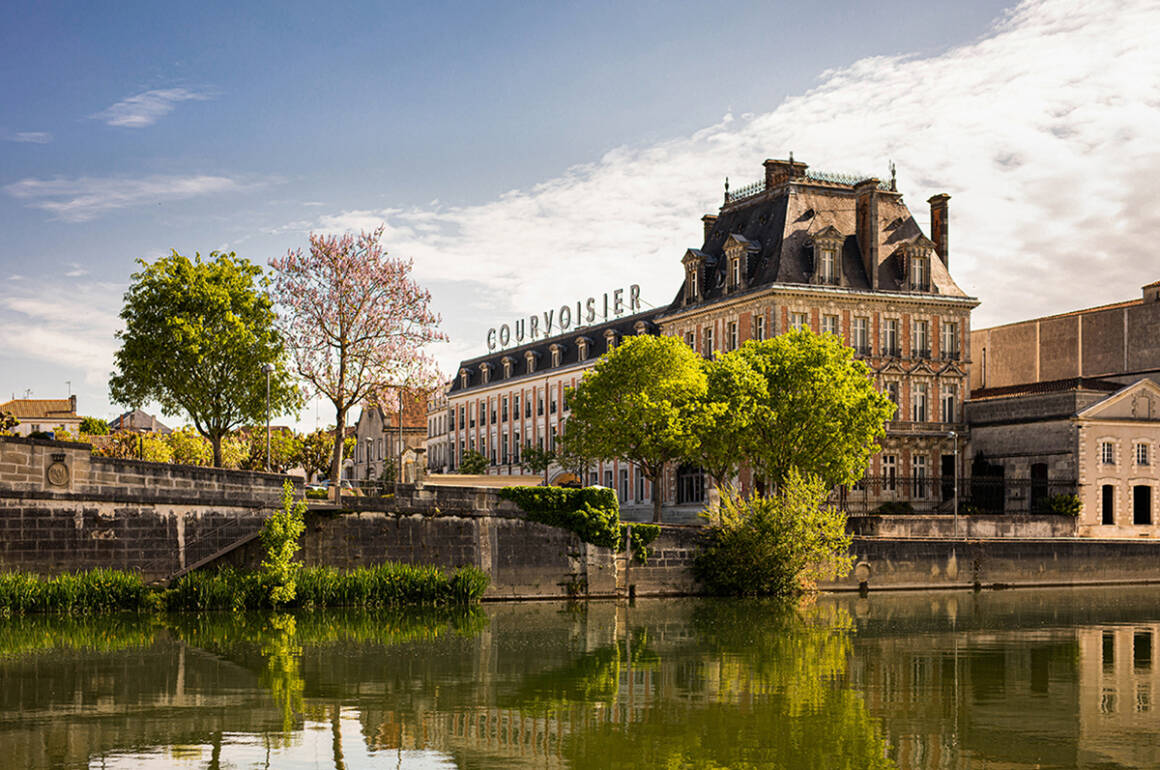
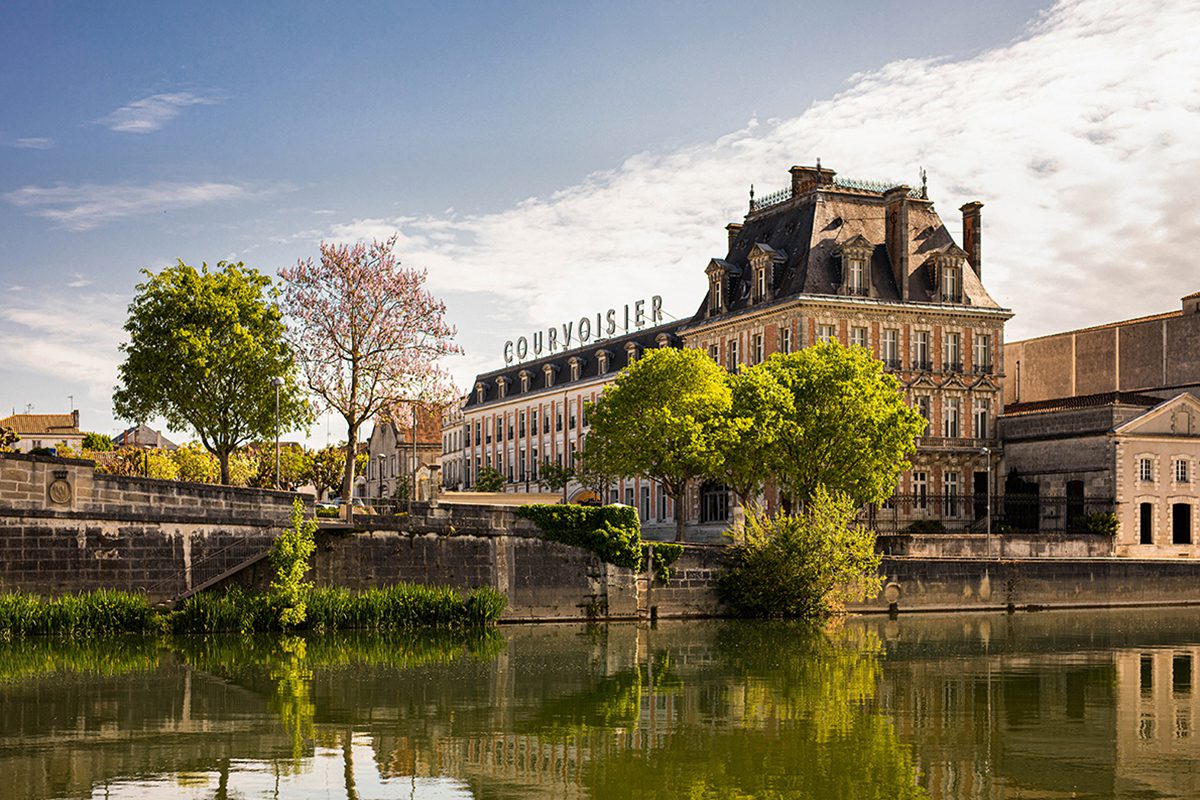 Thibaut Hontanx is the seventh Chief Blender of the historic Maison Courvoisier. Here, he speaks to LUX about the brand’s famous past, and the importance of celebrating the present
Thibaut Hontanx is the seventh Chief Blender of the historic Maison Courvoisier. Here, he speaks to LUX about the brand’s famous past, and the importance of celebrating the present
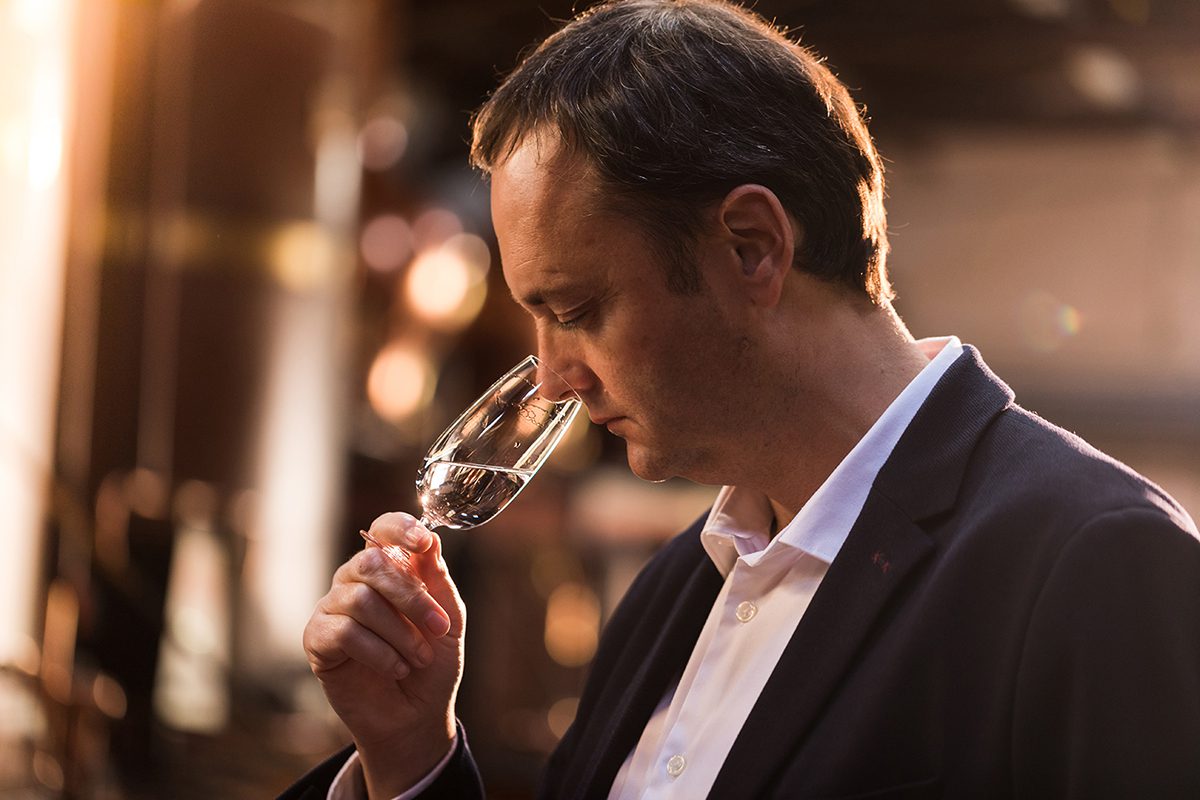
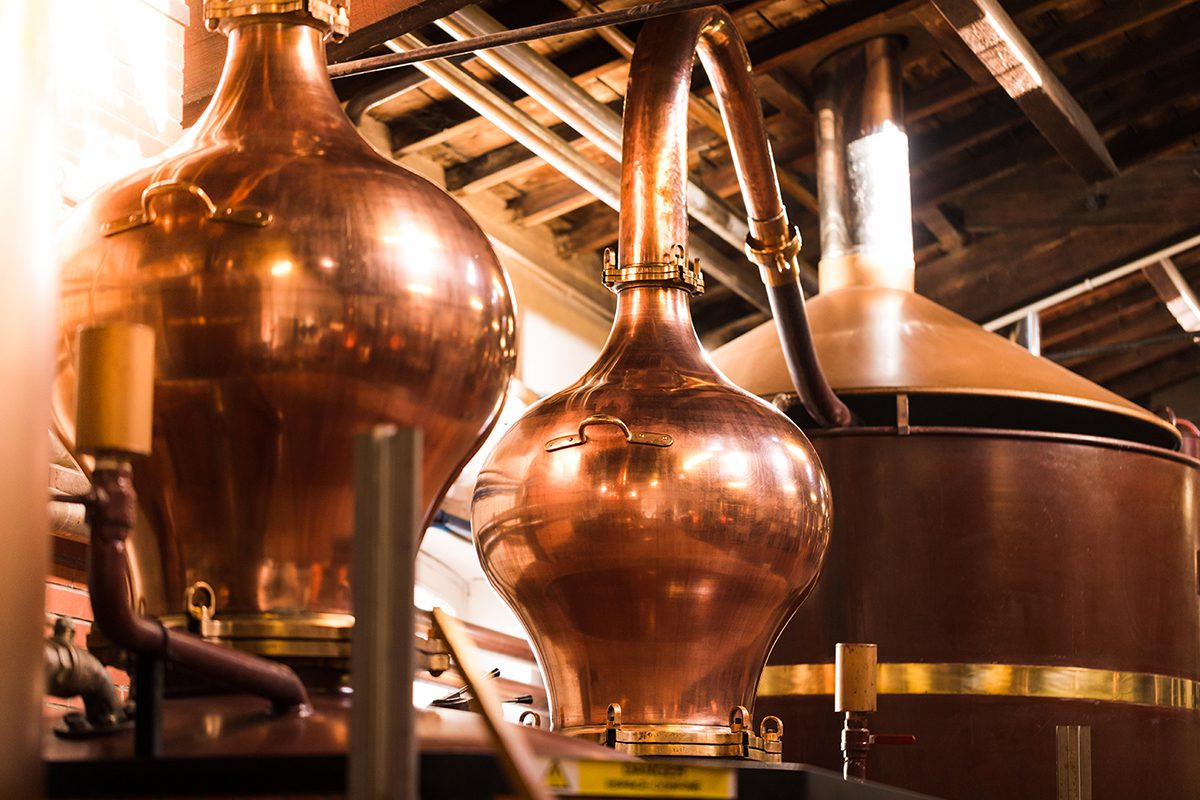
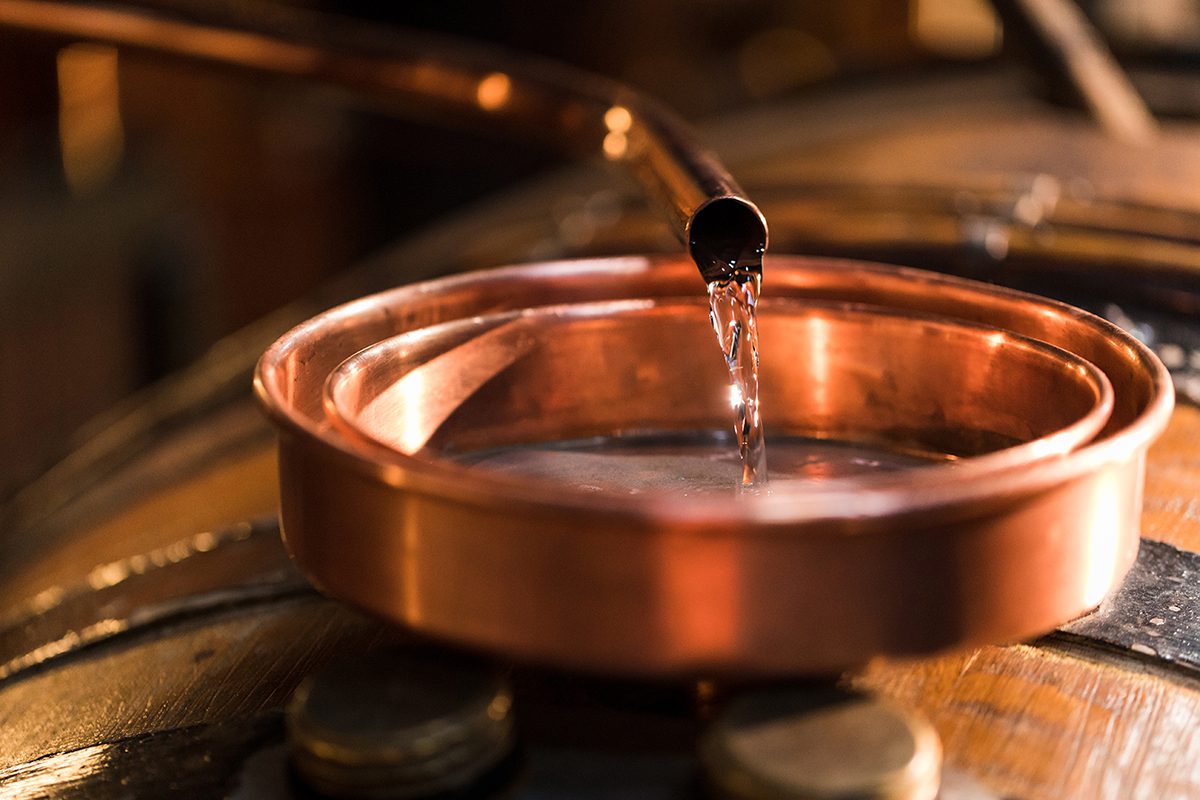
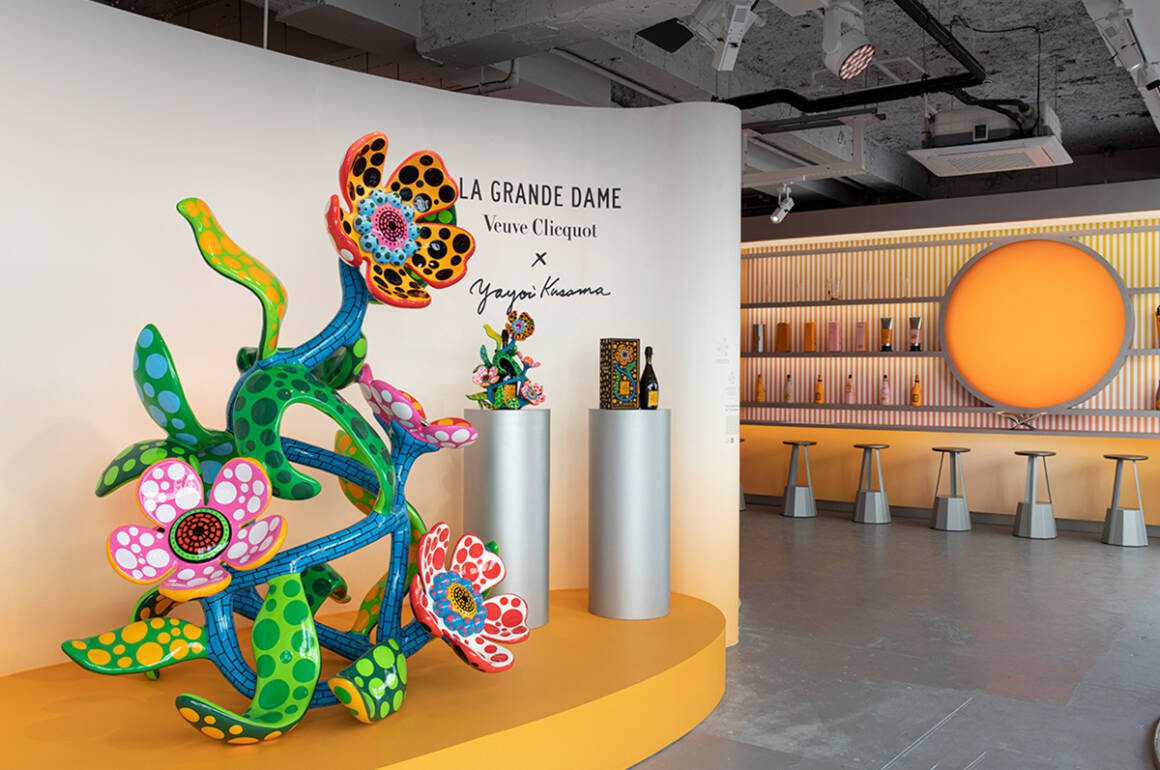
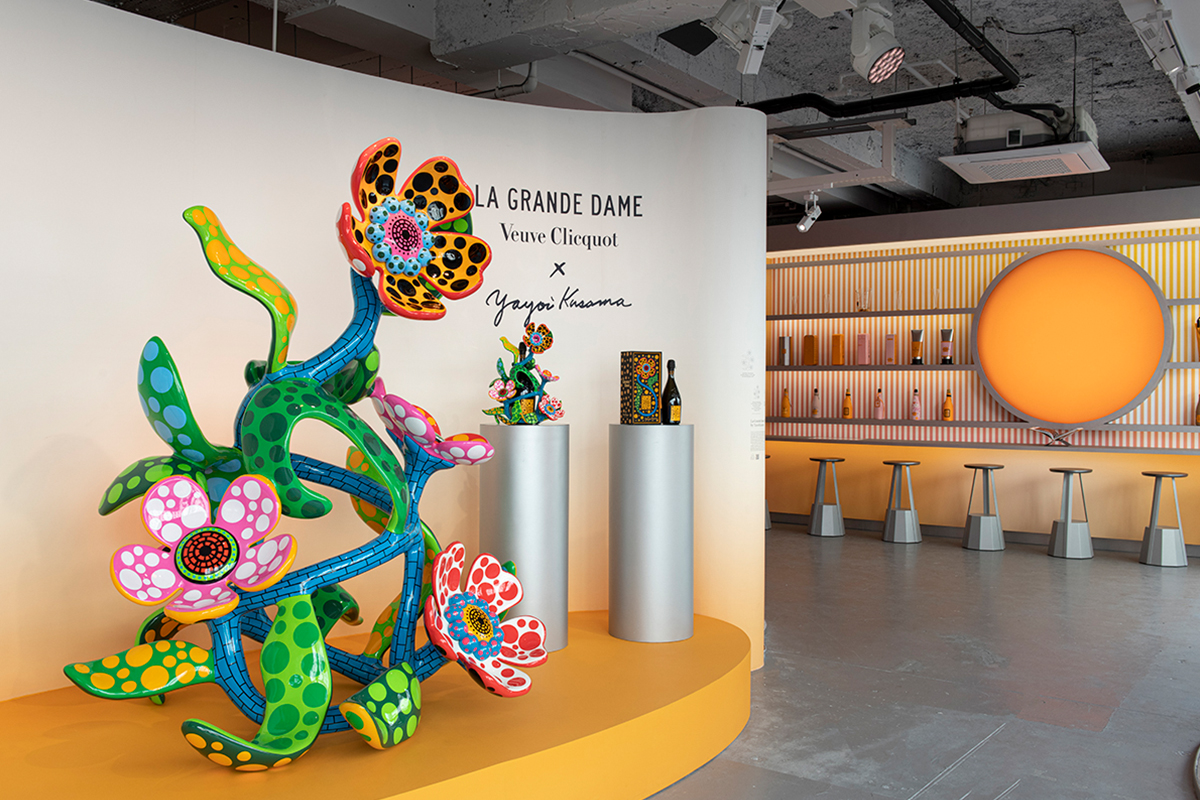
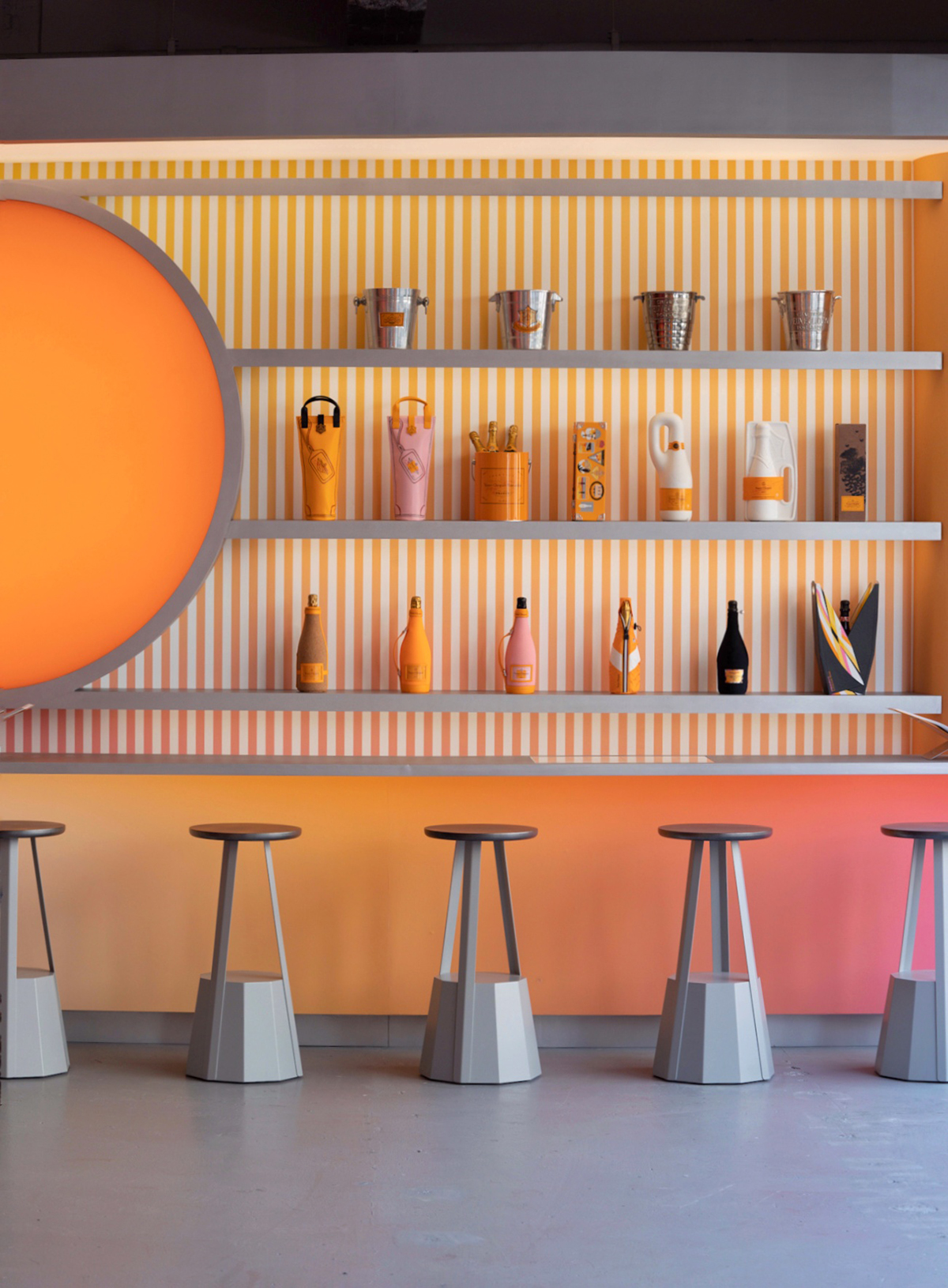

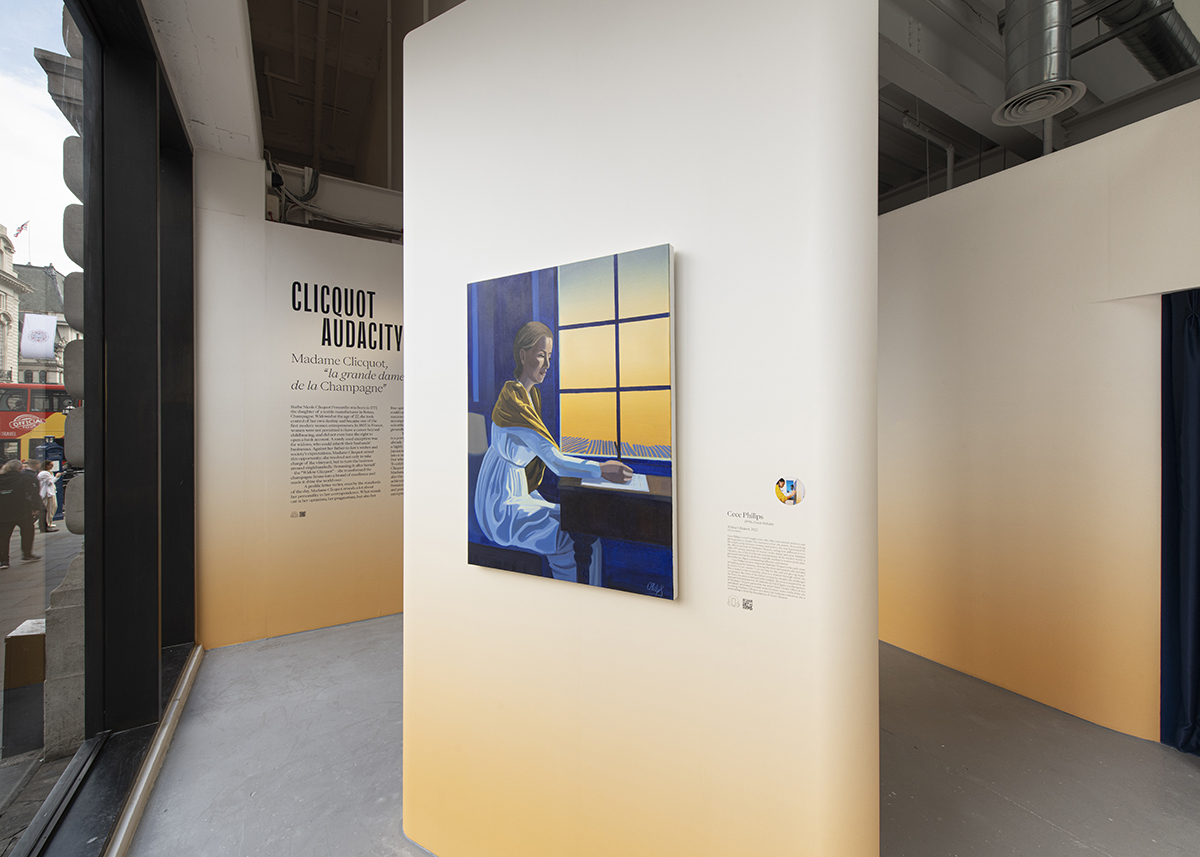

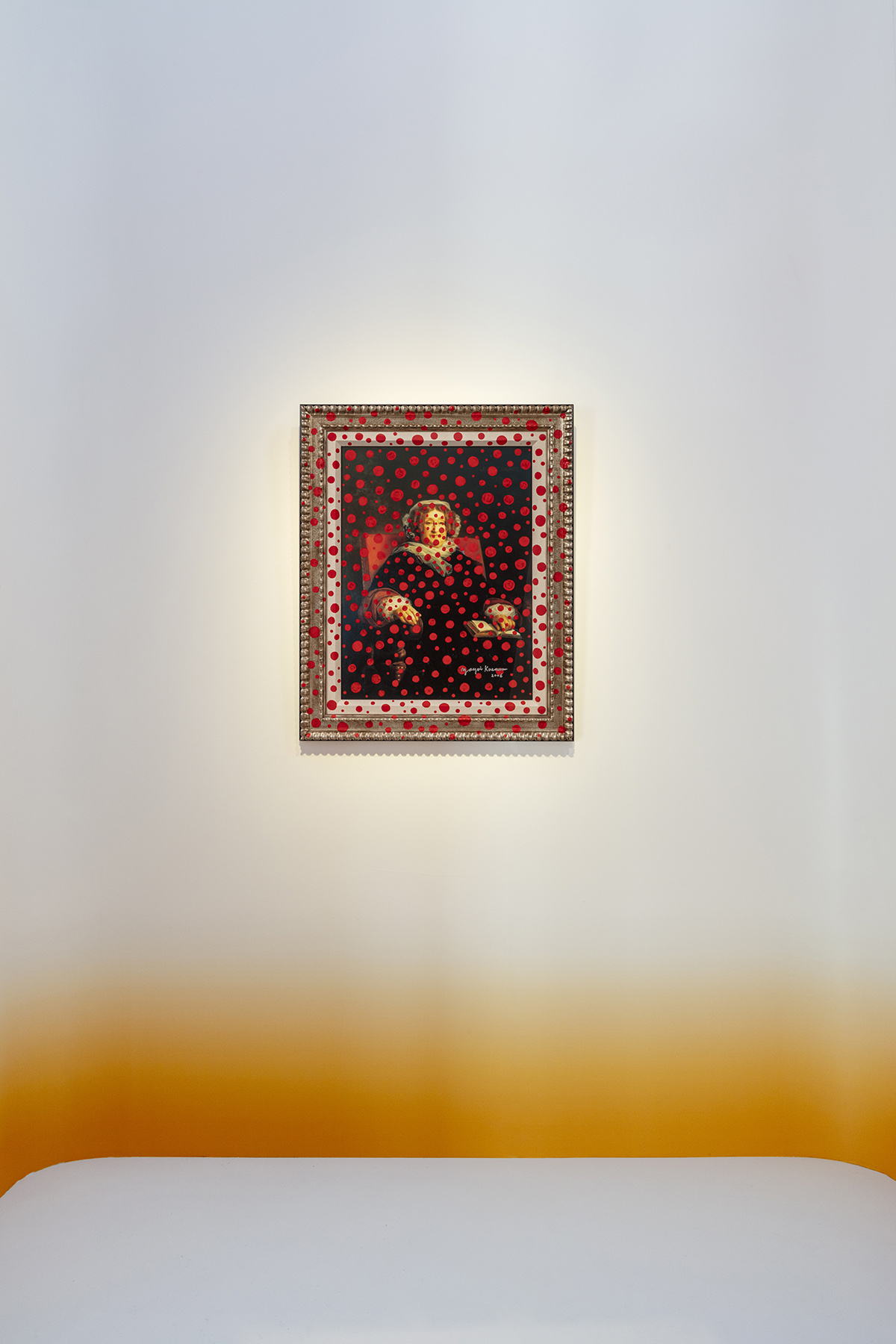

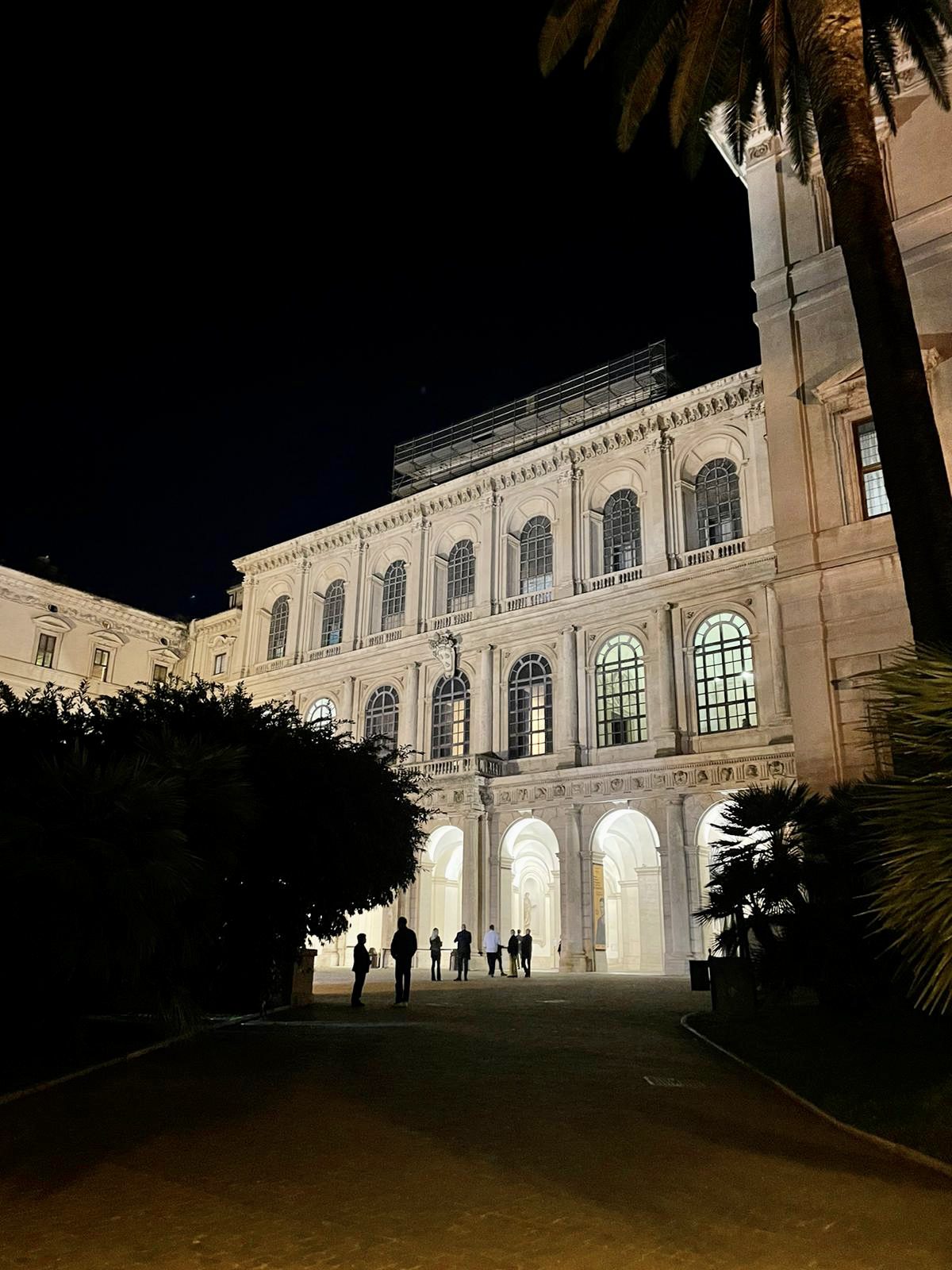
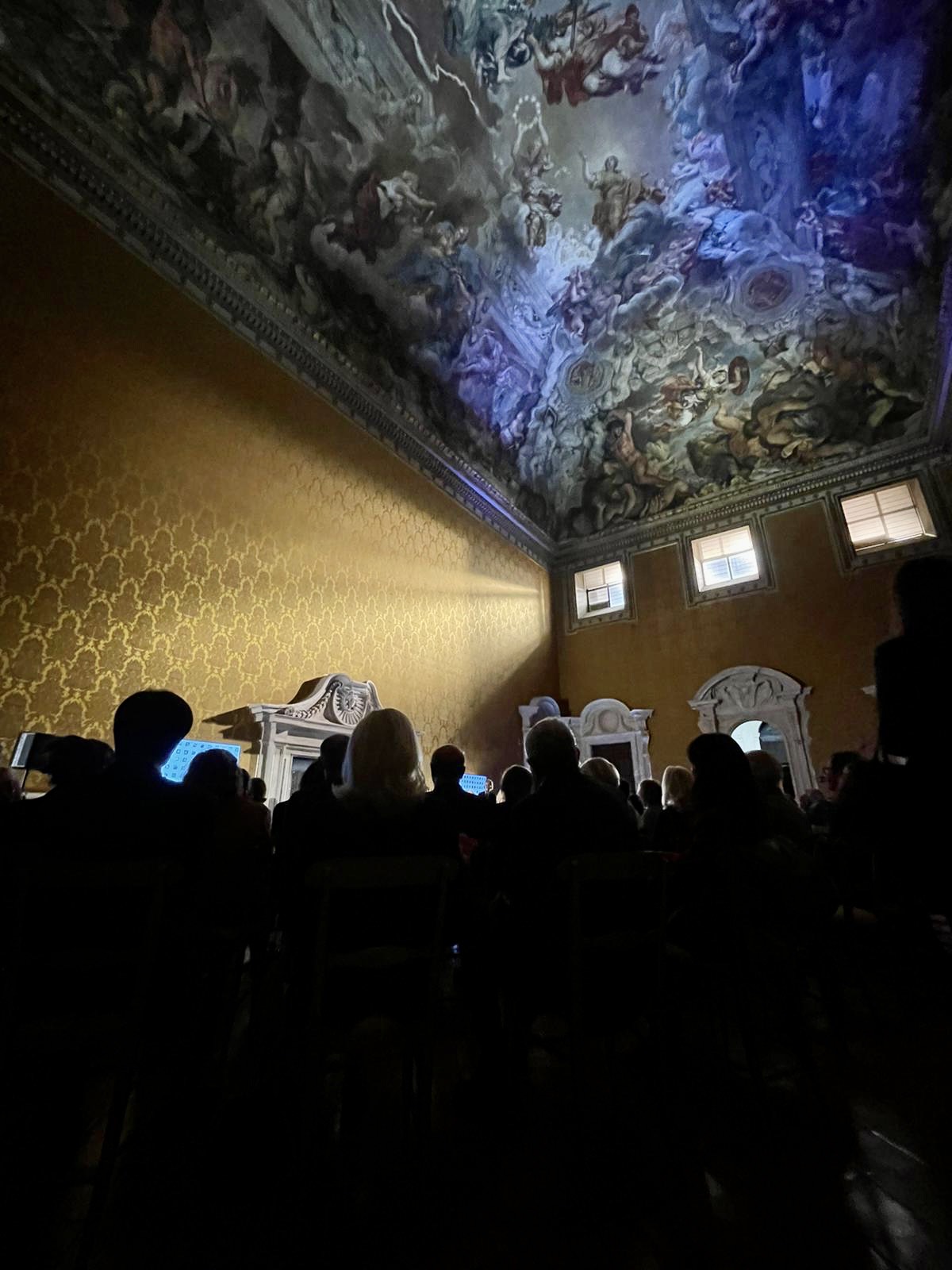
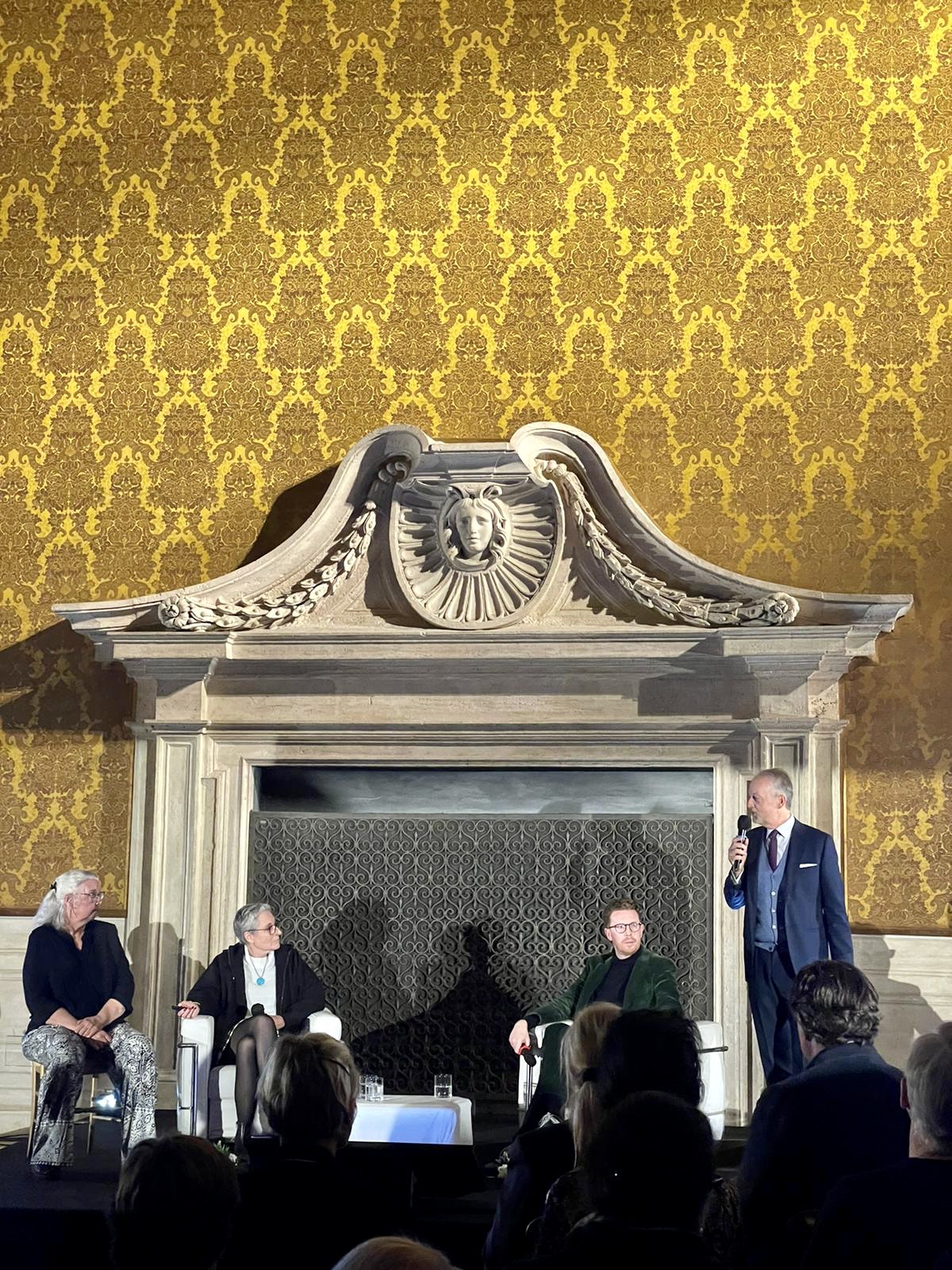
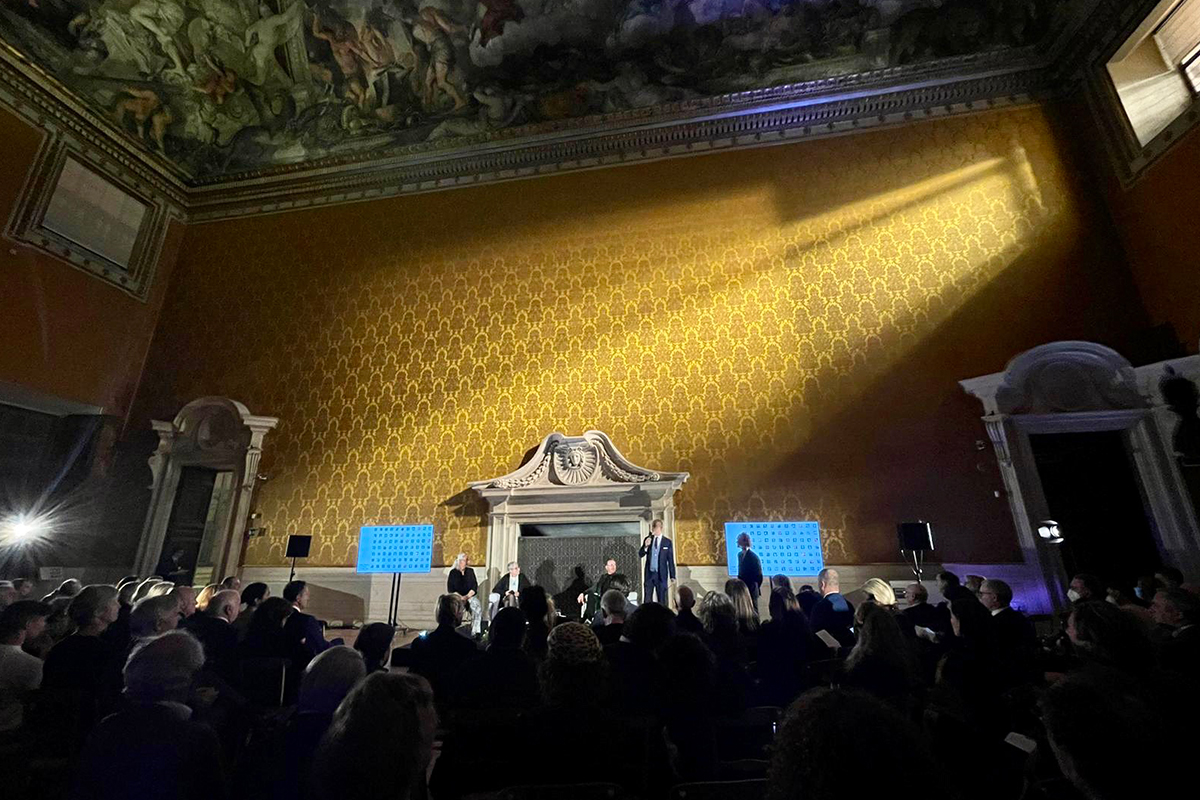
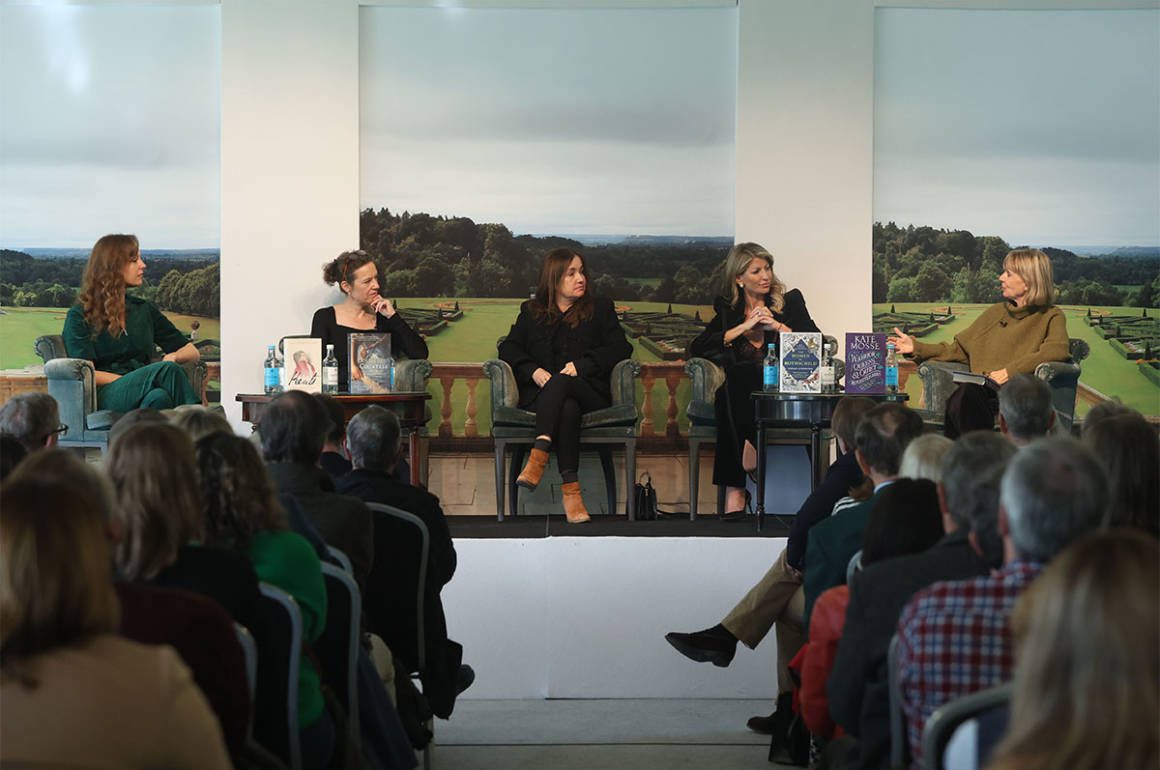
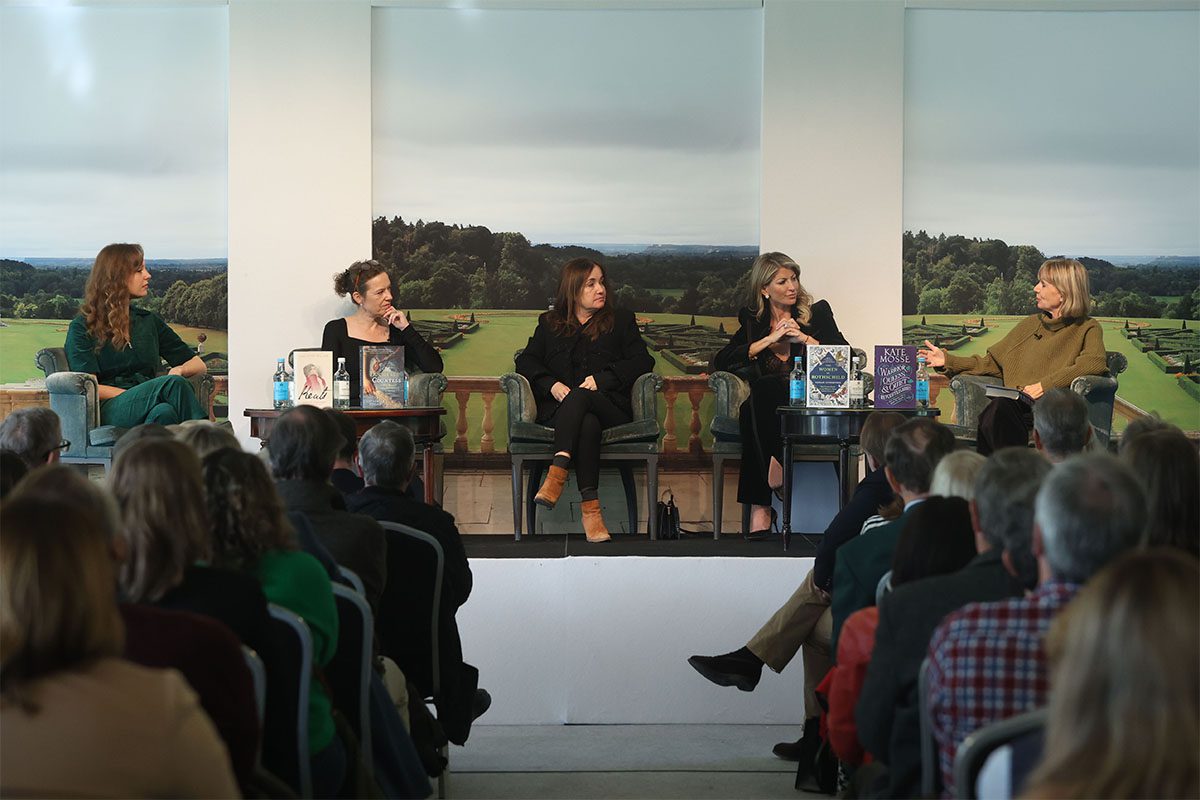 Entrepreneurs, historians, politicians and cultural leaders came together at the annual Cliveden Literary Festival, a weekend event that nourishes and inspires the mind, and the importance of informed perspectives
Entrepreneurs, historians, politicians and cultural leaders came together at the annual Cliveden Literary Festival, a weekend event that nourishes and inspires the mind, and the importance of informed perspectives
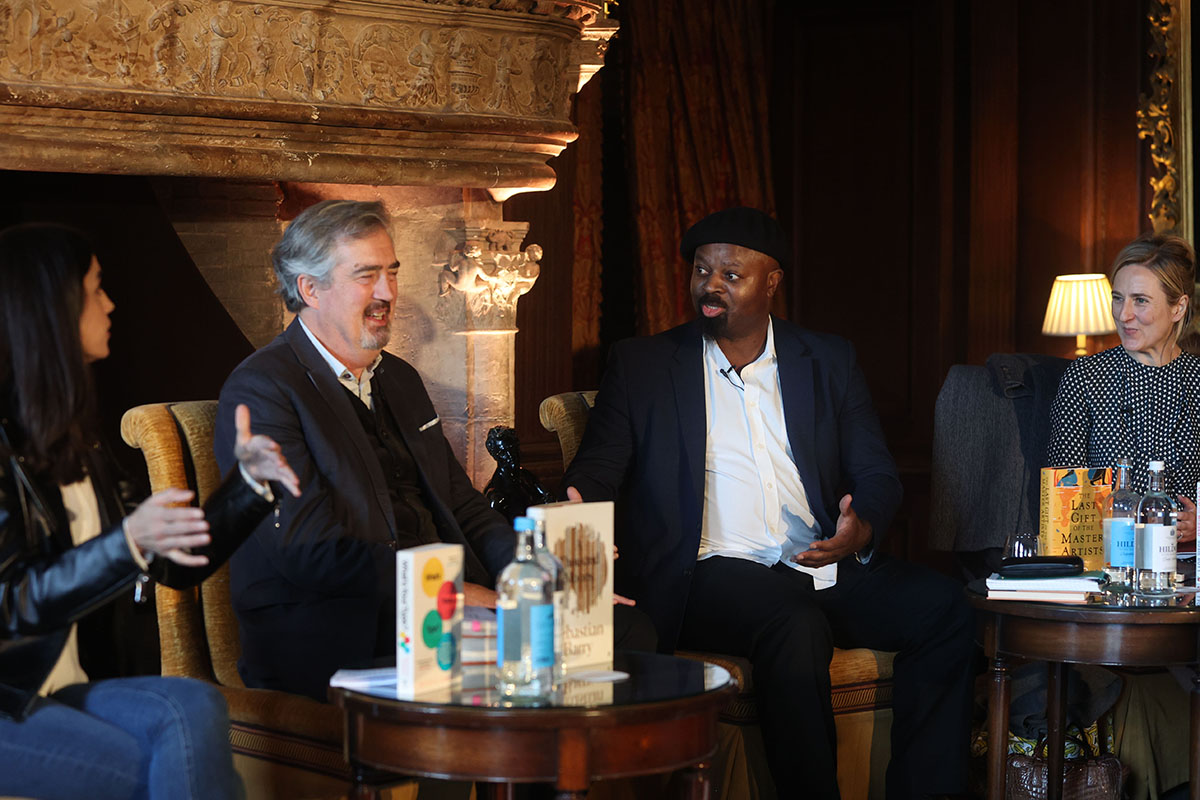
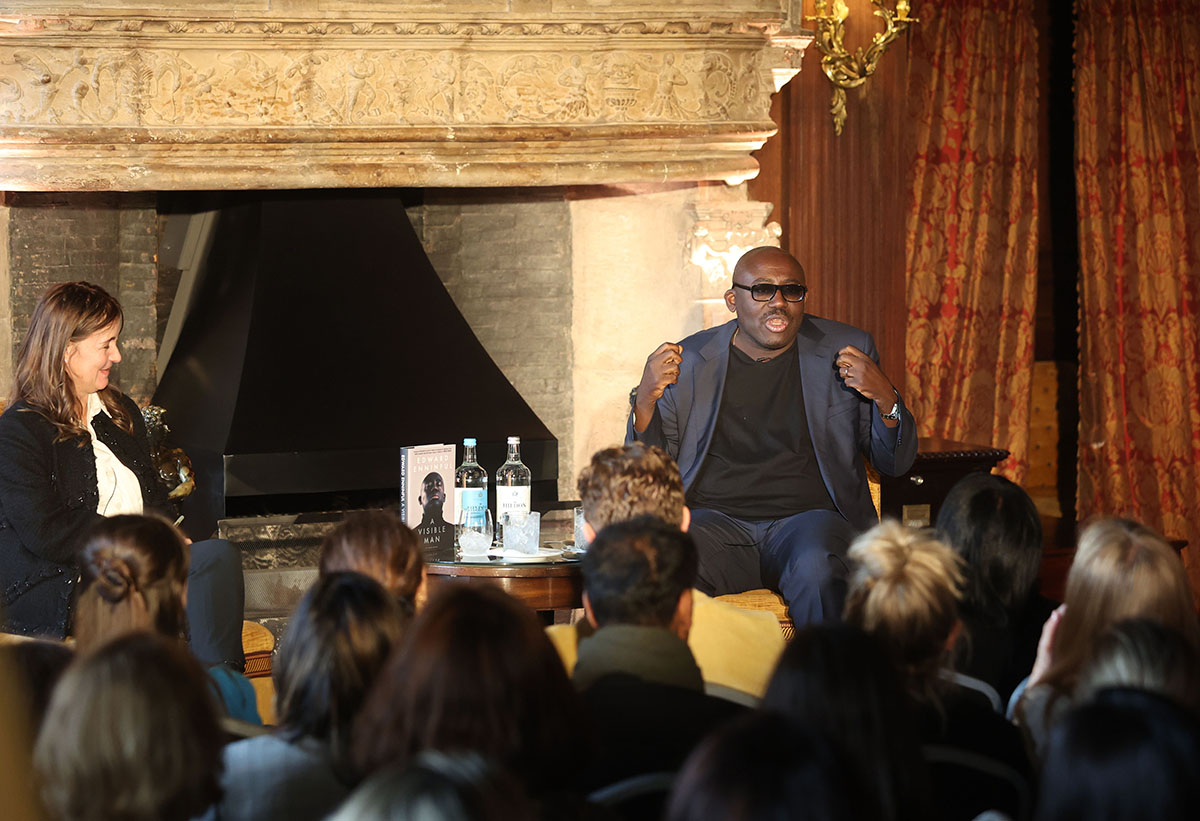
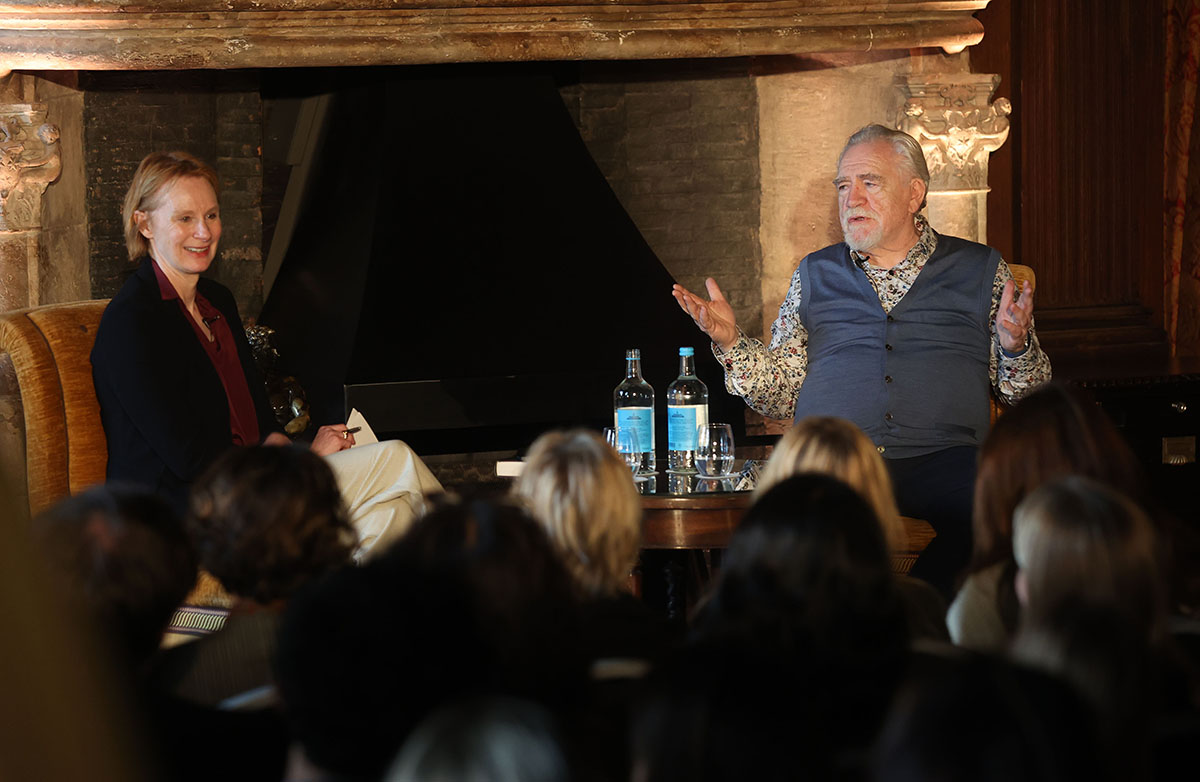
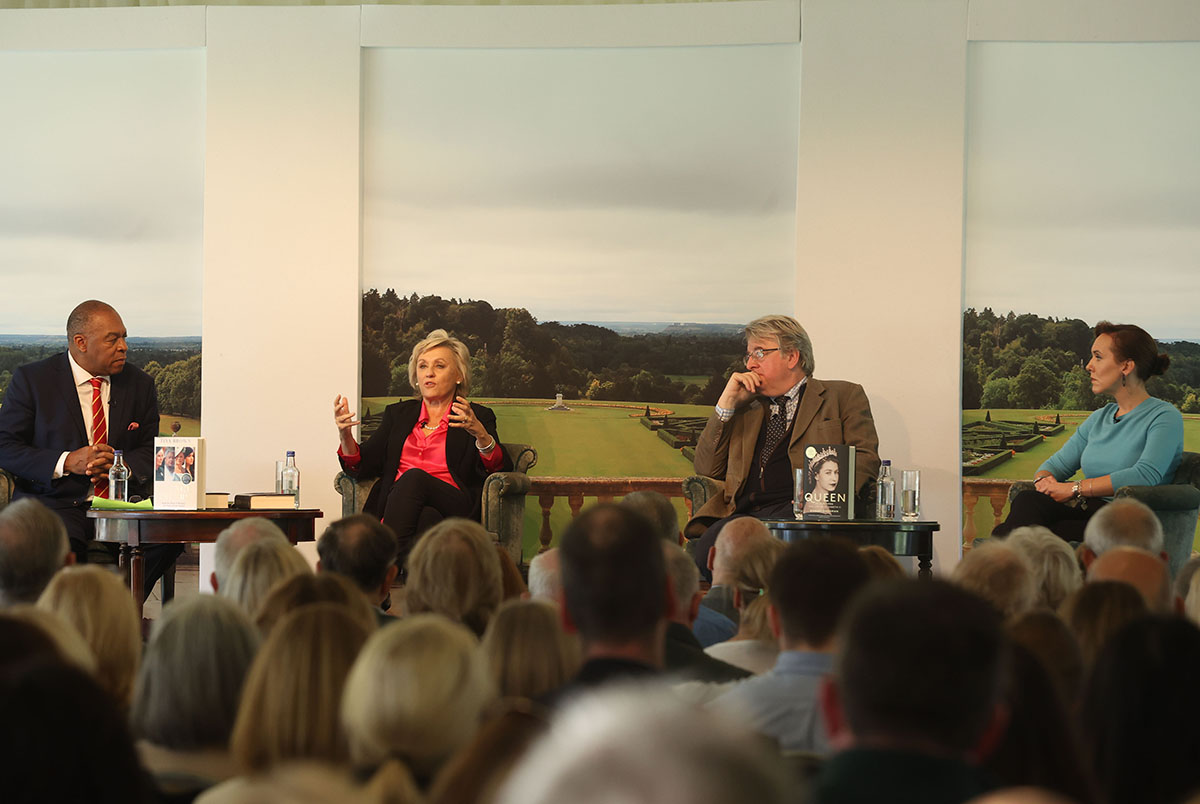

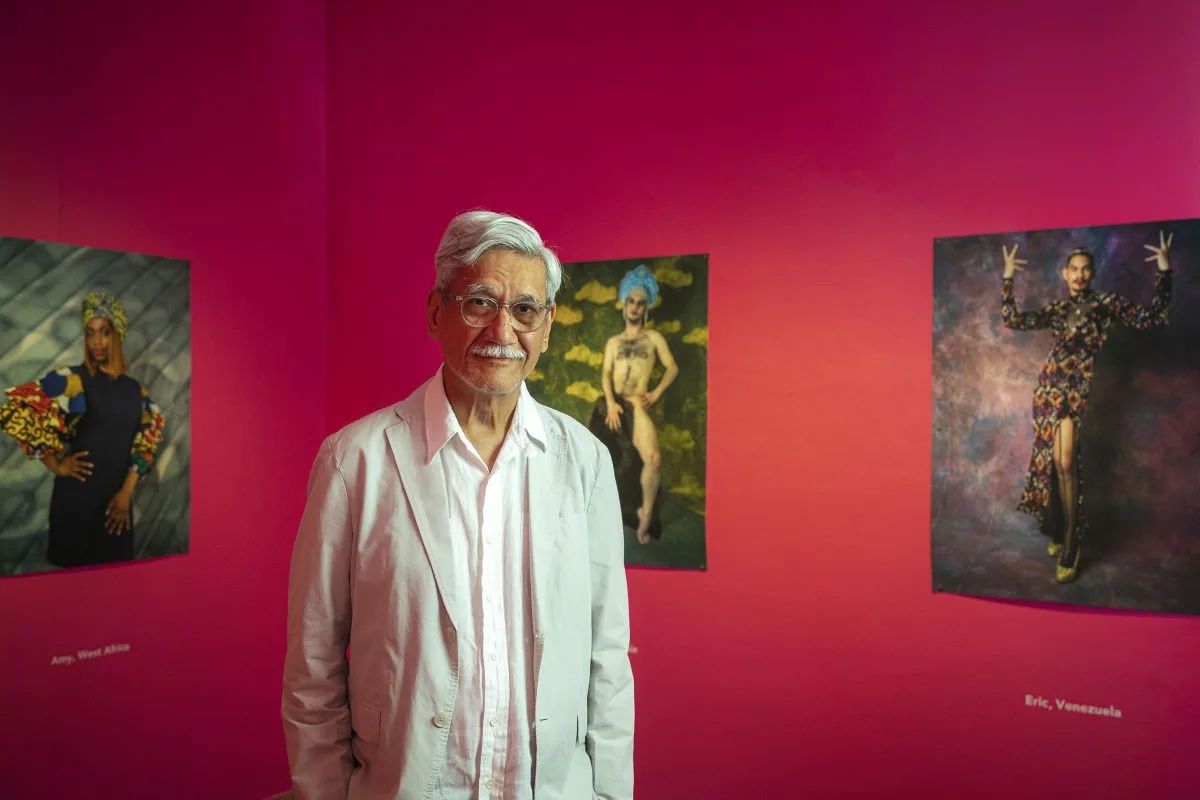
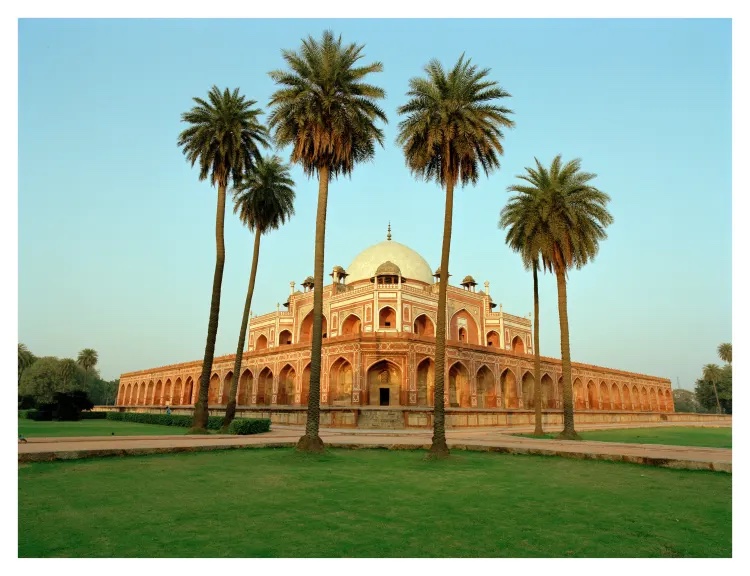
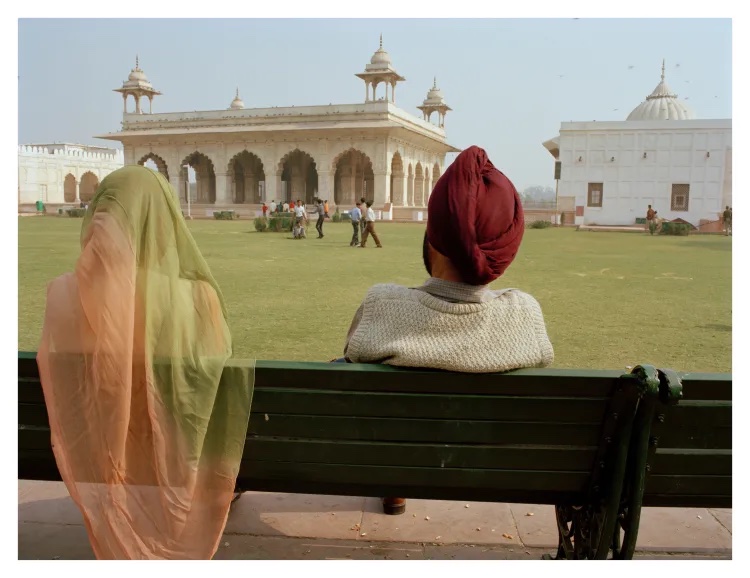

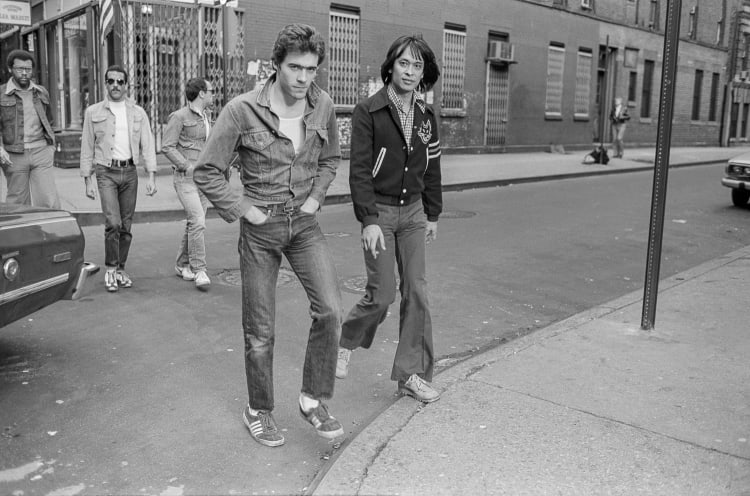
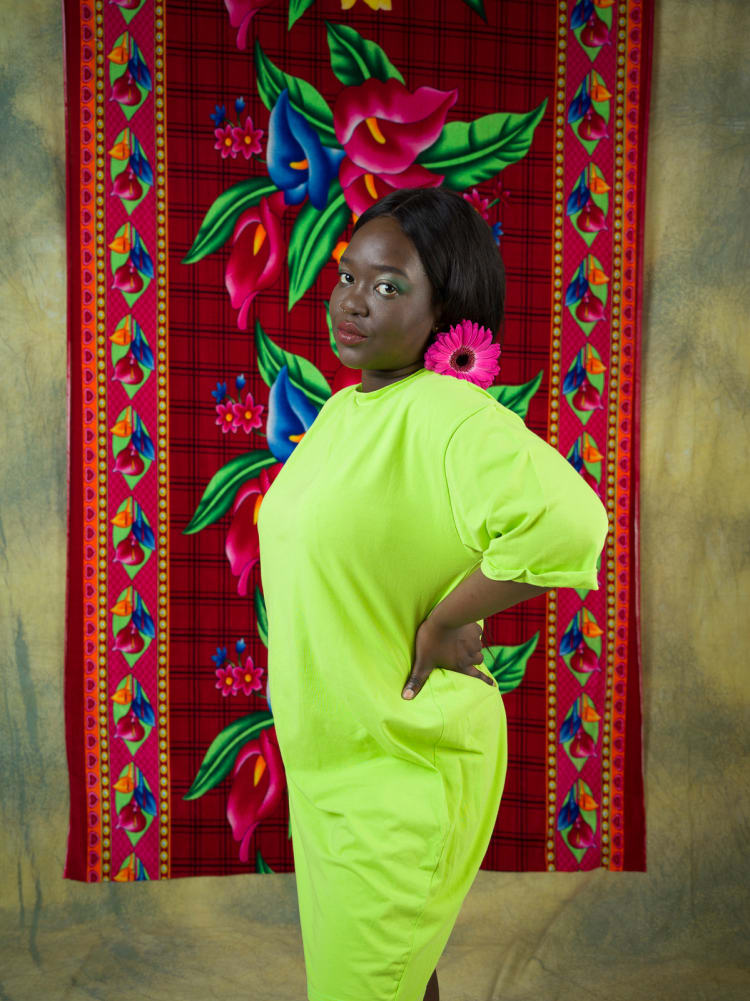

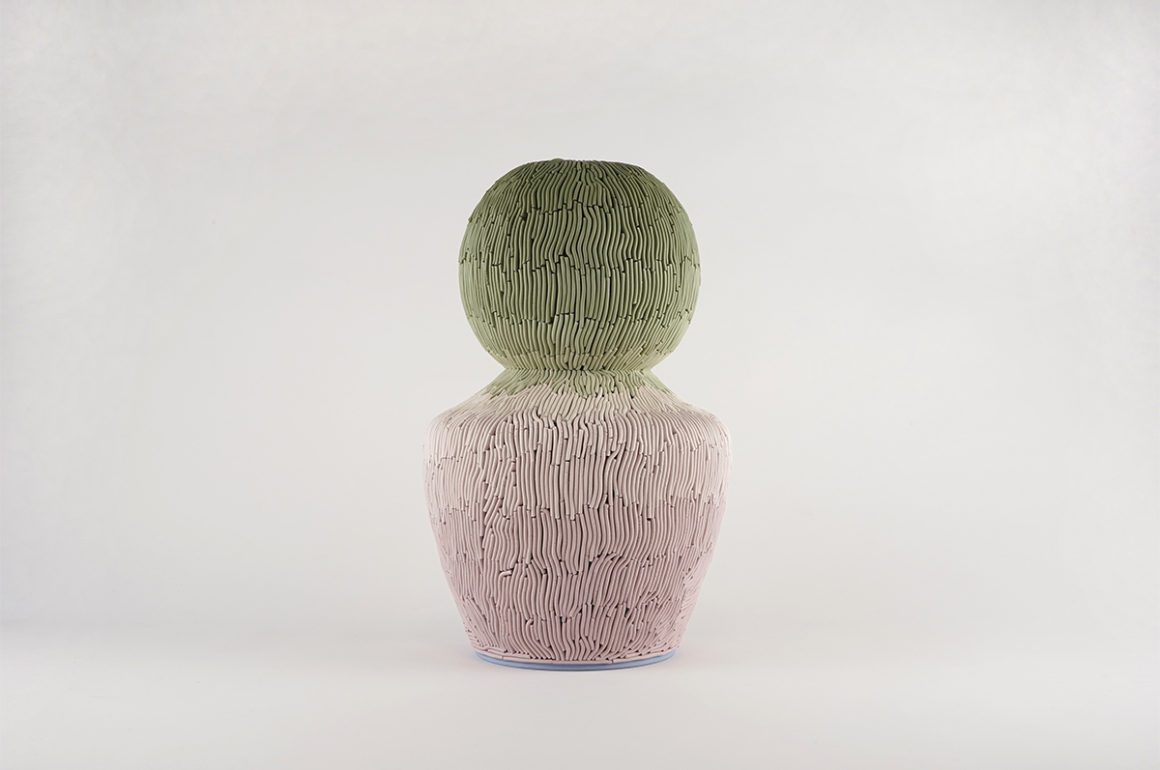
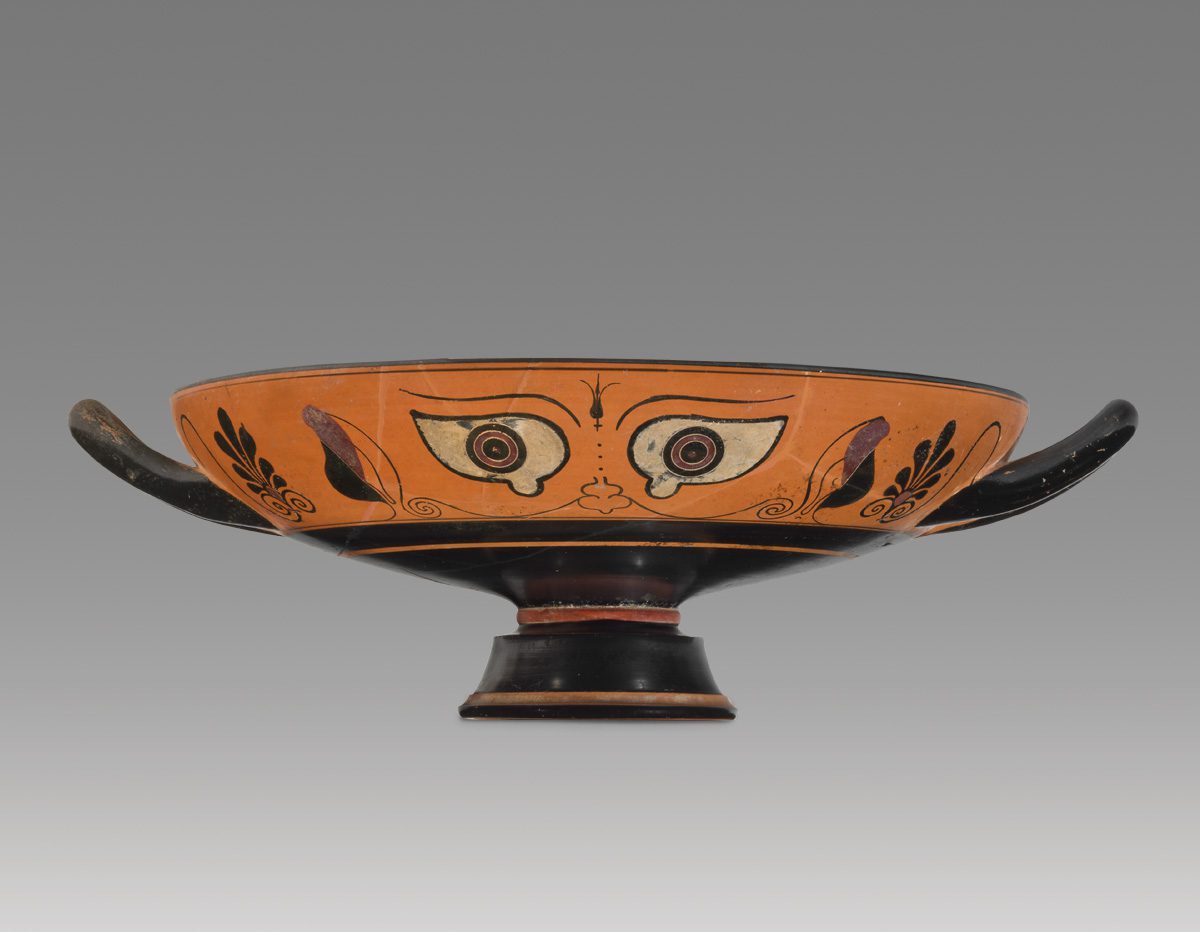

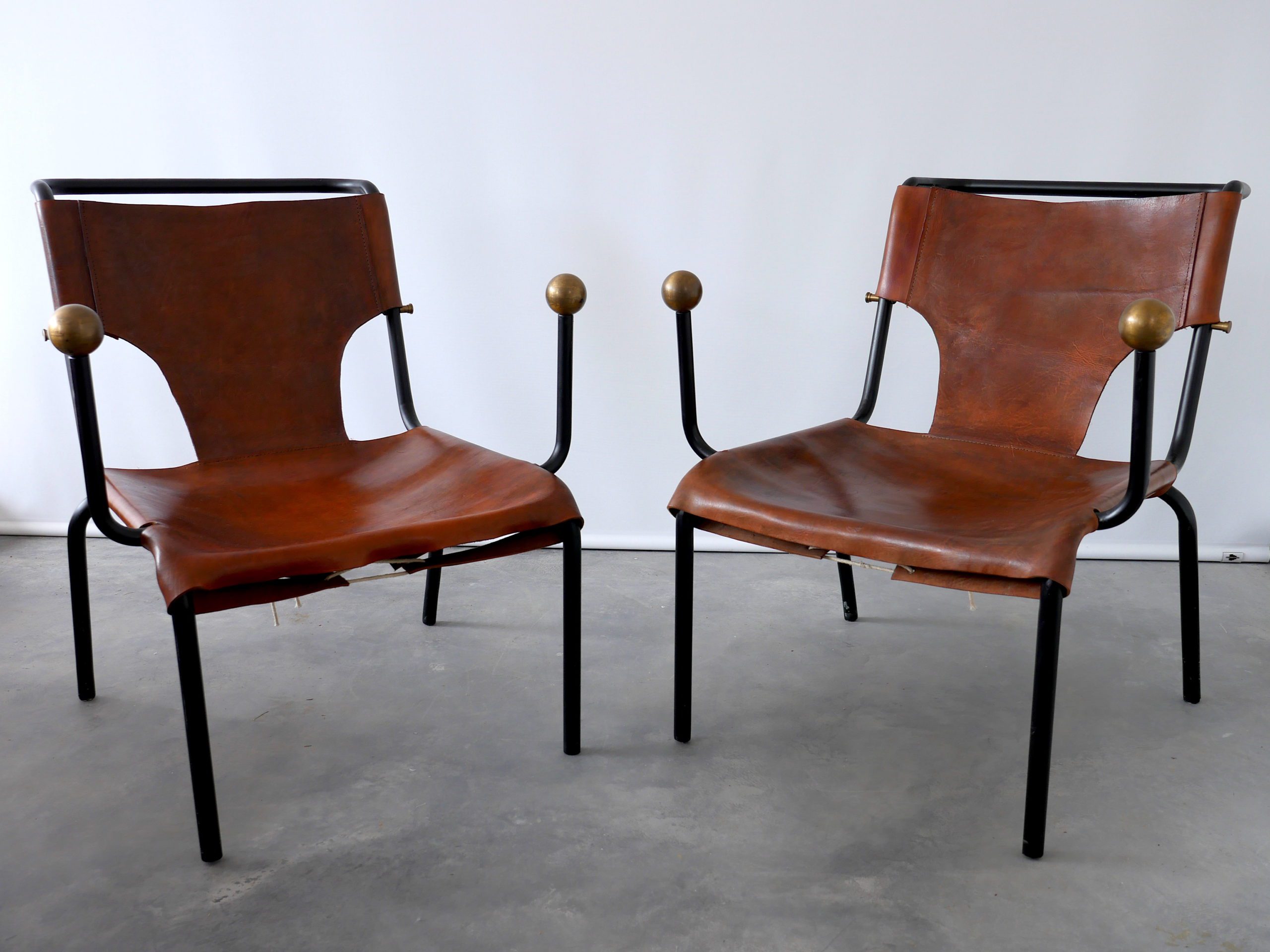

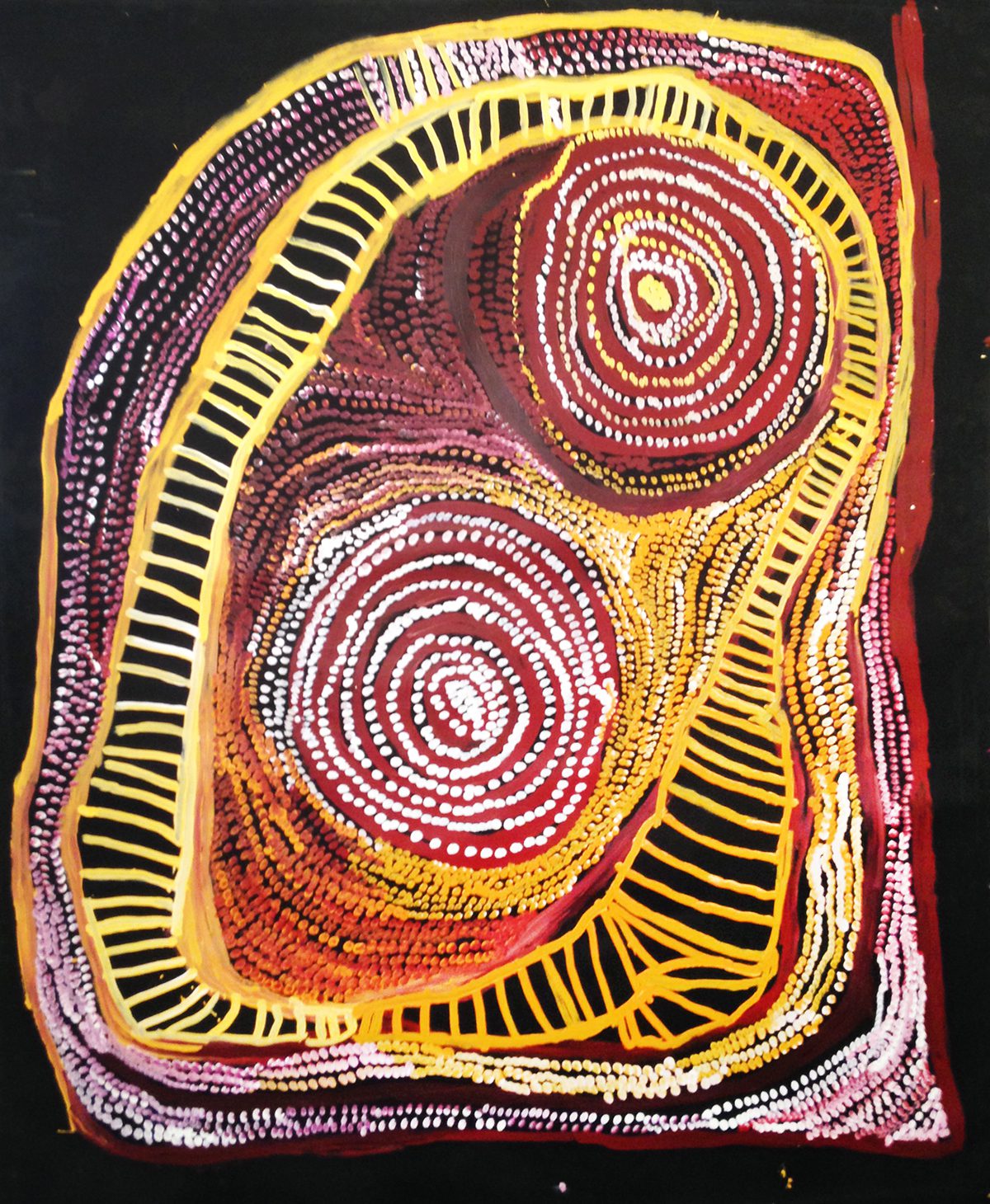
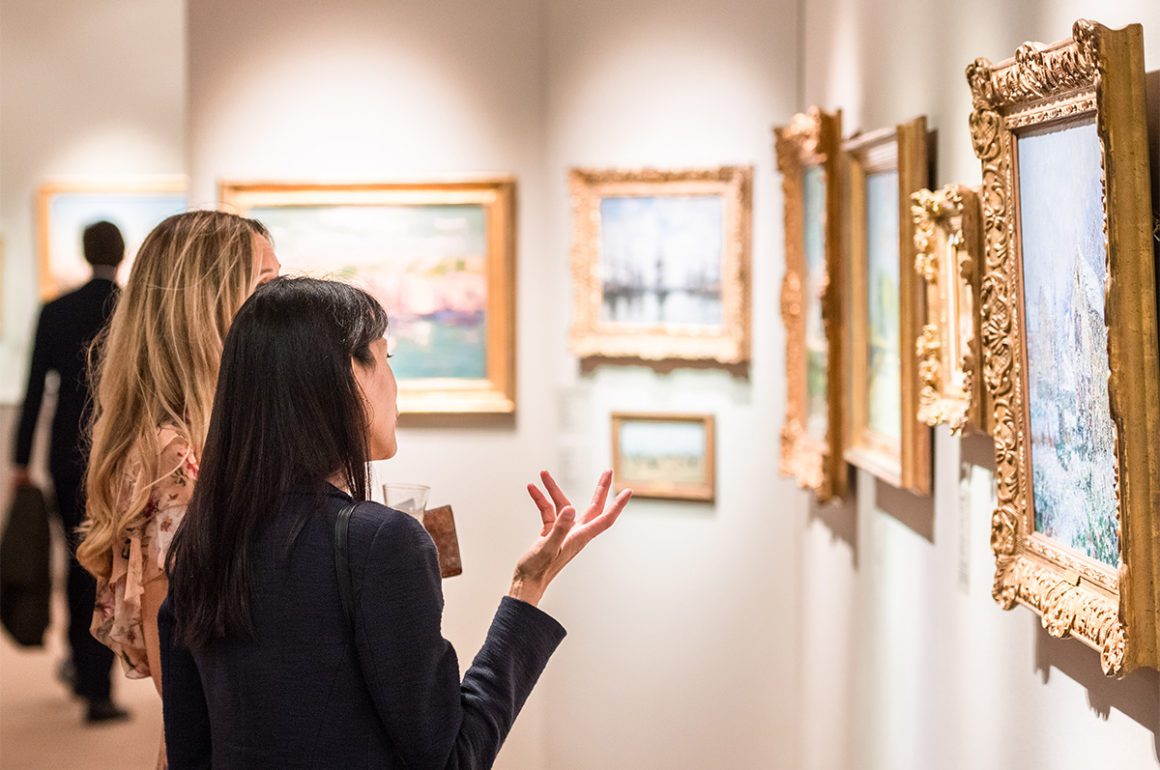


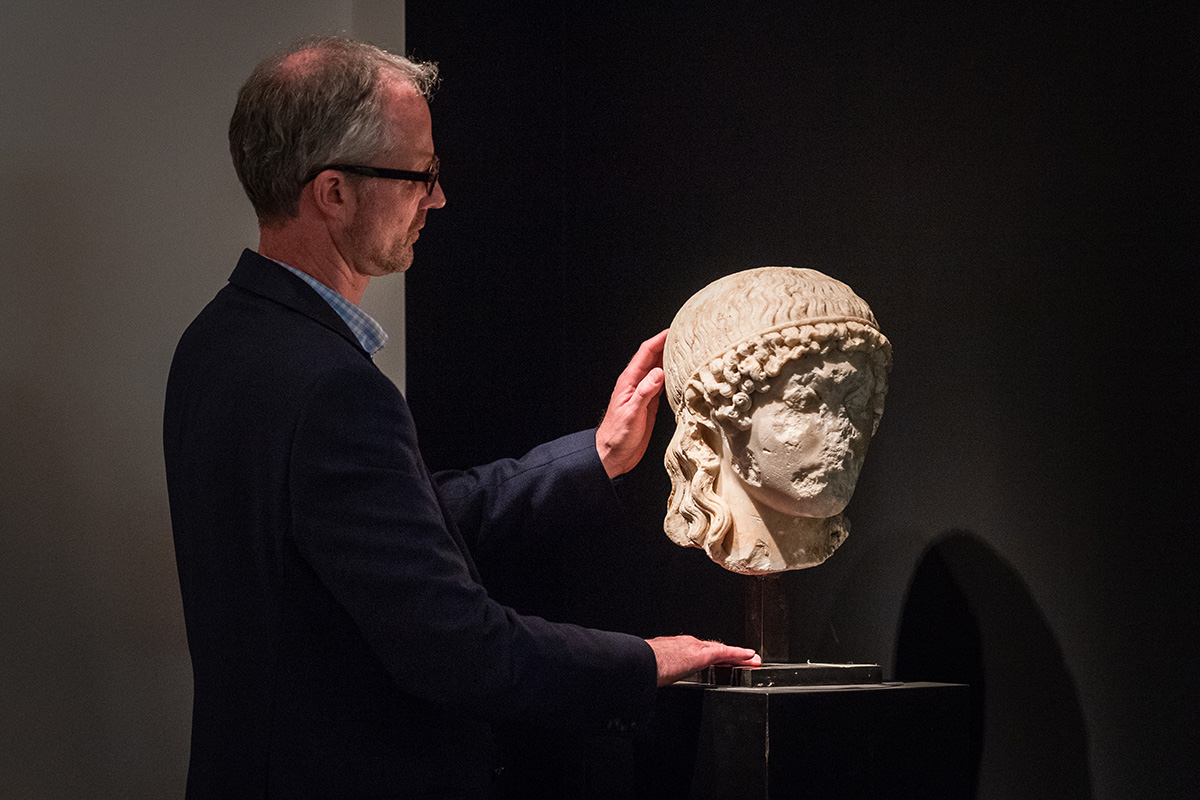
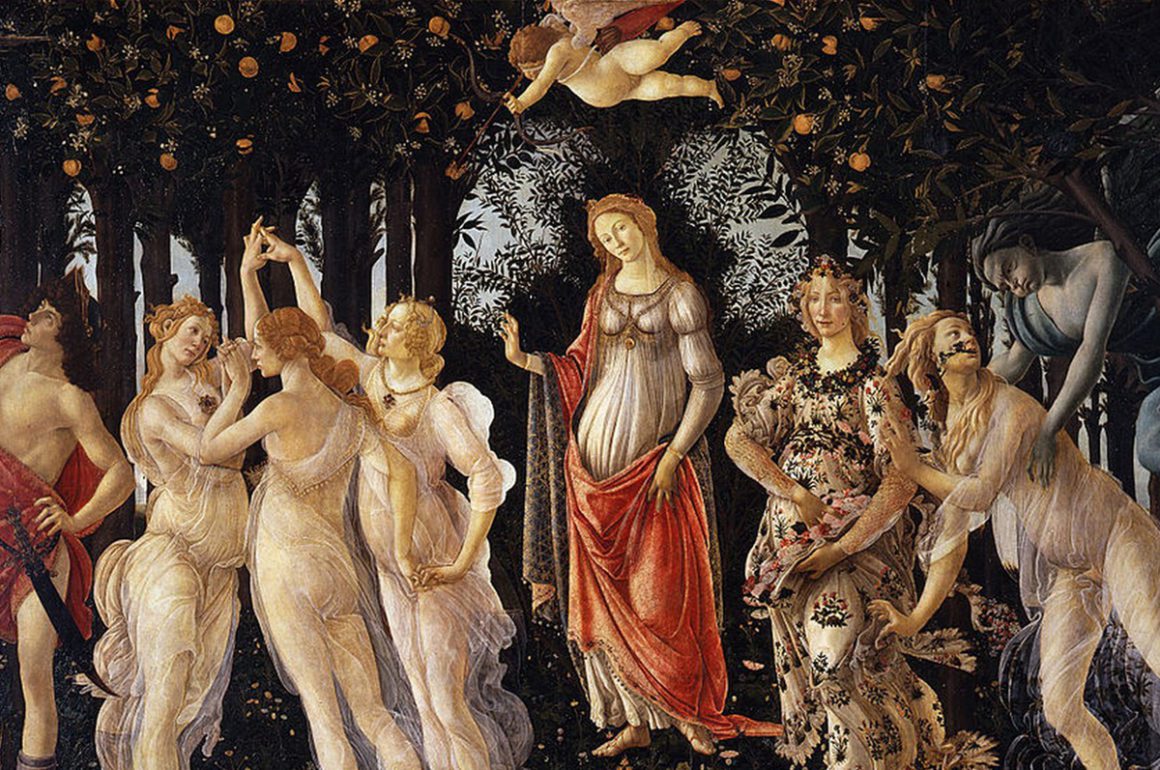
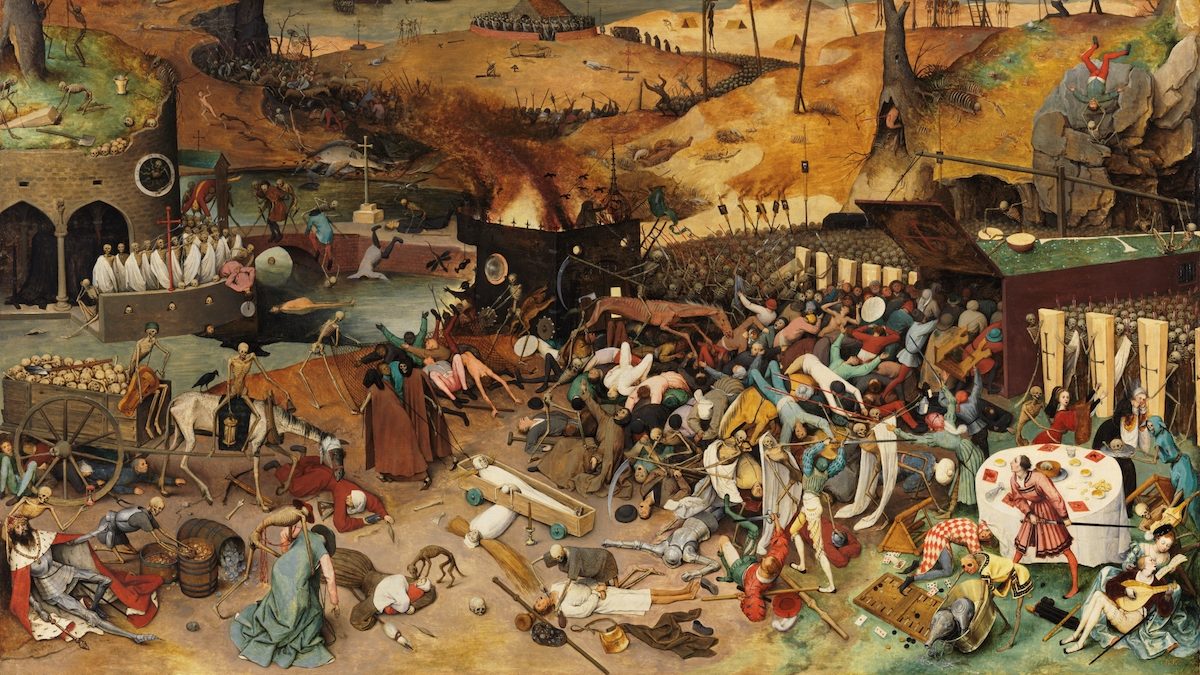
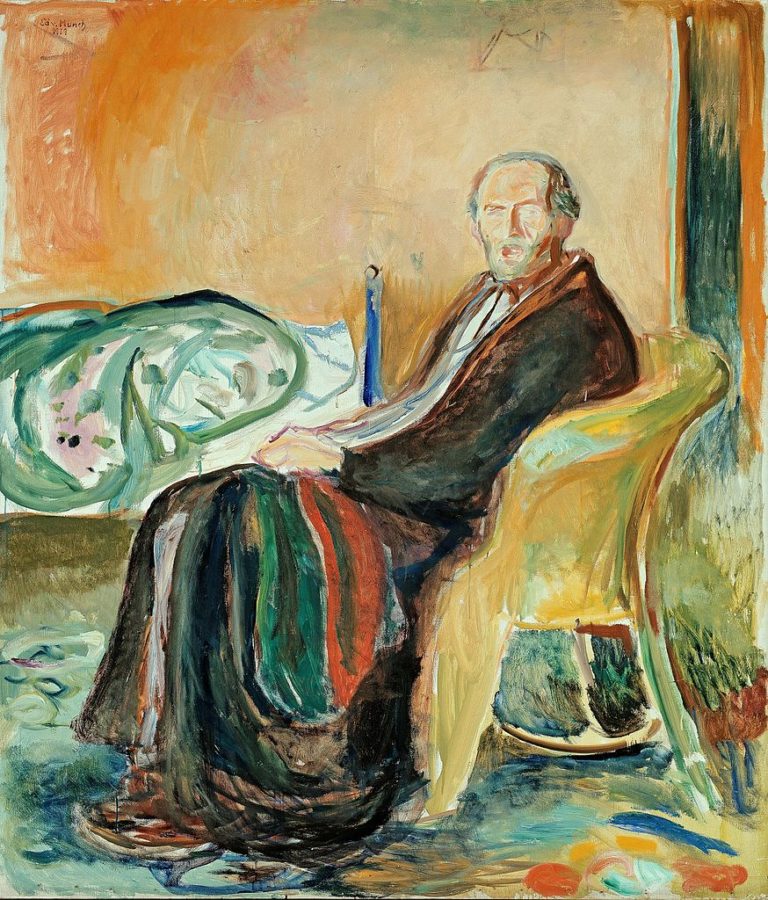
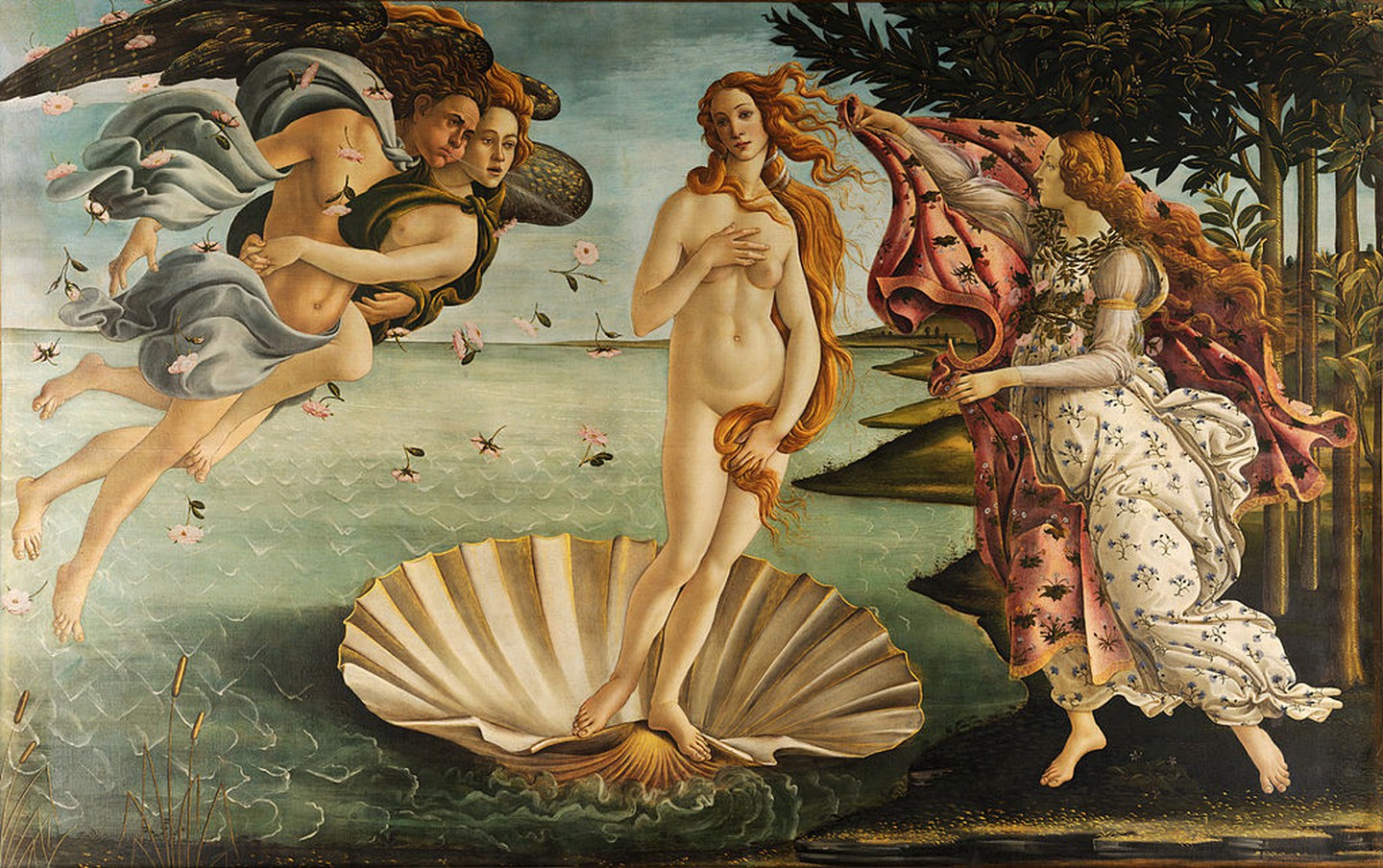
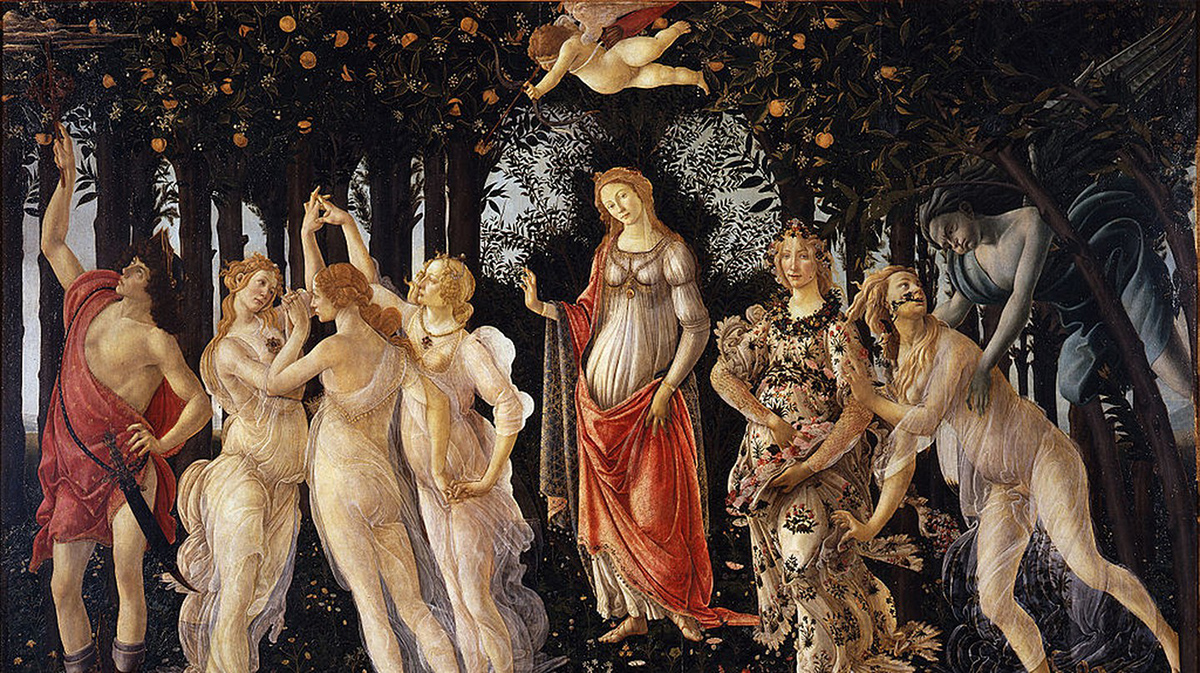
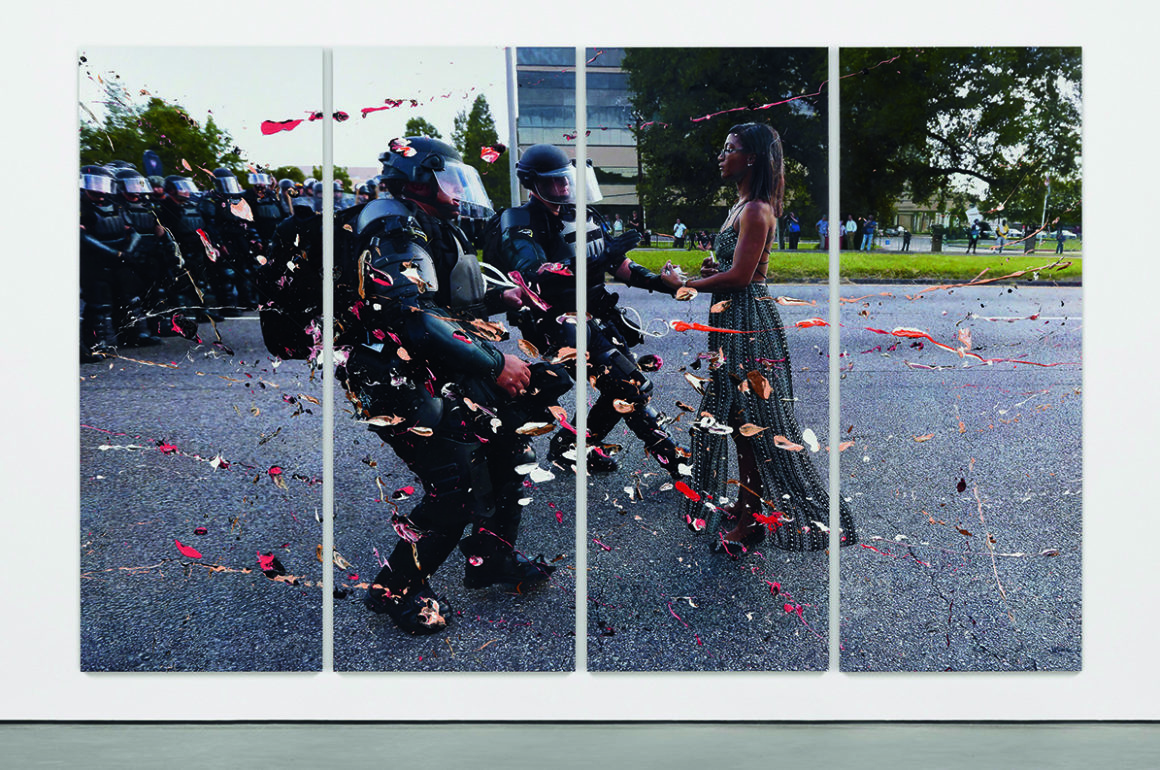

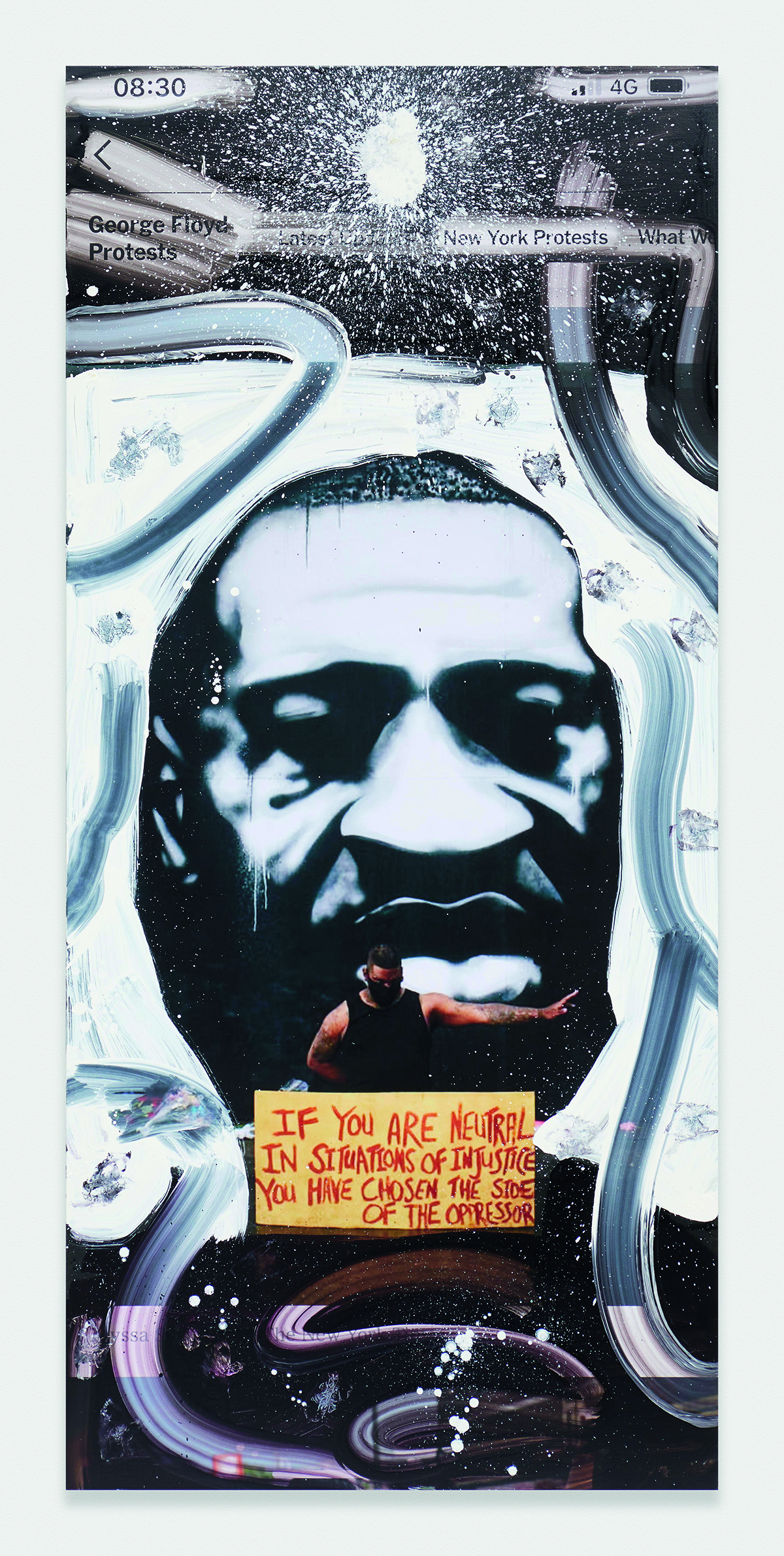


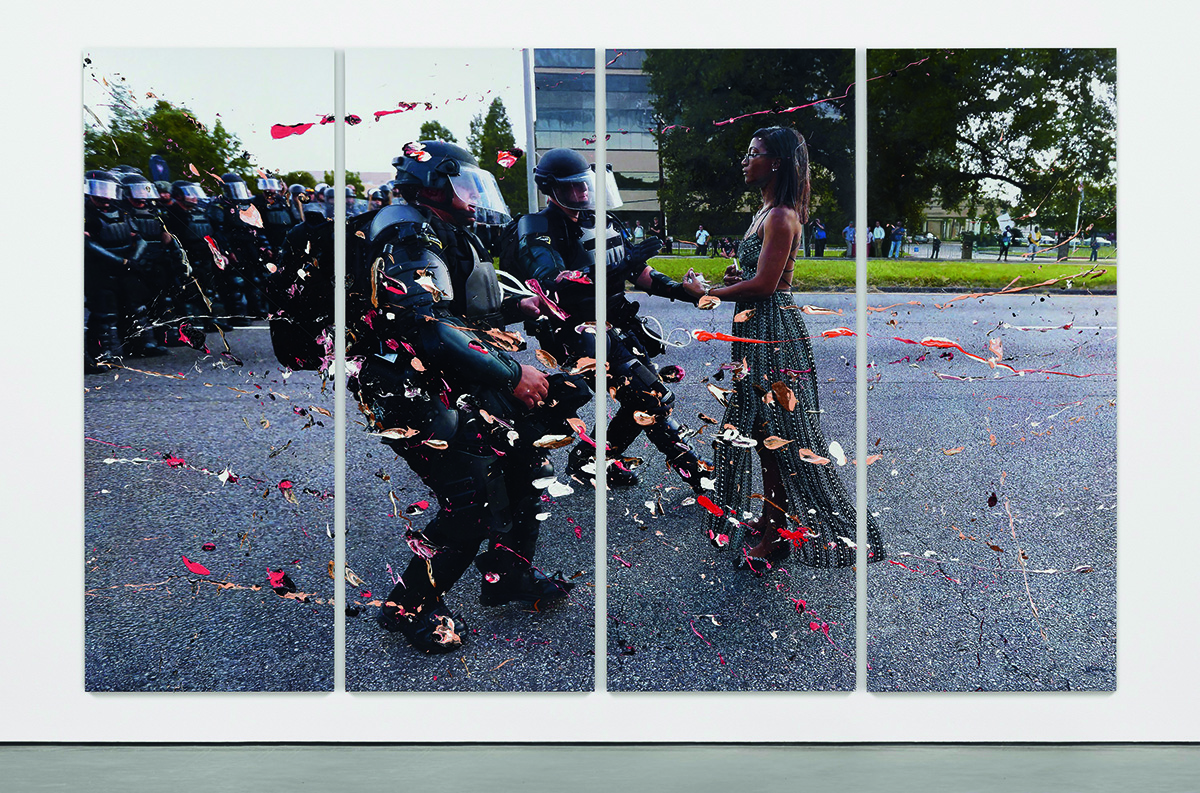
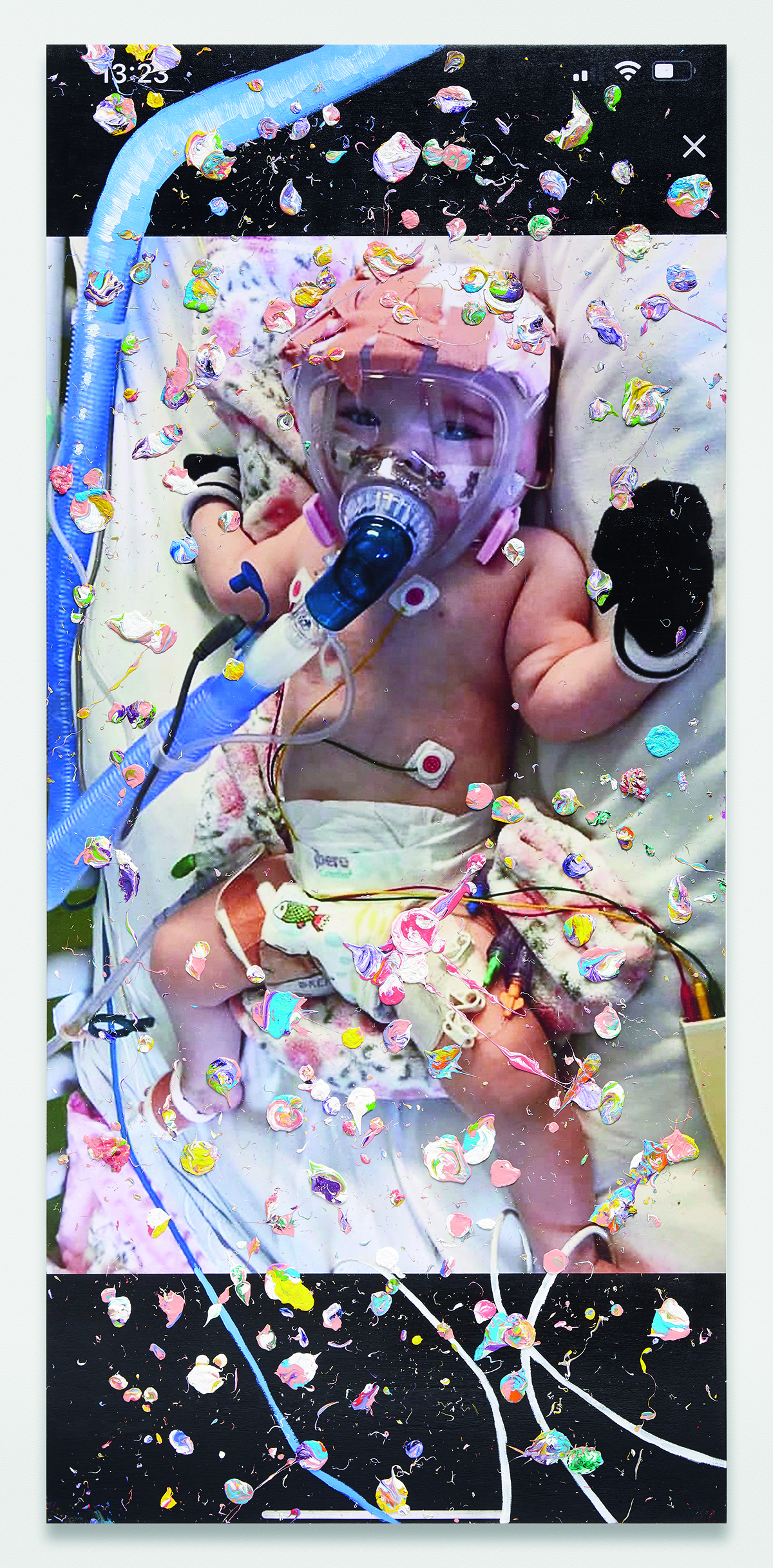
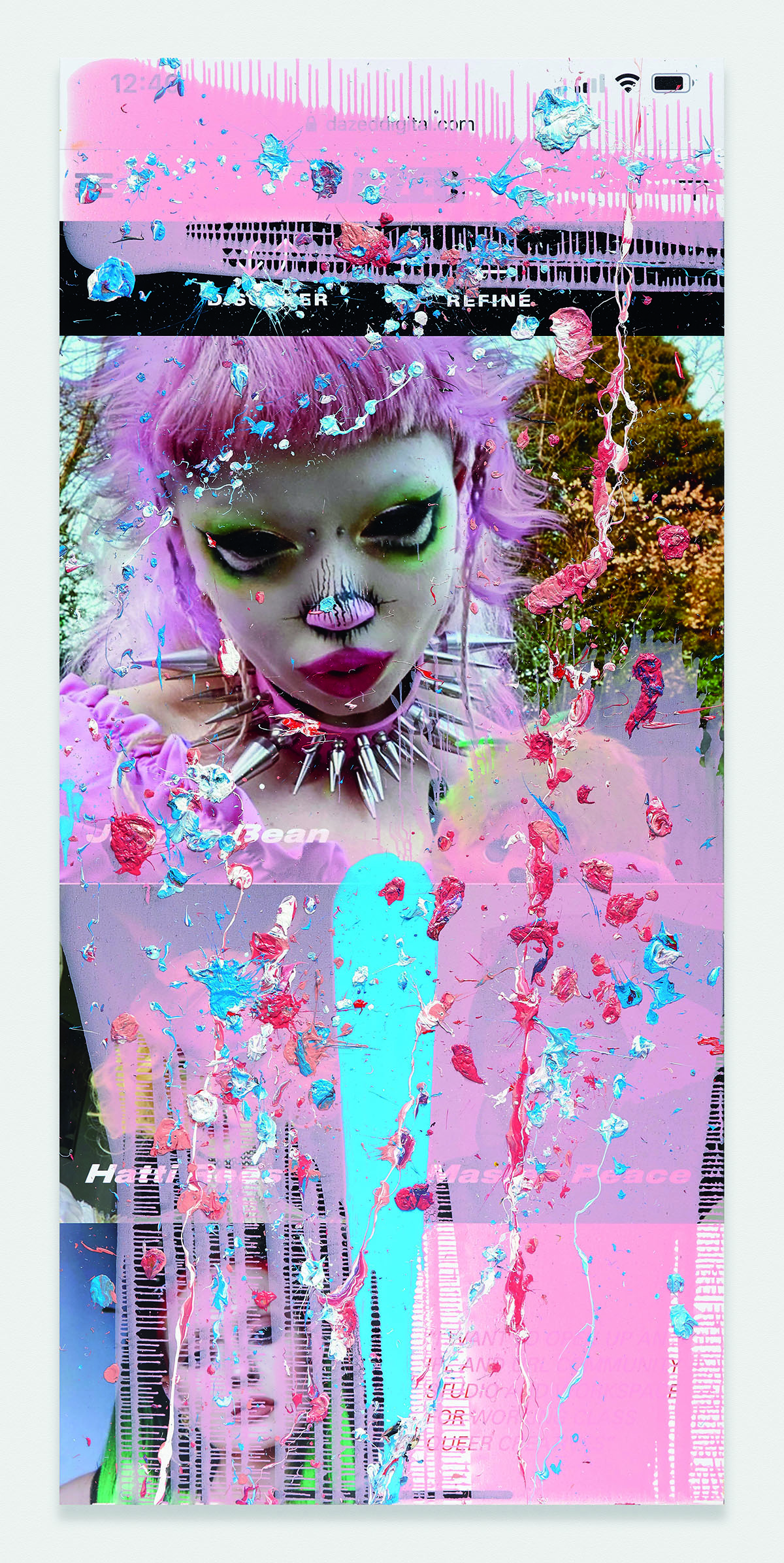
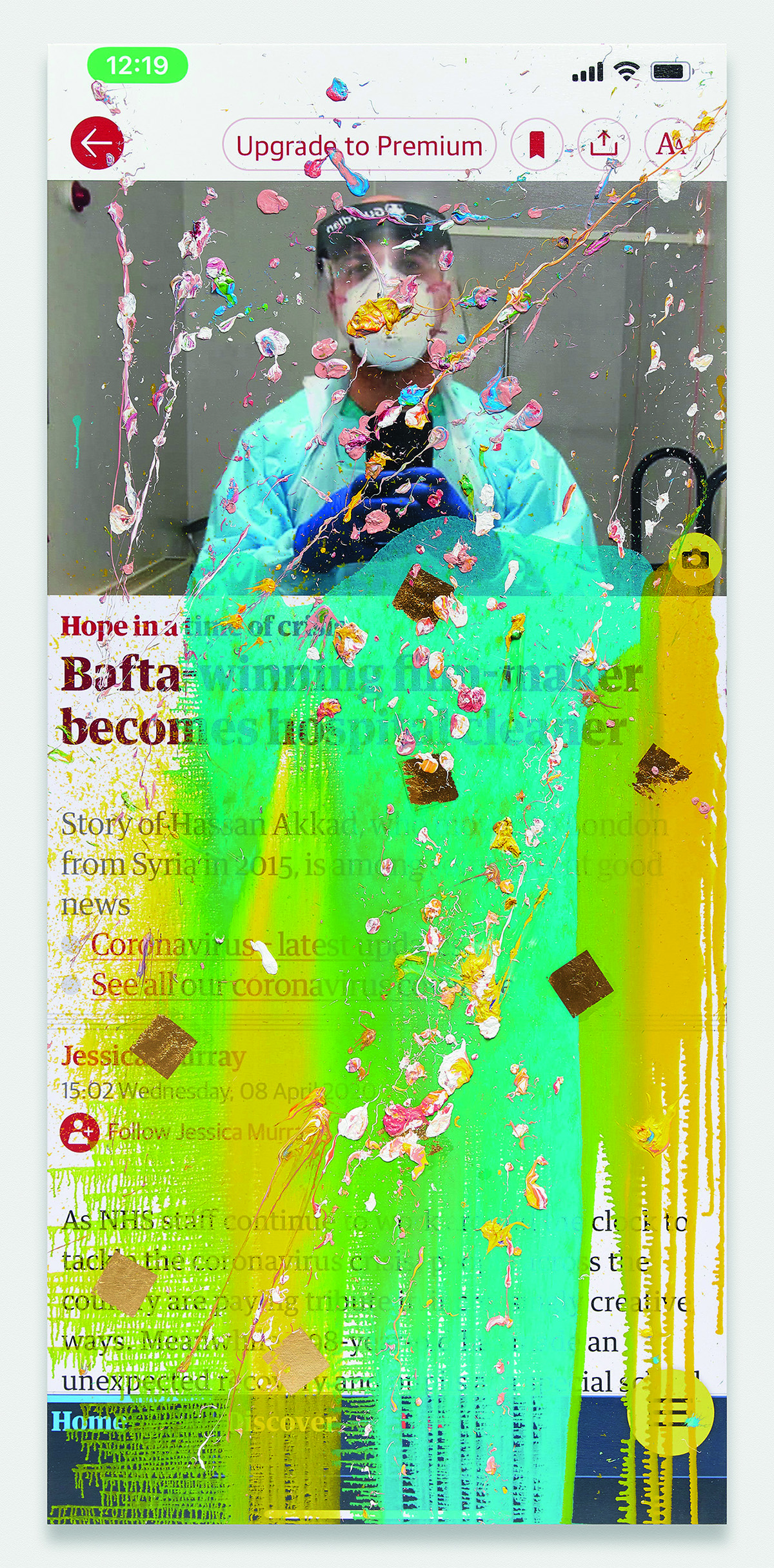
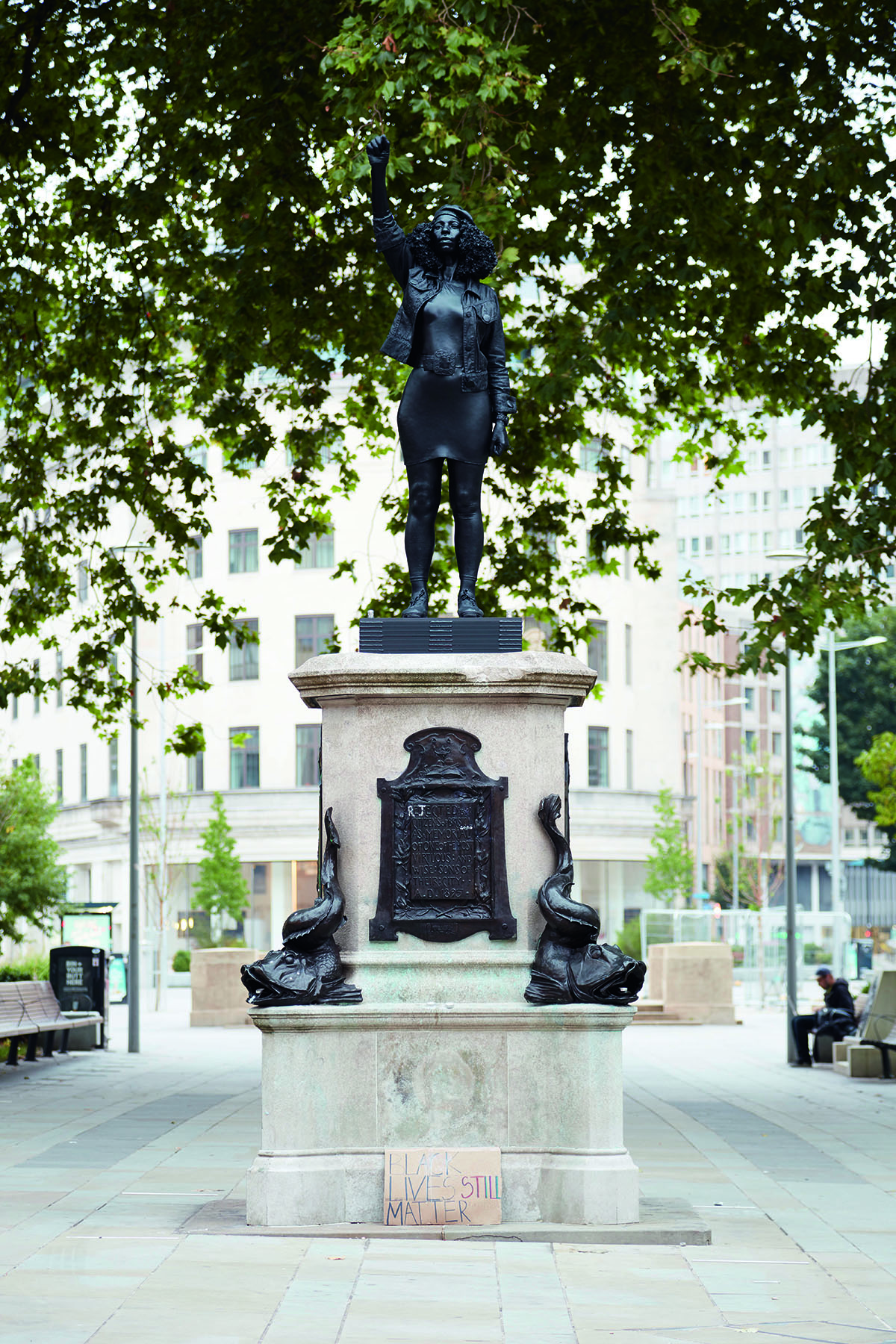
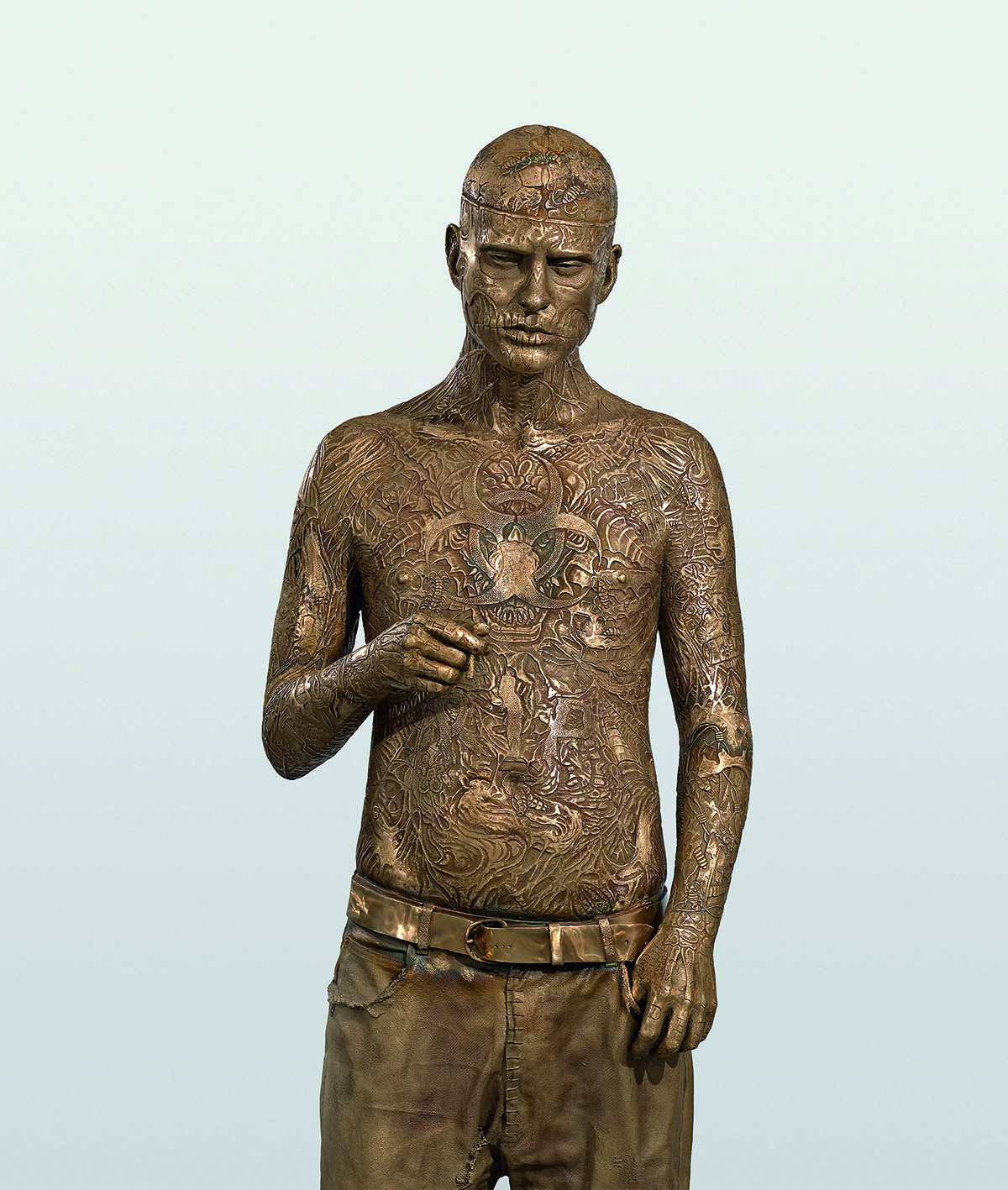


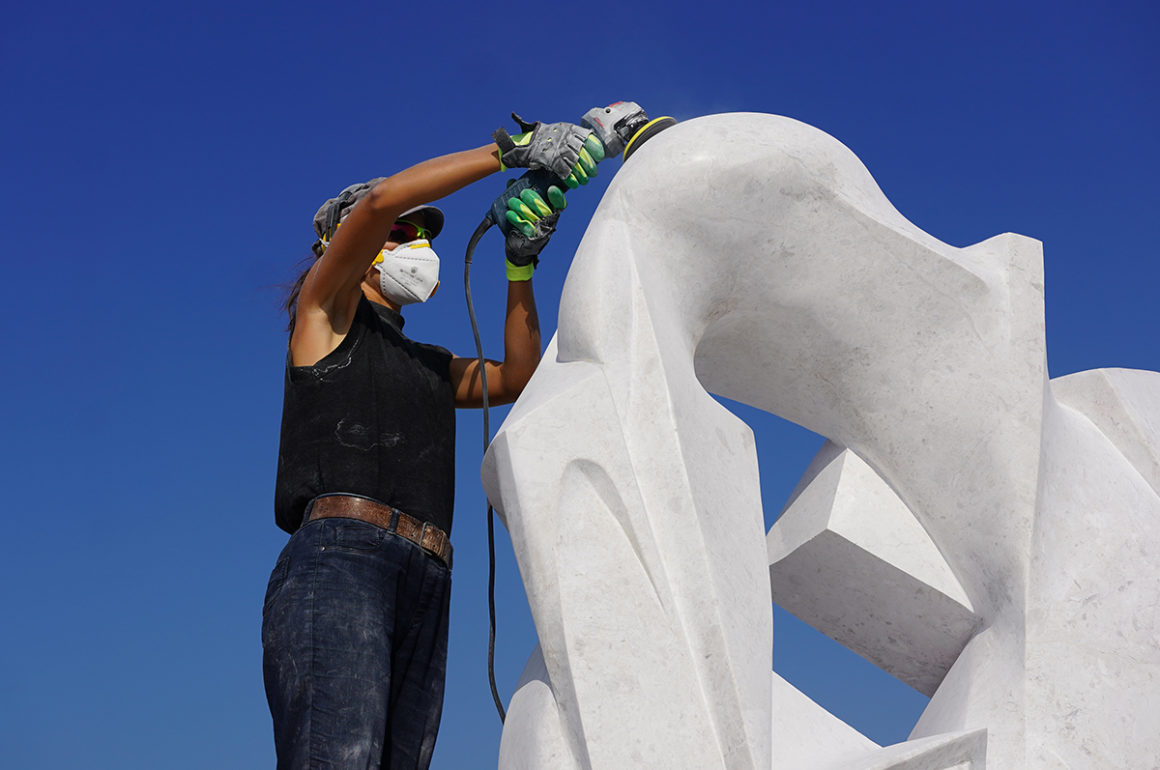
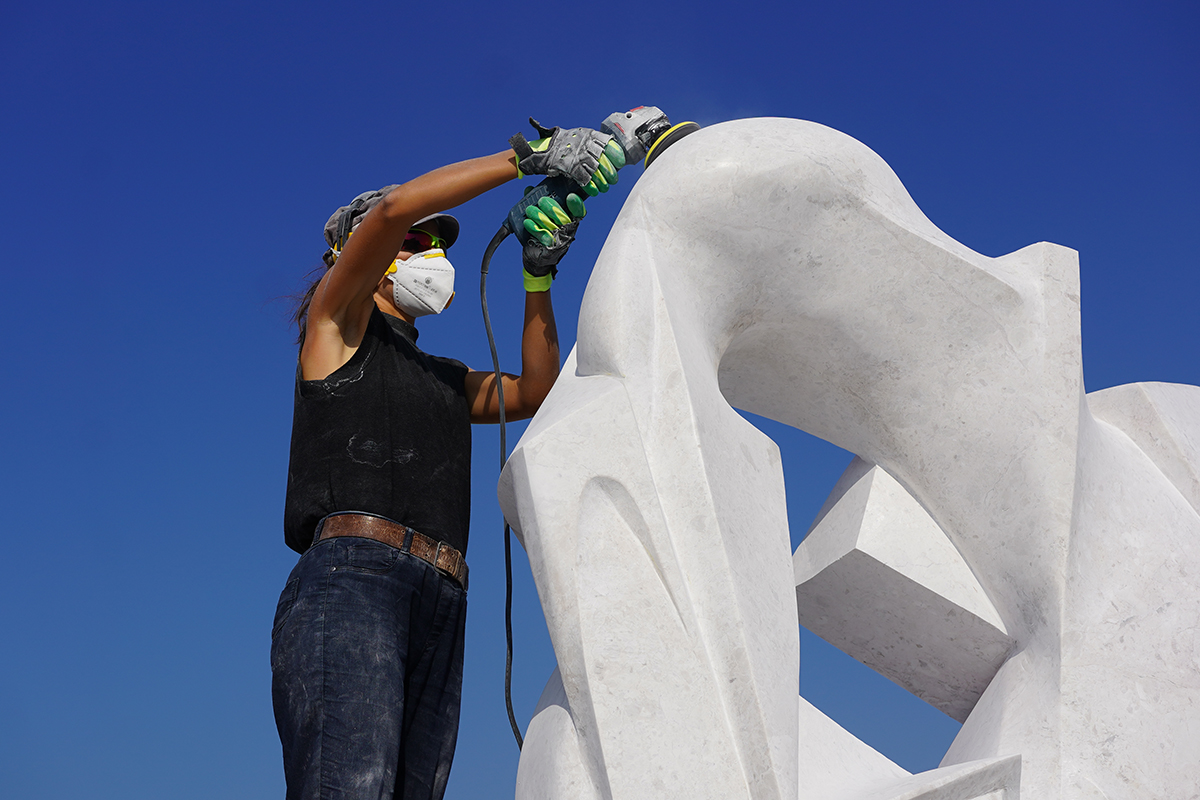


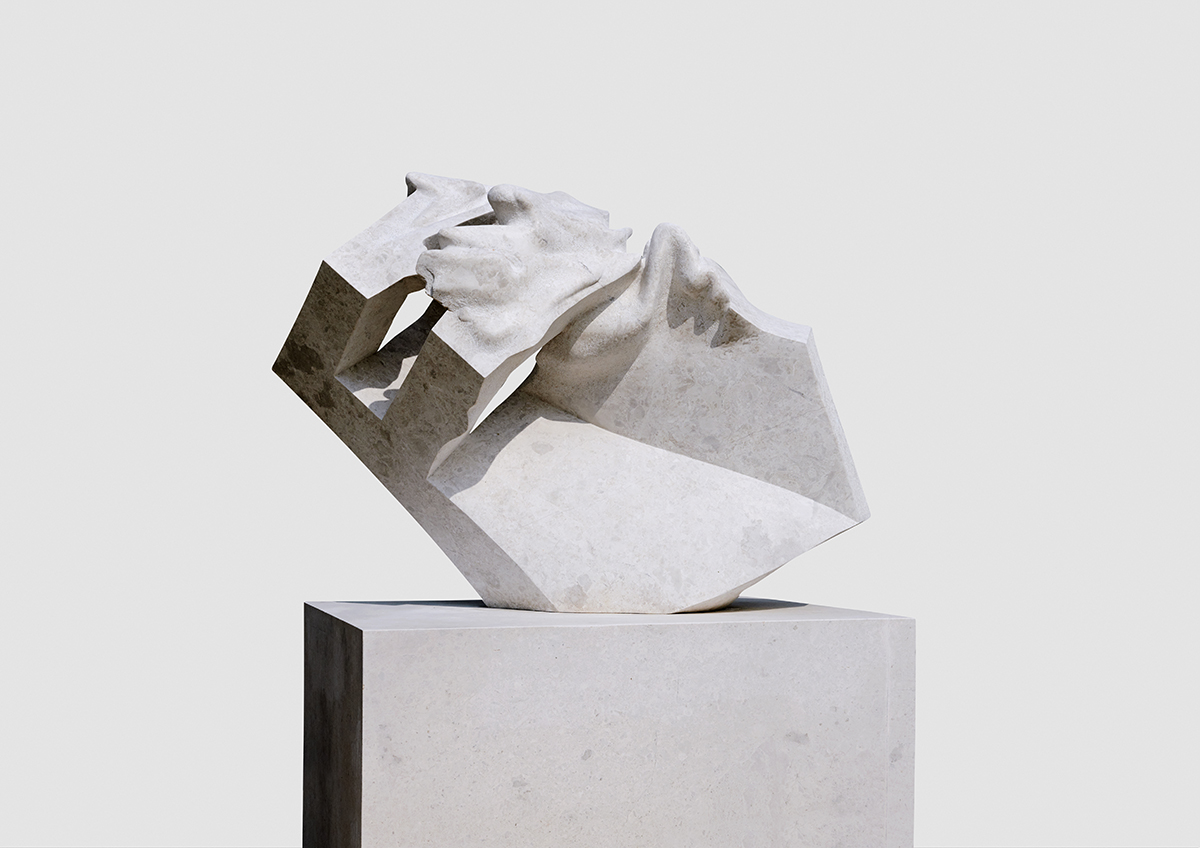


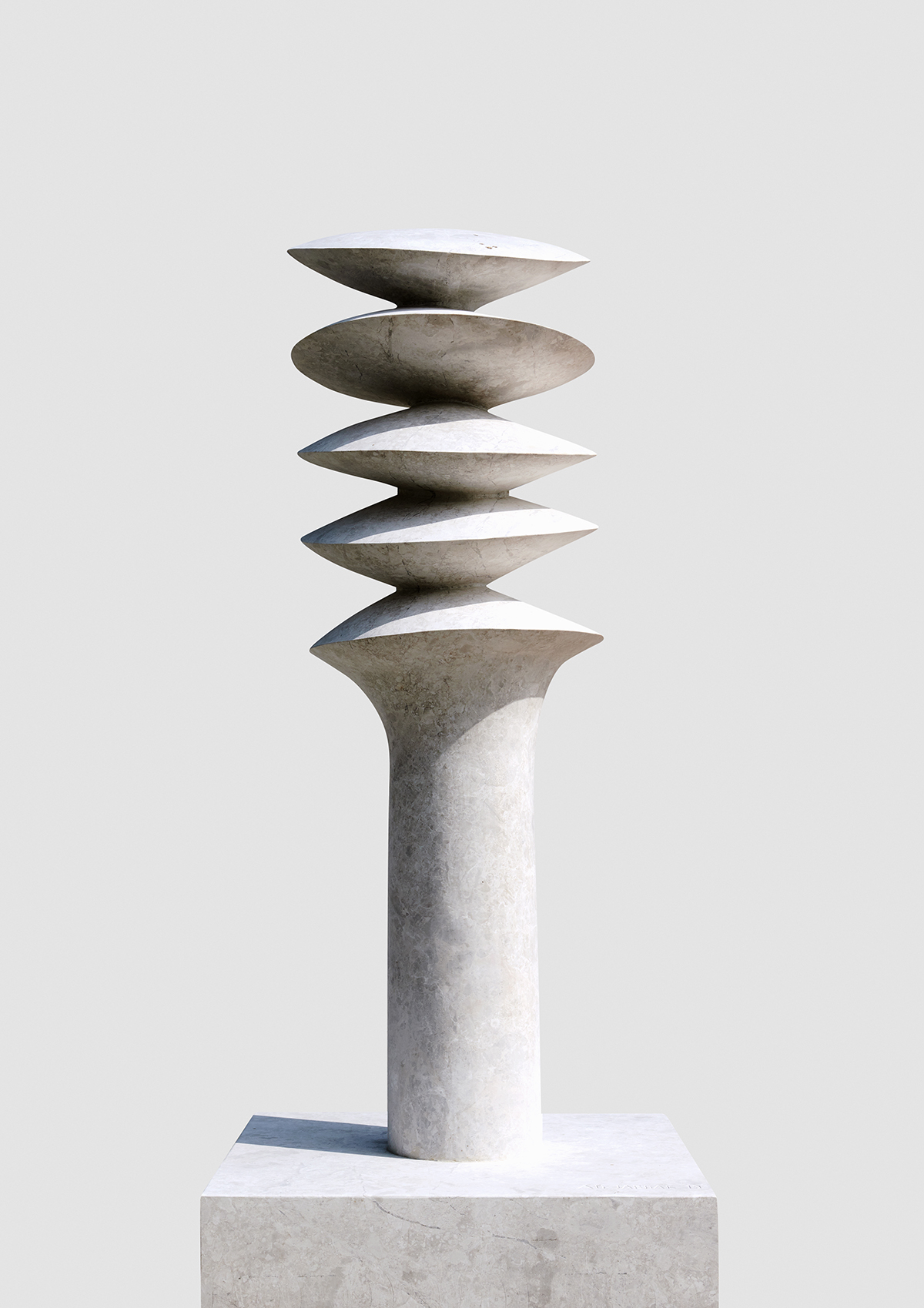

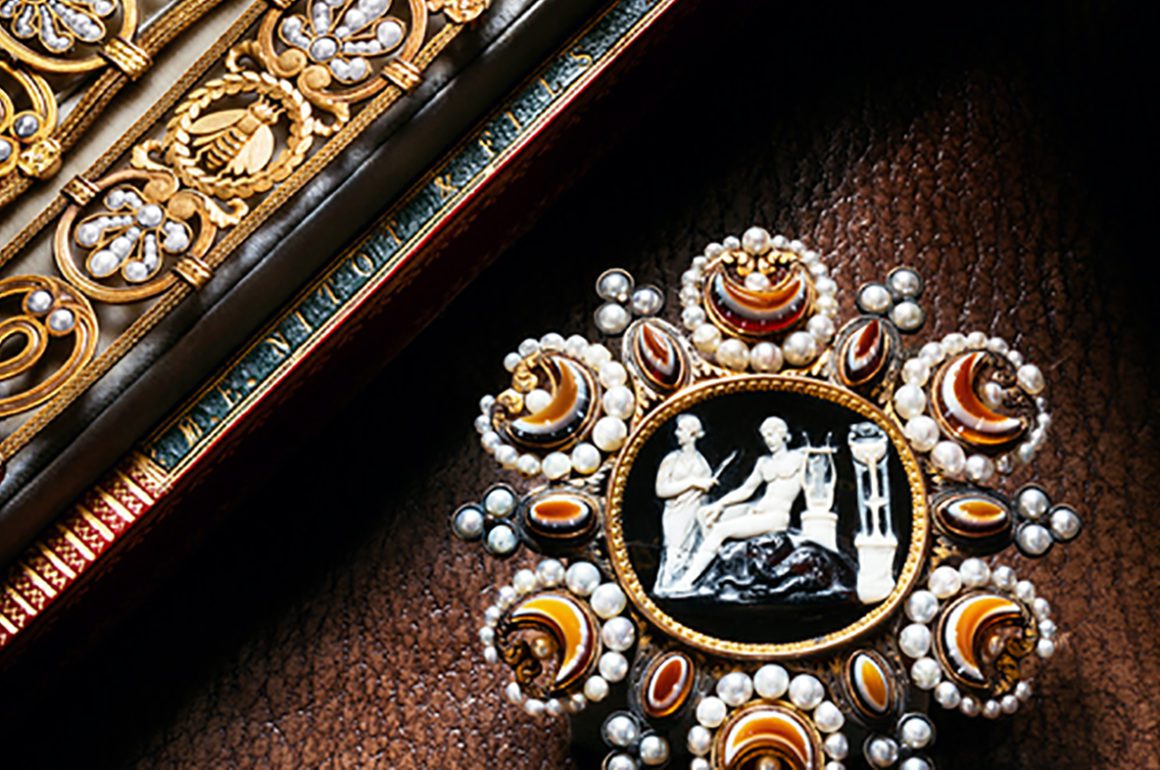

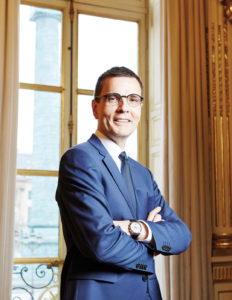
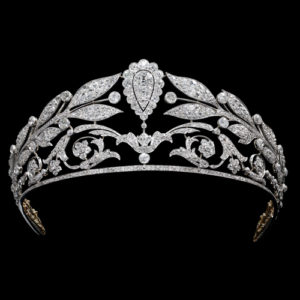

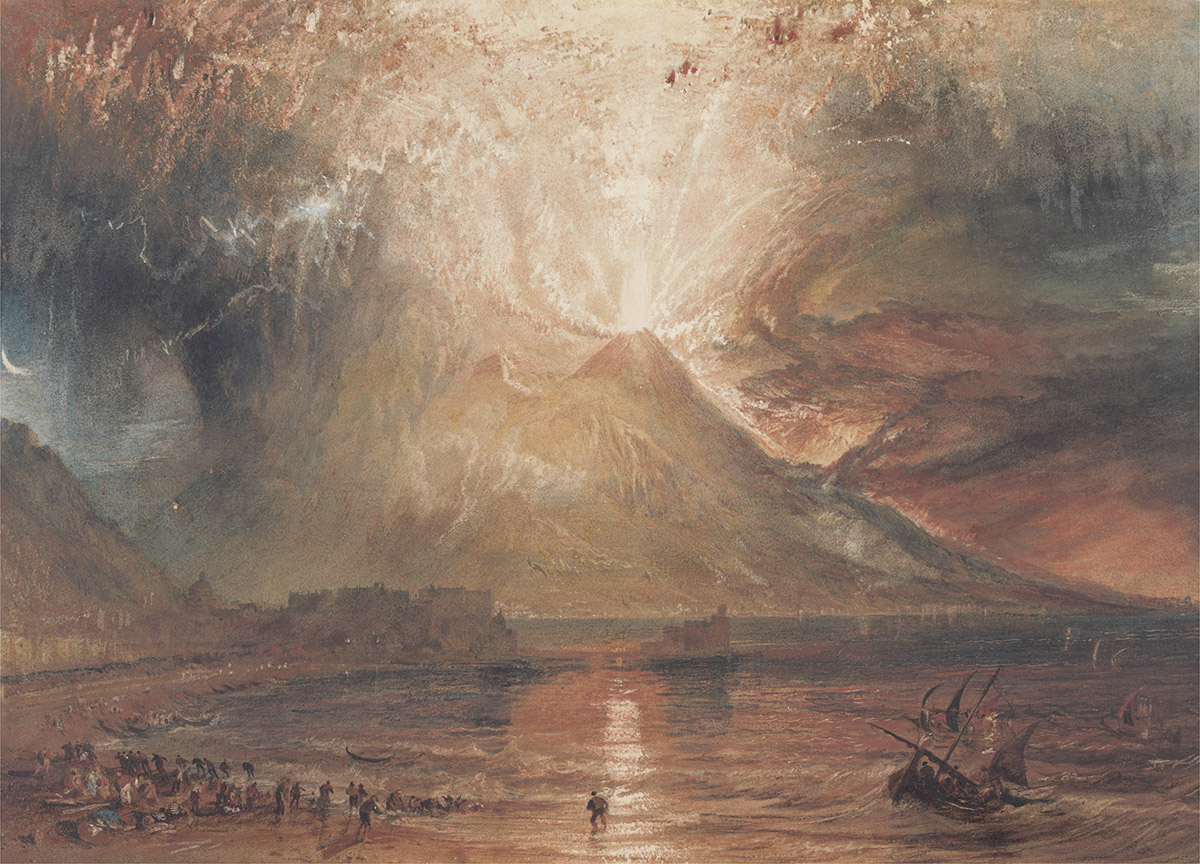
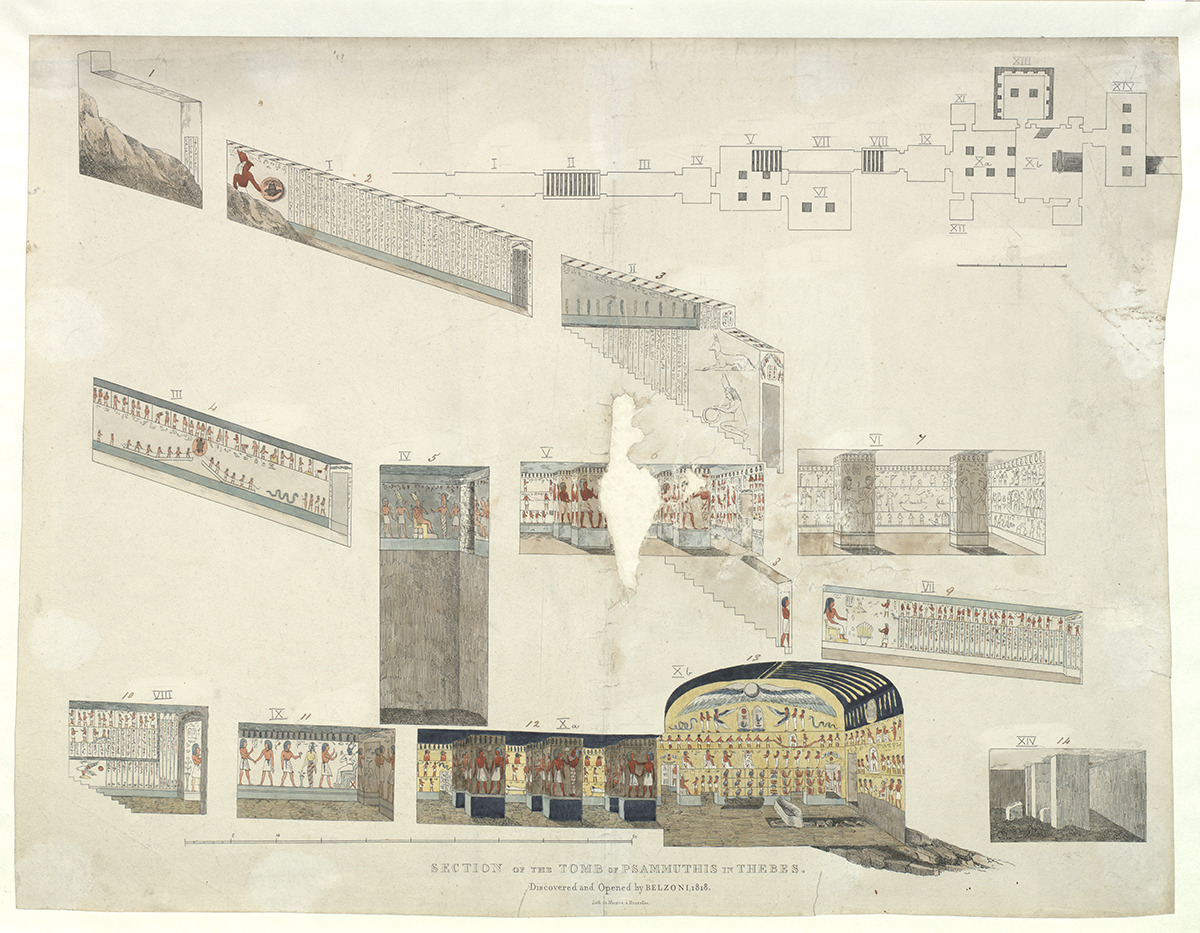
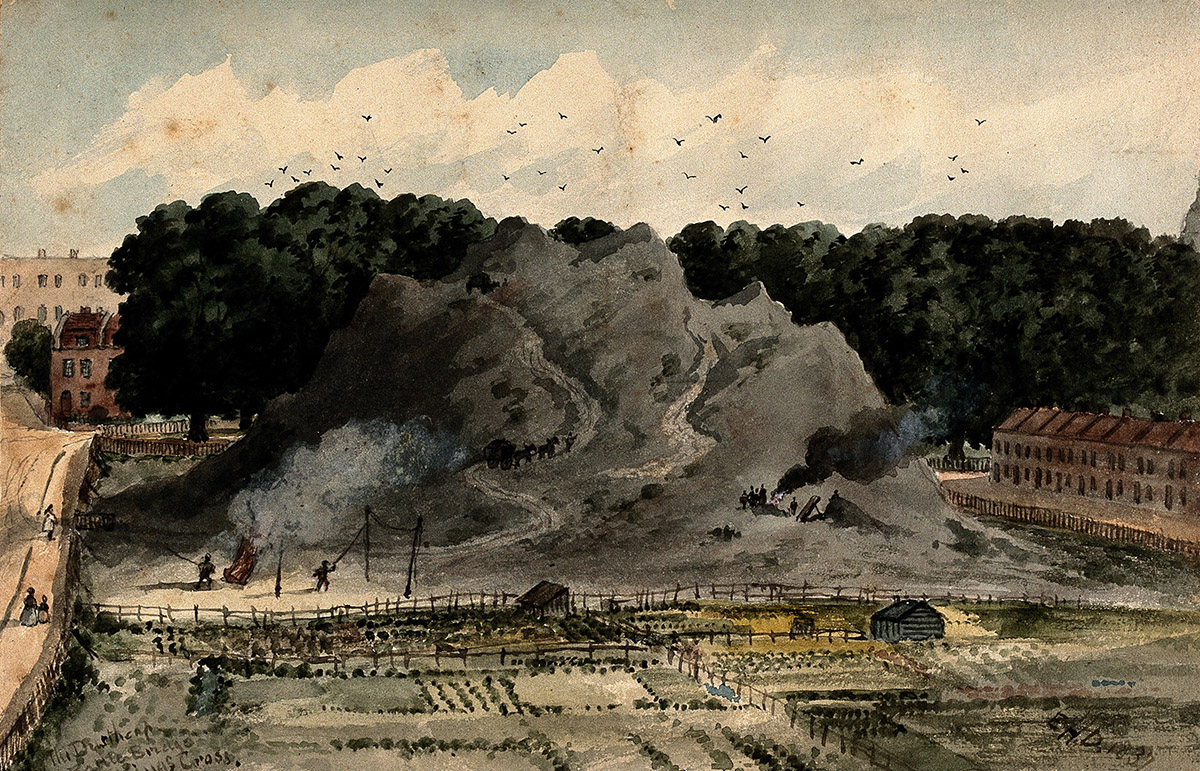
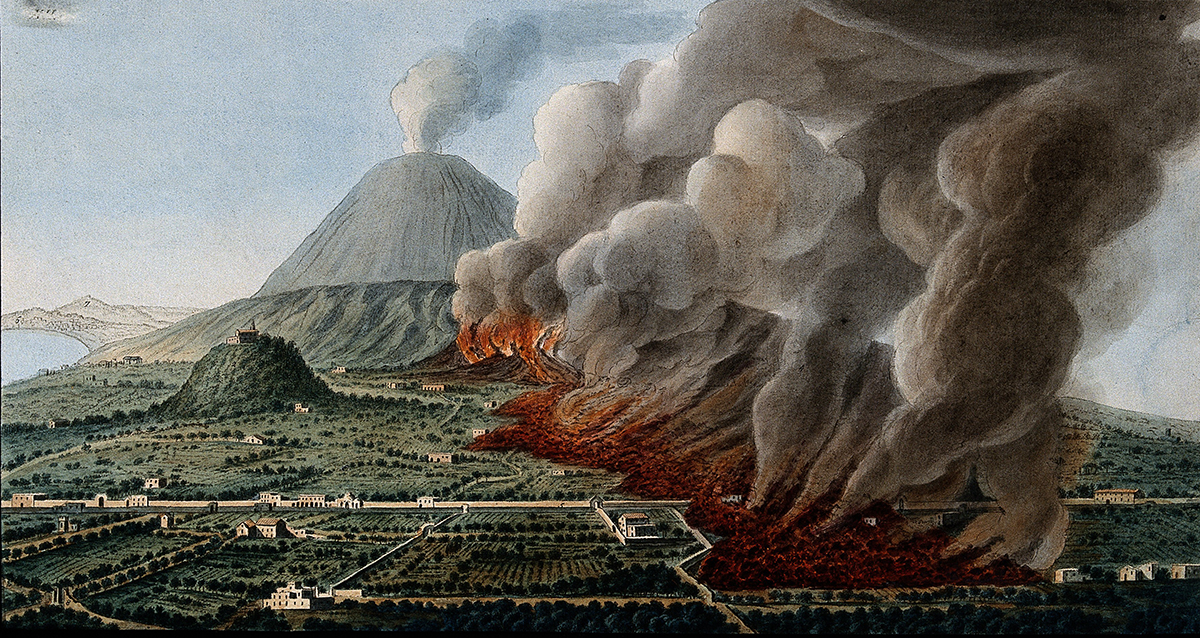
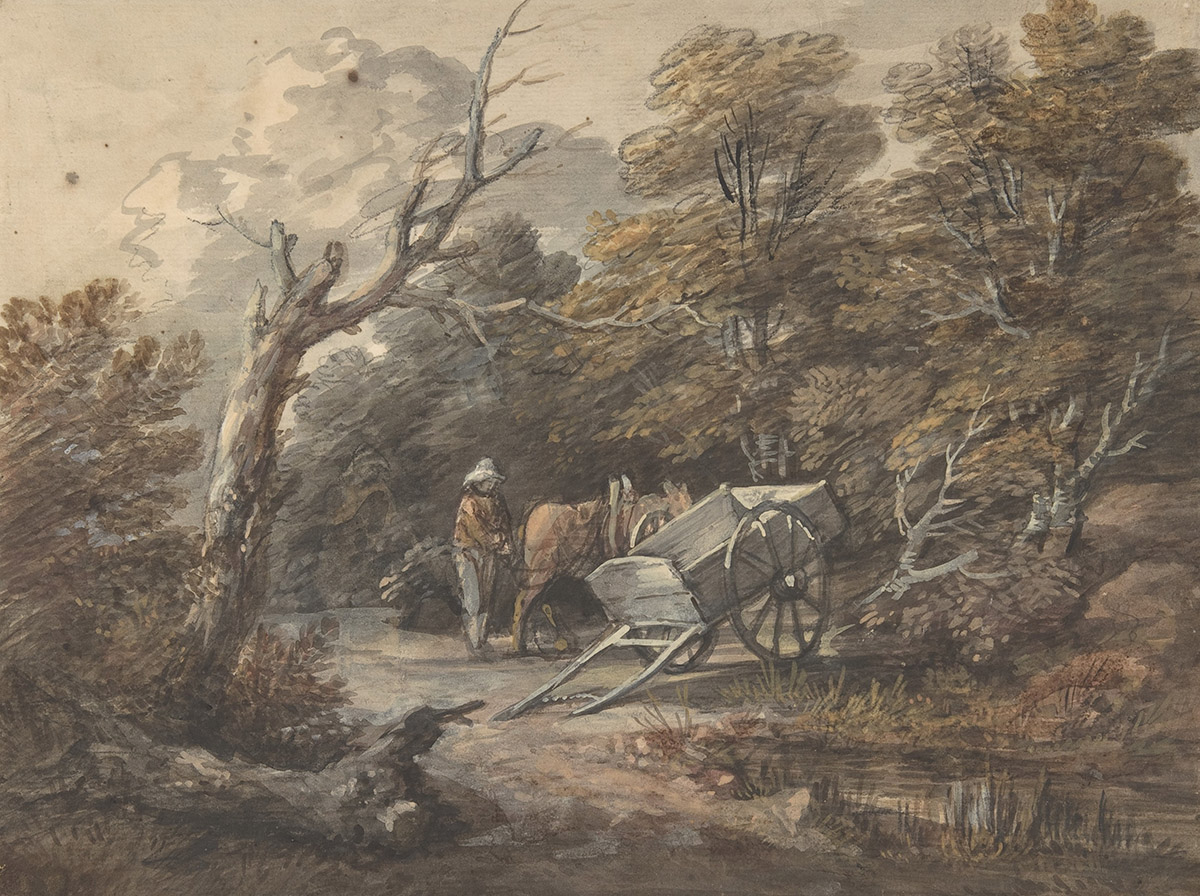
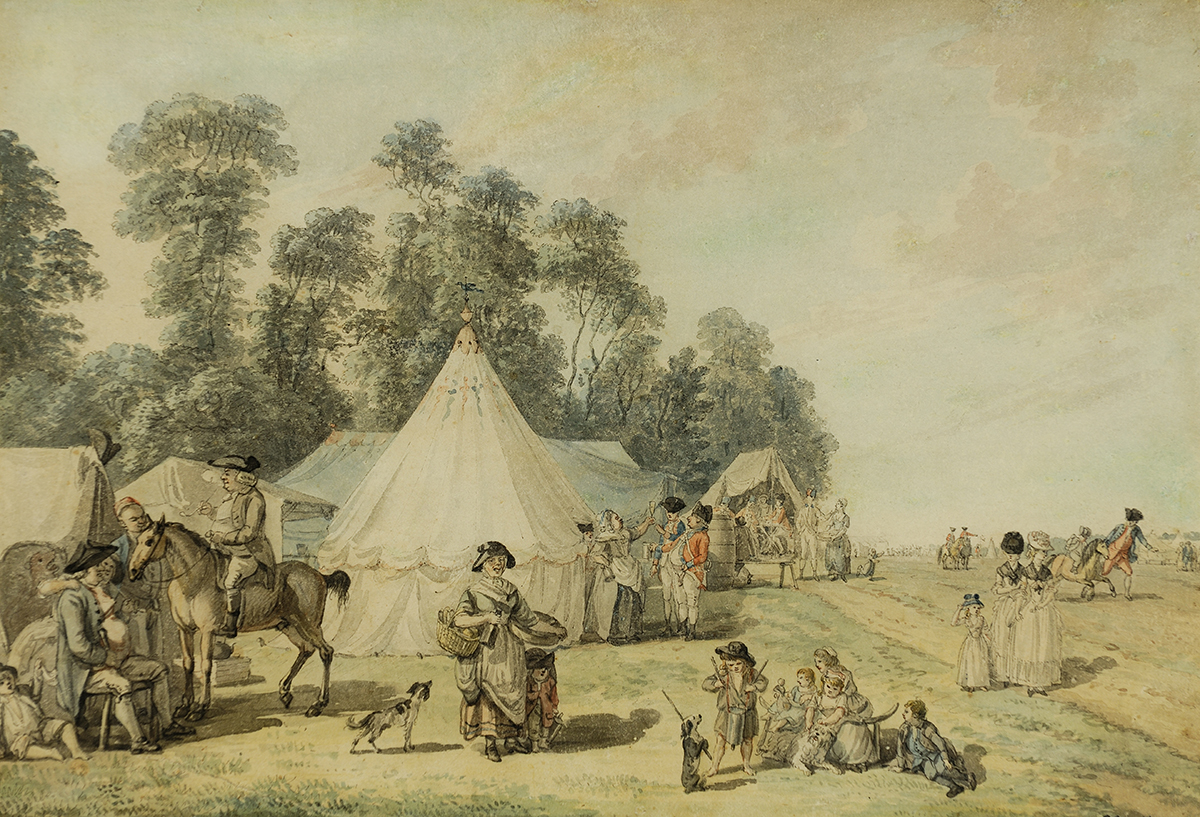
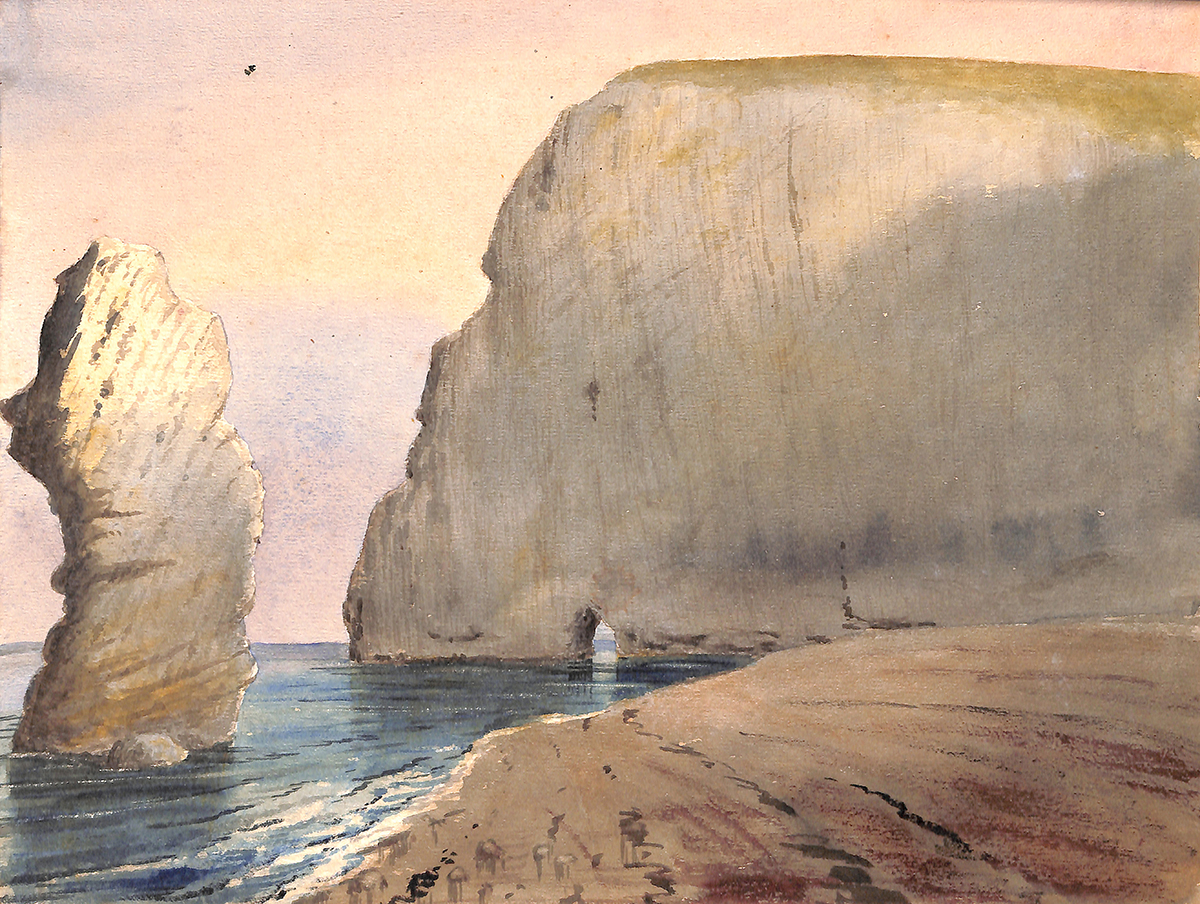
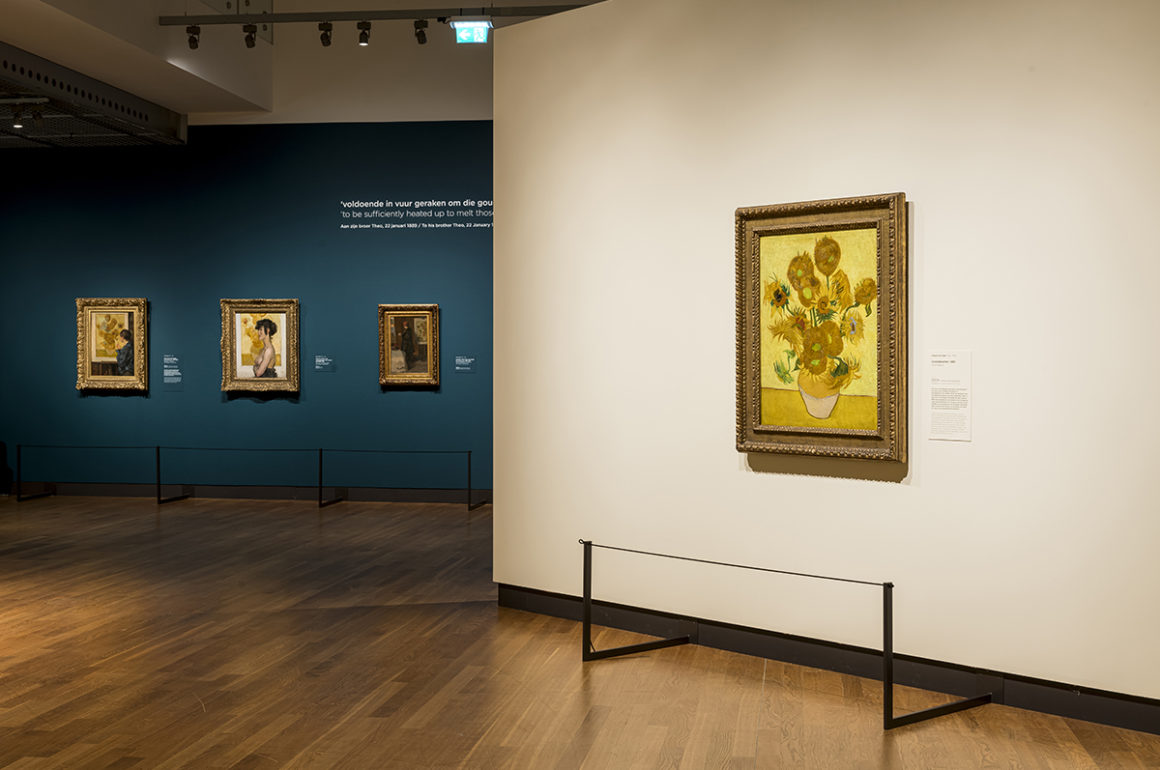
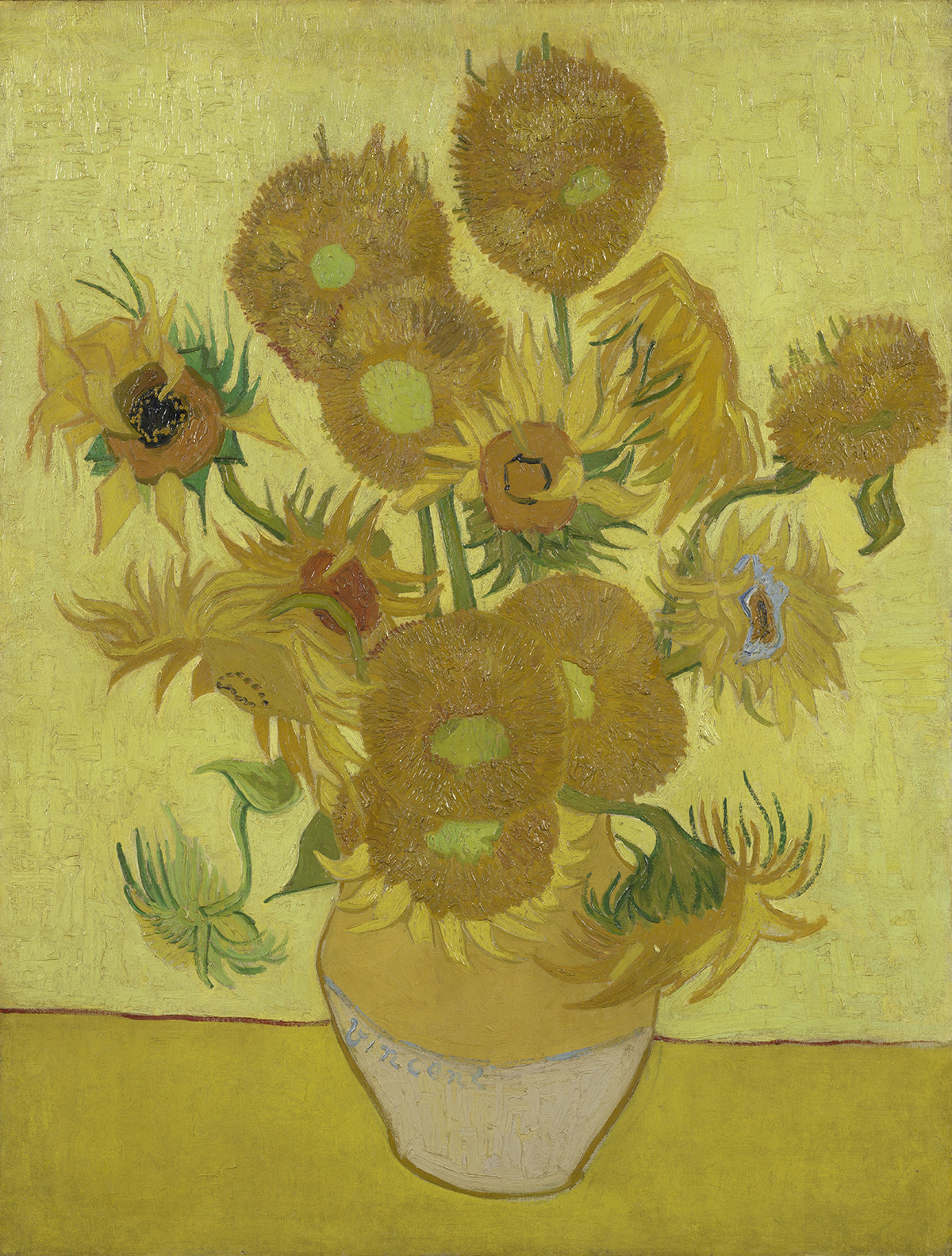
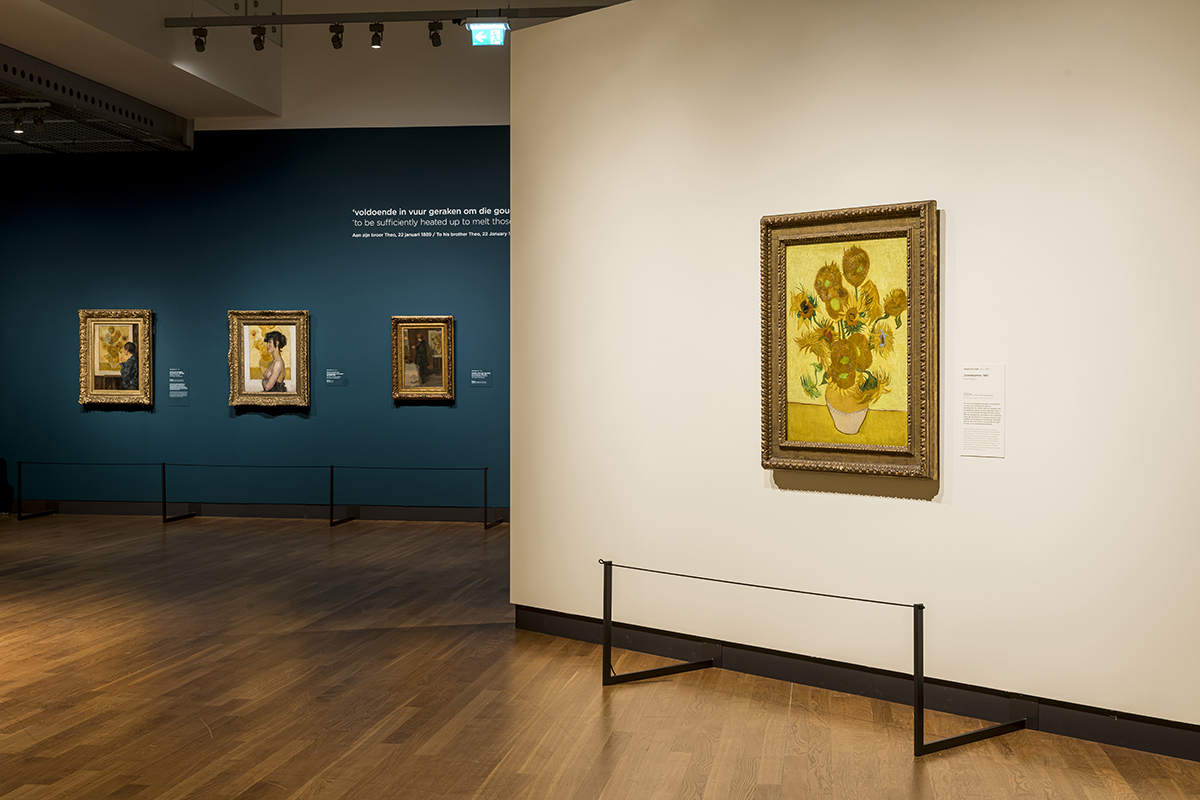
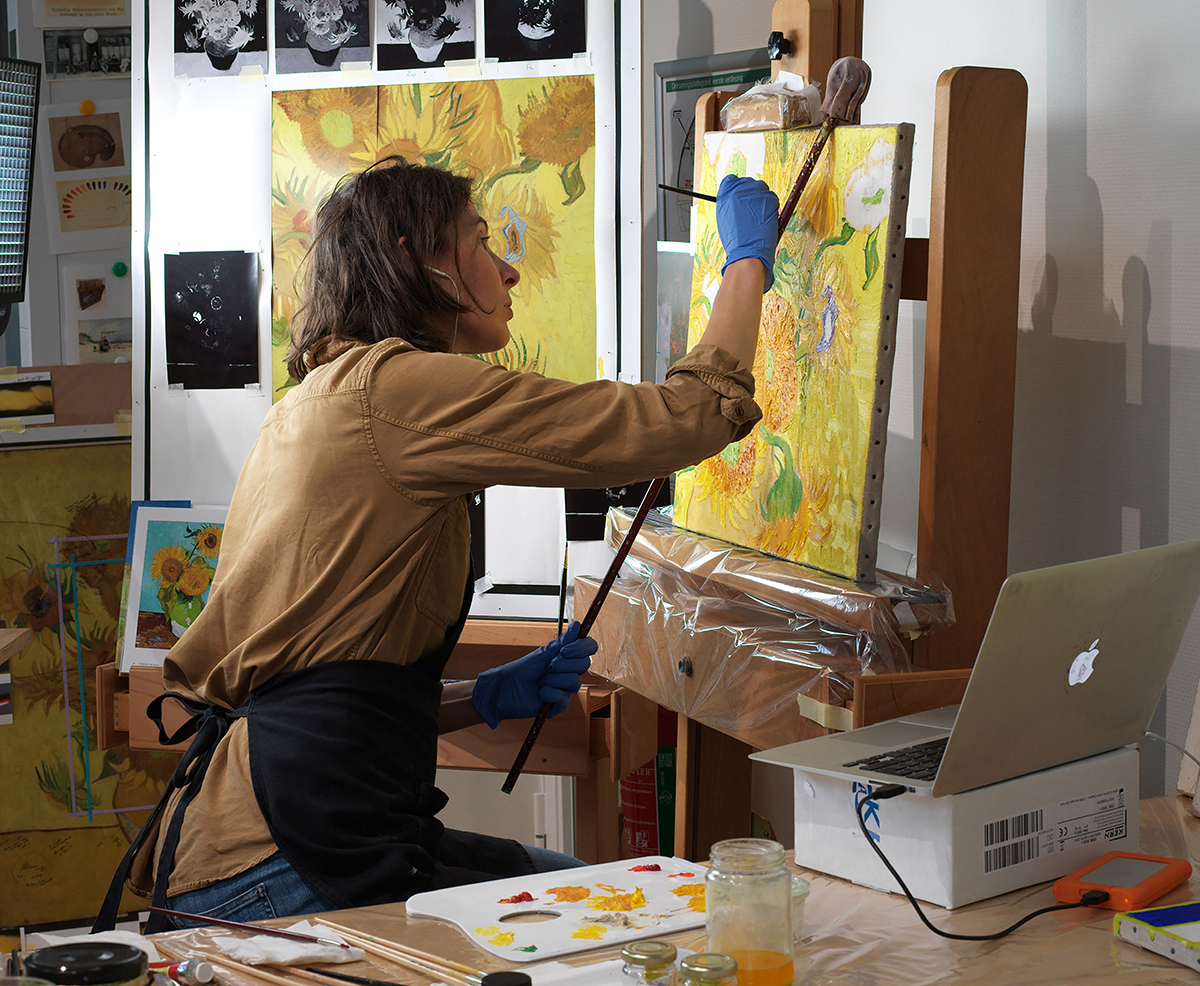
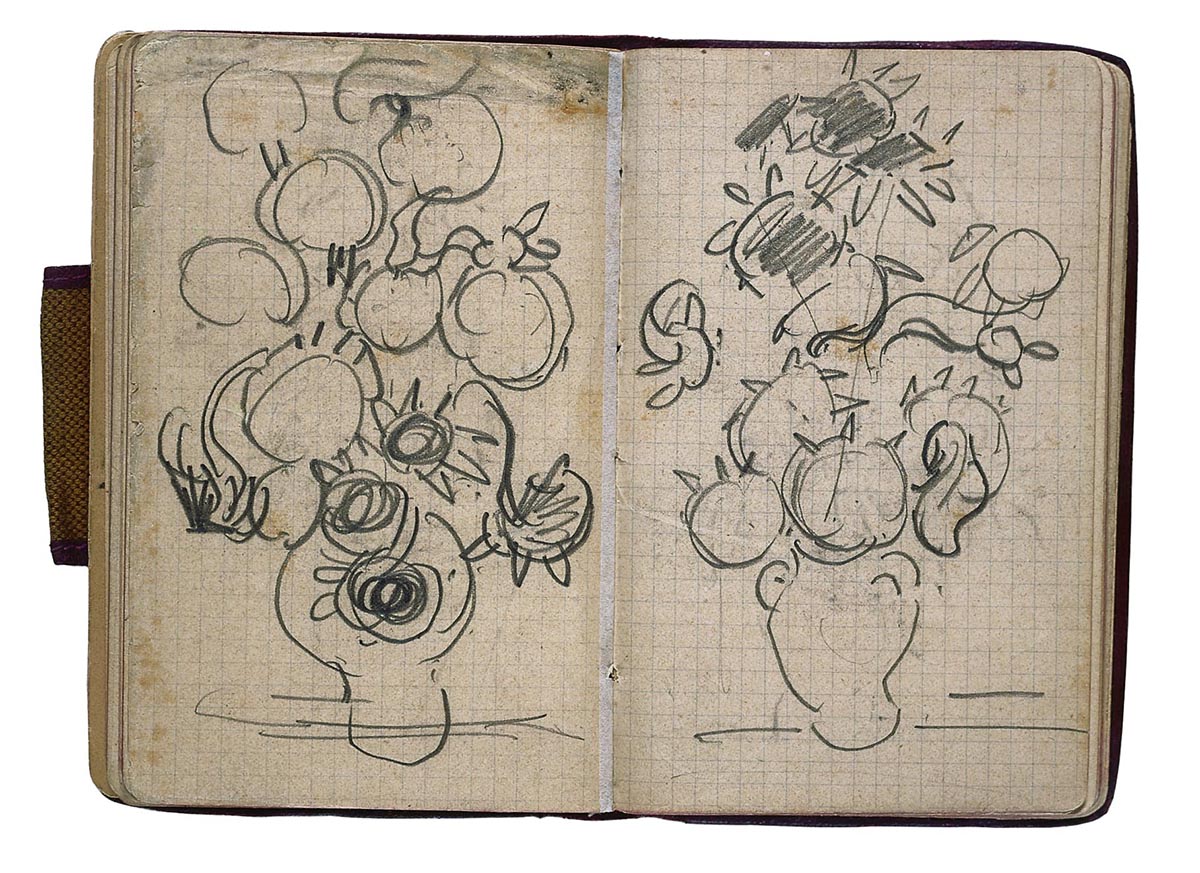
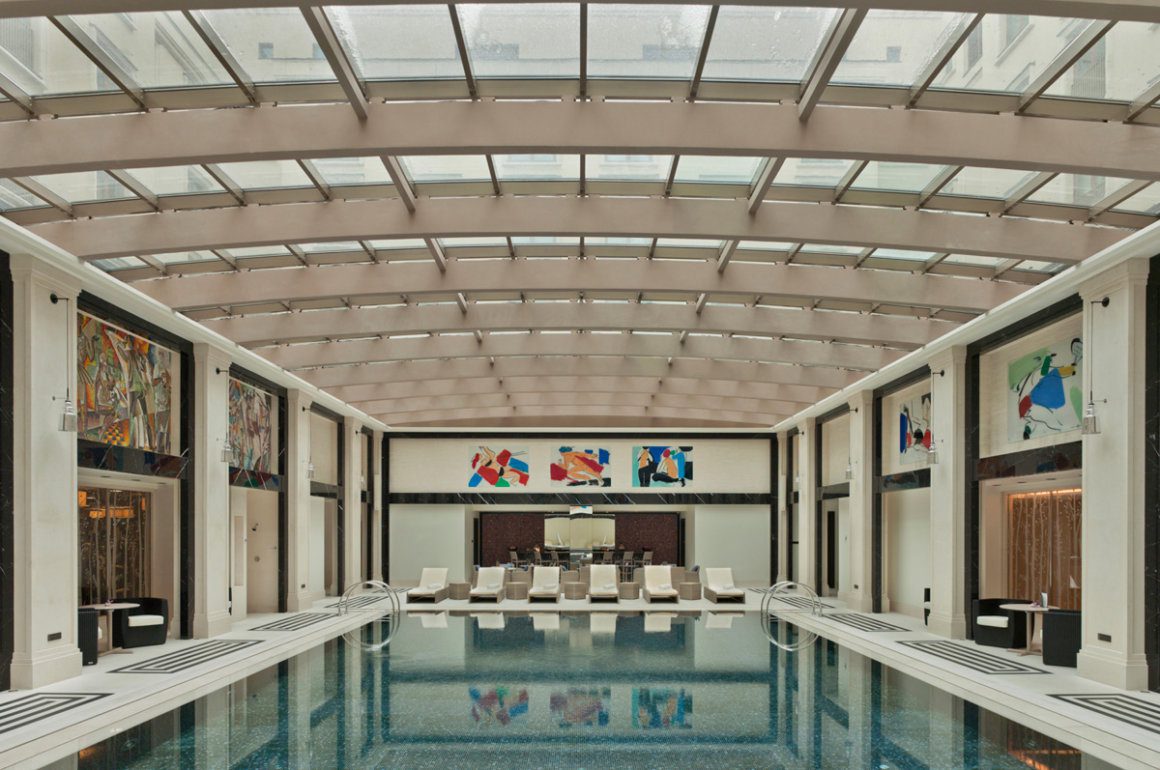














Recent Comments